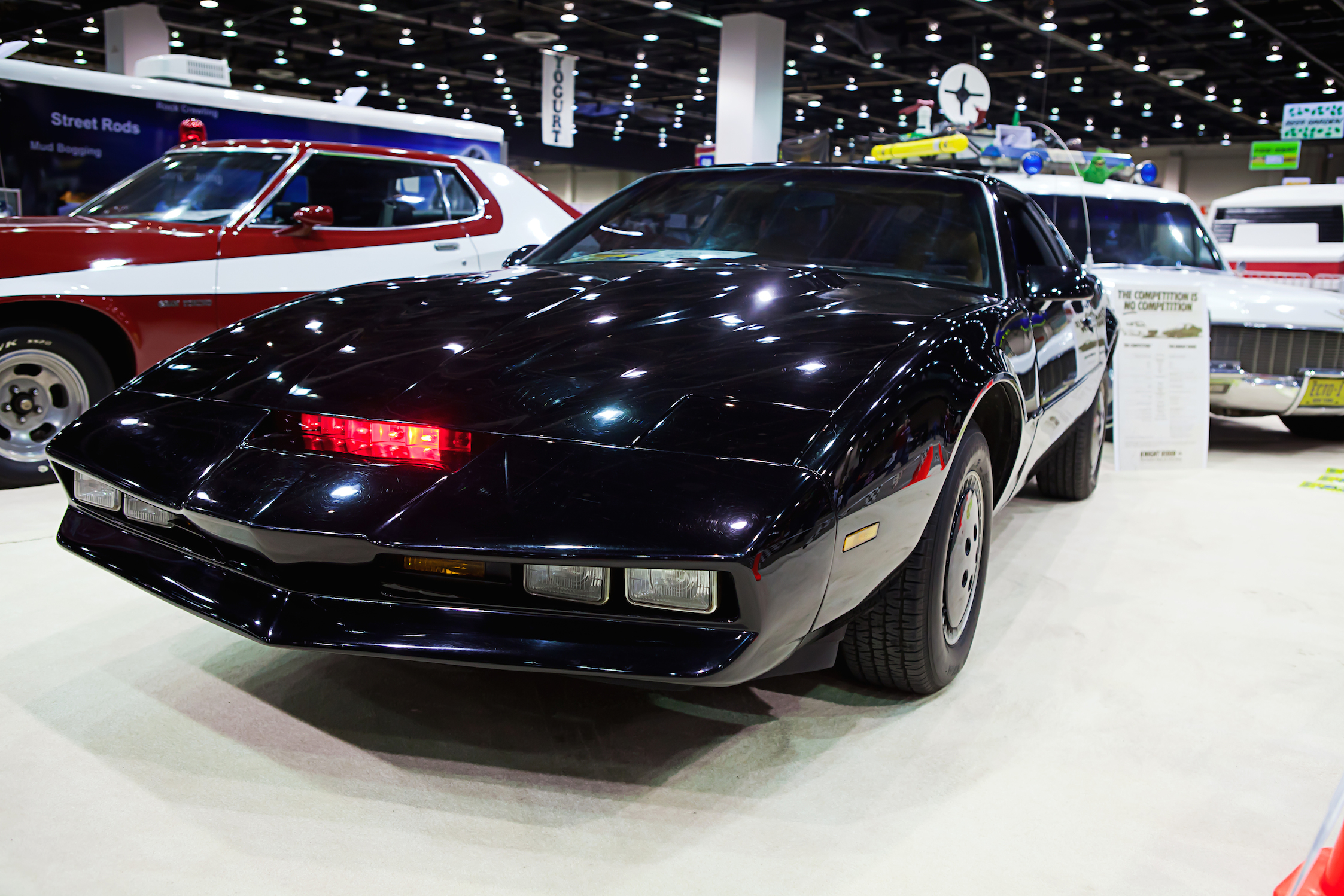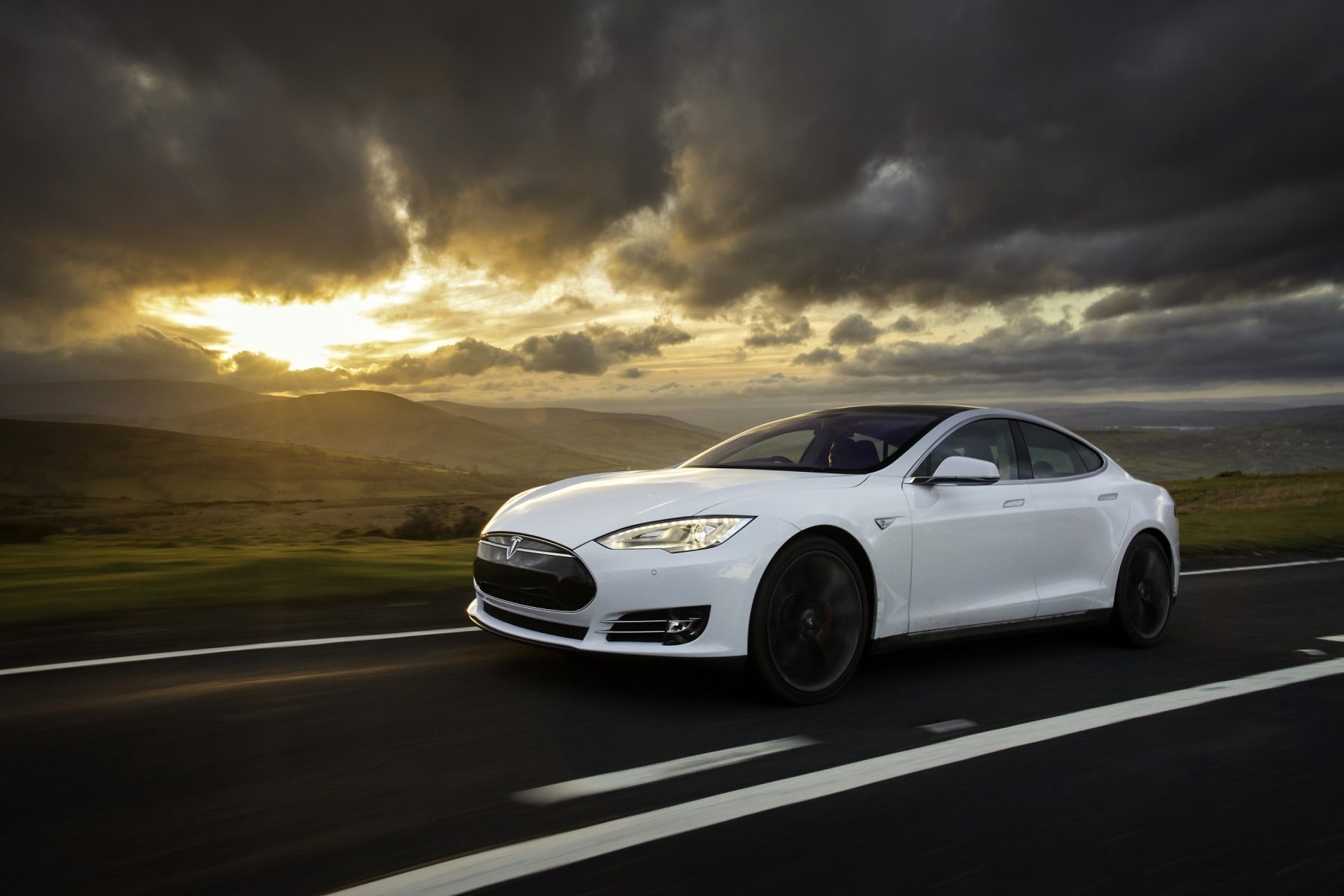What is it?
Volkswagen Group hatchbacks are on something of a refresh trail at the moment, with the VW Polo and Seat Ibiza both recently entering new generations on the MQB A0 platform.
The Skoda Fabia though staggers on without new underpinnings — instead seeing a minor refresh for 2018.
It may be surprising on the face of things that the Czech firm hasn’t gone for a total overhaul, considering the availability of the new platform, but this generation of Fabia has only been around since 2015 — so it’s not exactly outdated just yet. Can a bit of nip and tuck justify be justified, though?
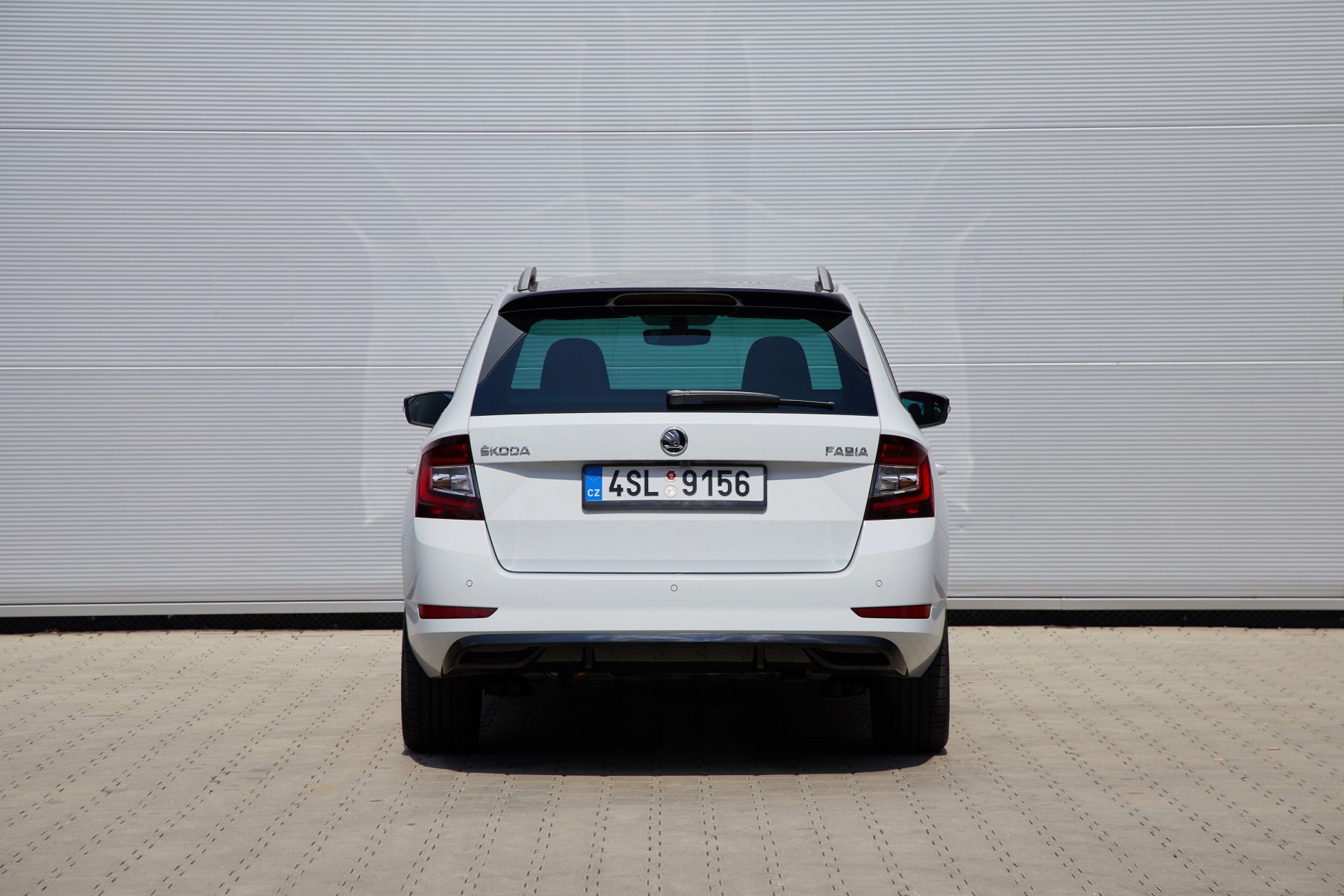
What’s new?
As far as facelifts go, the new Skoda Fabia pretty much meets the definition — minor changes to an already existing model.
Don’t expect a revolution here, but that’s not to say there hasn’t been some notable changes. A tweaked look comes thanks to new headlights, a larger grille and a fettled bumper, with LED daytime running lights now a standard feature.
New dashboard trims bring a new lease of life to the cabin, while more assistance tech makes this the safest Fabia to date. As for engines, there’s been little in the way of change — although the line-up now consists exclusively of petrol units, with three set to be offered in the UK.
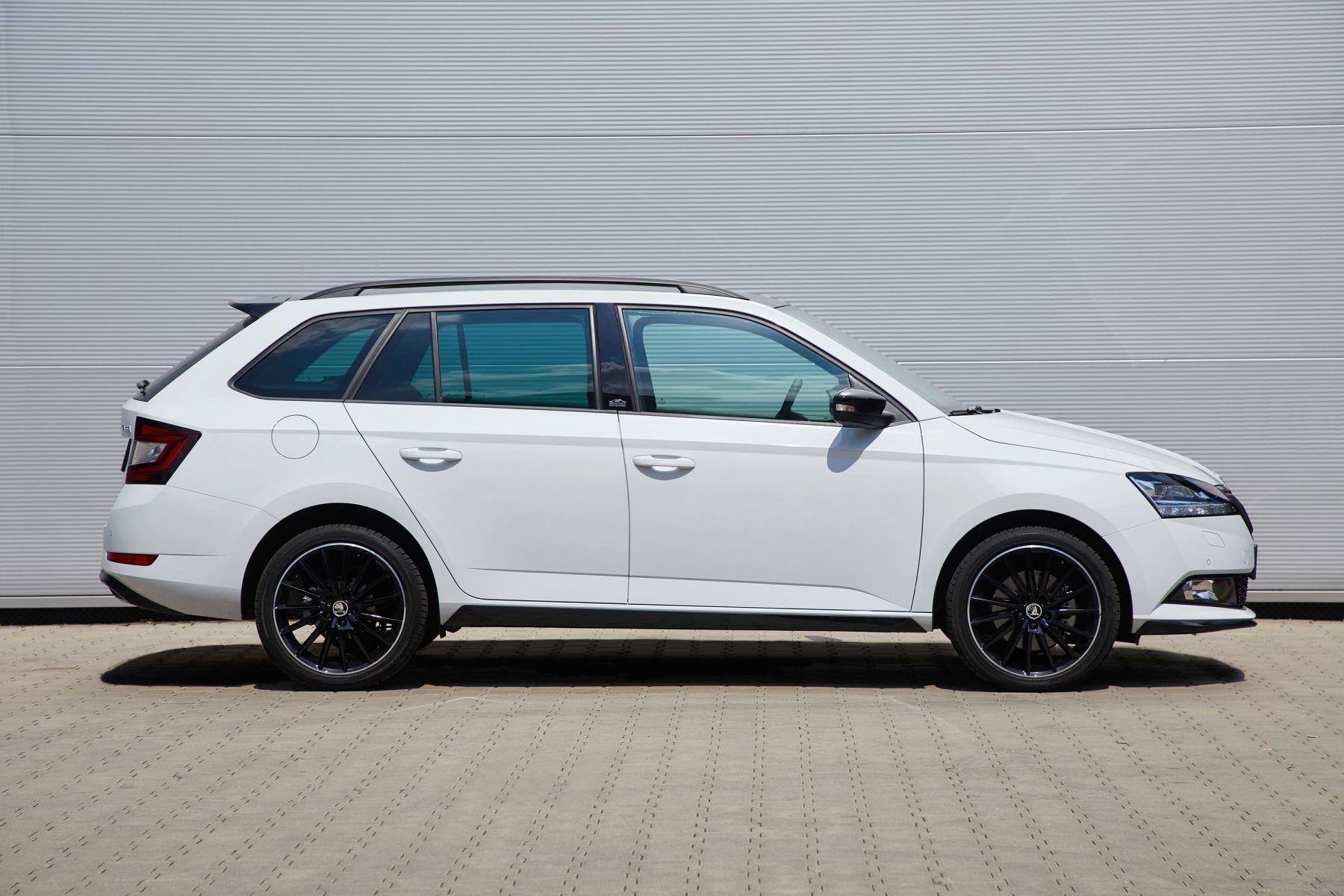
What’s under the bonnet?
Powering our test car is a 1.0-litre turbocharged three-cylinder, here paired up to a five-speed manual gearbox, developing 94bhp and 160Nm of torque. It can take the estate from 0-60mph in 10.7 seconds and on to a 115mph top speed. As for efficiency, Skoda claims it can achieve 63mpg with CO2 emissions of 103g/km.
On paper, it doesn’t sound particularly fast — in fact, incredibly slow — but in reality, it’s quite spritely. Ok, we’re not suggesting it’ll give you a fright when you put your foot down, but there’s certainly enough go to have some fun with — and it’s definitely more than up to the job if you plan on using the car for getting around town.
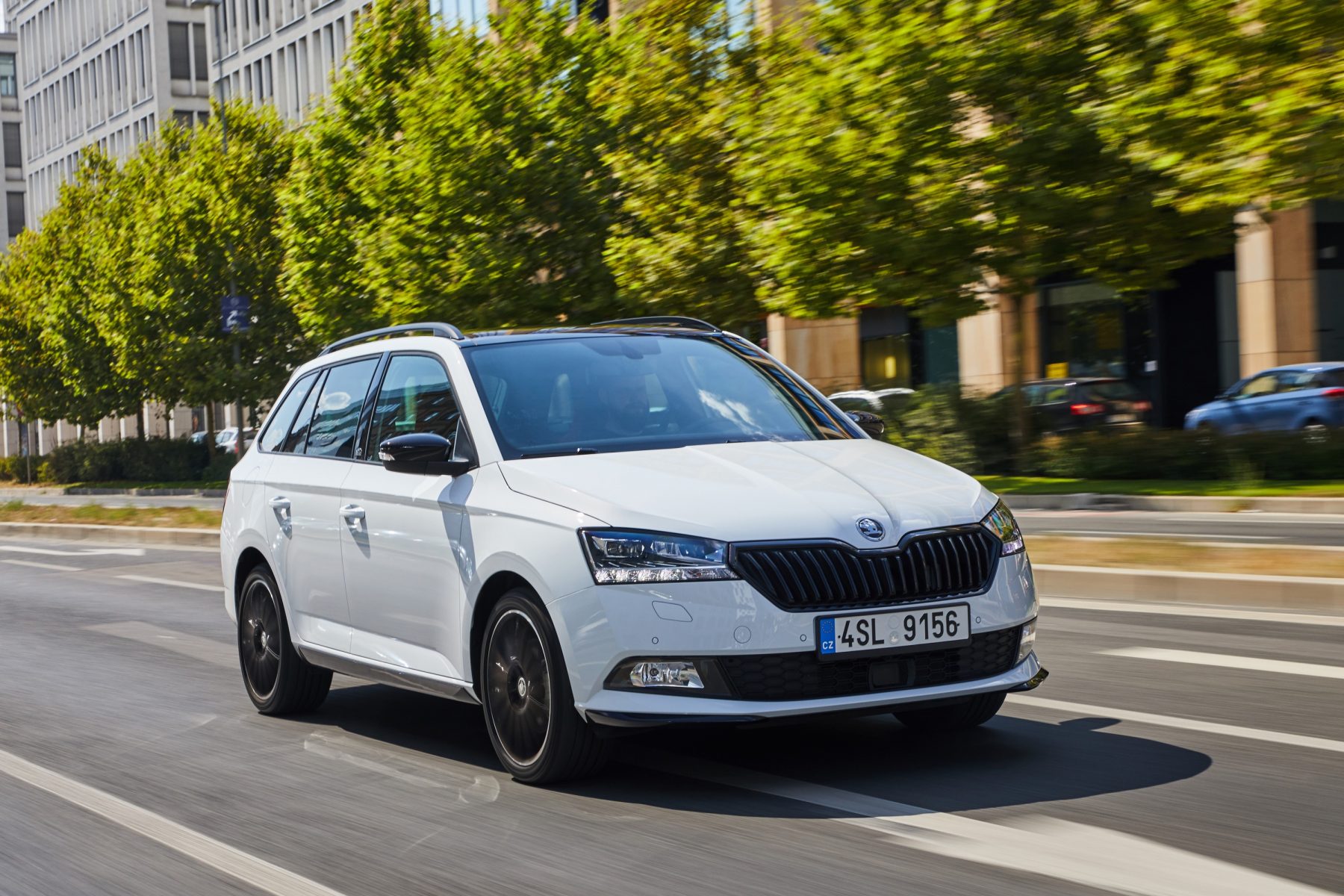
What’s it like to drive?
Nothing has really changed in the way the Fabia drives, which means it’s still a pleasant experience behind the wheel.
It’s well suited for the town, thanks to light-but-not-overly so steering paired up with good all-round visibility, while the addition of a parking camera to our test car just made it that little bit easier to pinpoint.
Take it out on a B road, and it’s not the most dynamic of machinery — but by no means bad. It’s not quite as fun as rivals like the Ford Fiesta or Suzuki Swift when things get a little bit tighter, but it handles well and doesn’t roll around a huge amount.
How does it look?
Although the updated Skoda Fabia looks largely the same as before, a little bit of nip and tuck has given the aesthetic a new lease of life.
Revised headlights, combined with a larger grille, give it a little more presence on the road and even creates a mini Superb-like look. LED daytime running lights as standard also means the whole range looks more premium than before. LED rear lights now feature on the options list, but it’s hard to see much difference than before without them.
It remains a good-looking car, and the tweaks mean it’s not yet showing its age — despite its VW Group stablemates brasher look as a result of the longer wheelbase on the MQB A0 platform.
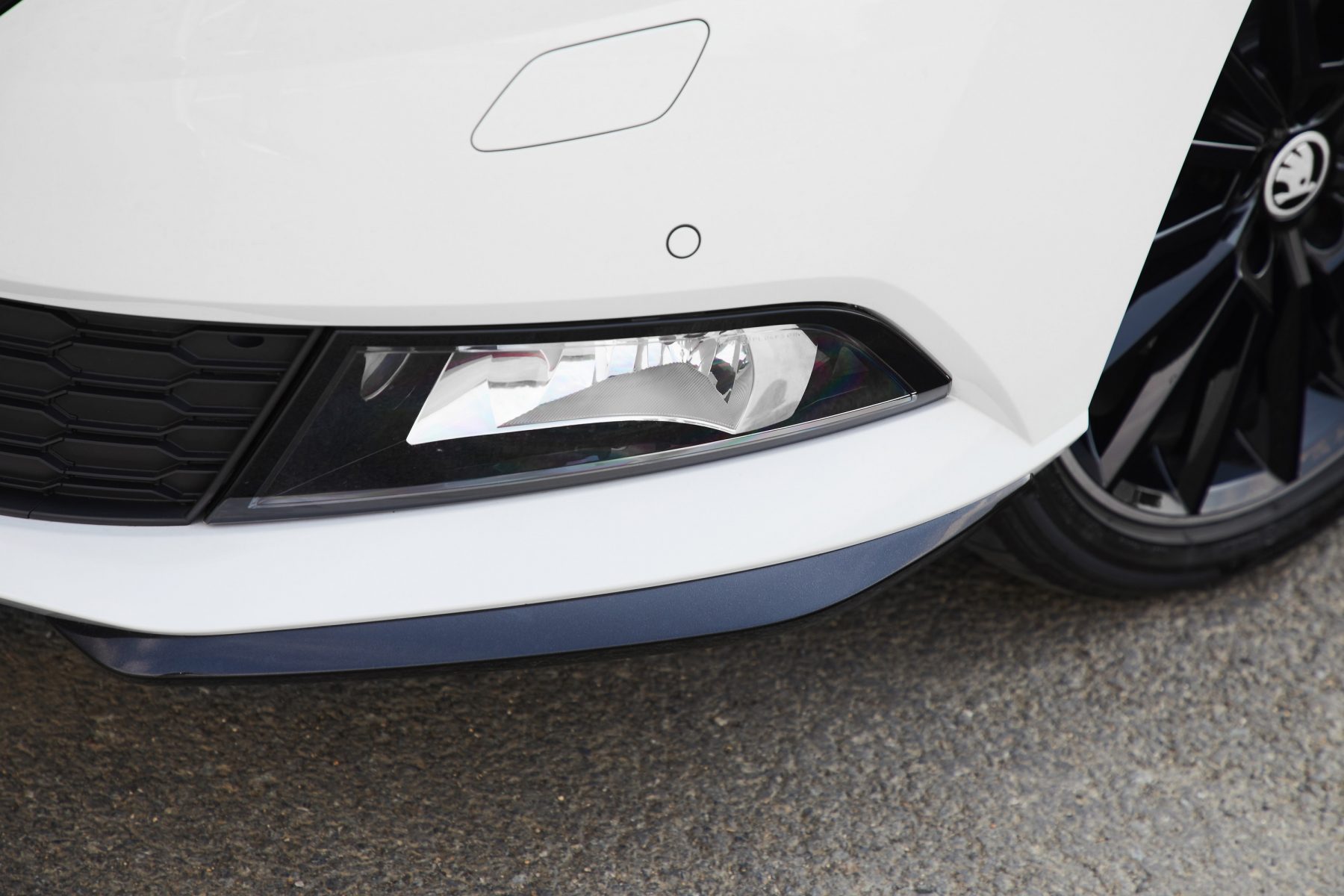
What’s it like inside?
The Skoda Fabia benefits from some new dashboard trims with this facelift, which keeps it up to date.
Despite its relatively low price point, it doesn’t feel particularly cheap to be in and it’s genuinely quite pleasant. Monte Carlo trims brings sports seats and carbon-effect finishers, and while we like the former, the latter doesn’t really do much more than cheapen the interior.
As for space, our estate test car offers 530 litres of boot space — although rivals don’t come with such a body option. The hatch can store 330 litres of luggage with all seats in place — boasting more than the Ford Fiesta’s 292 litres, although less than the Seat Ibiza’s 355 litres.
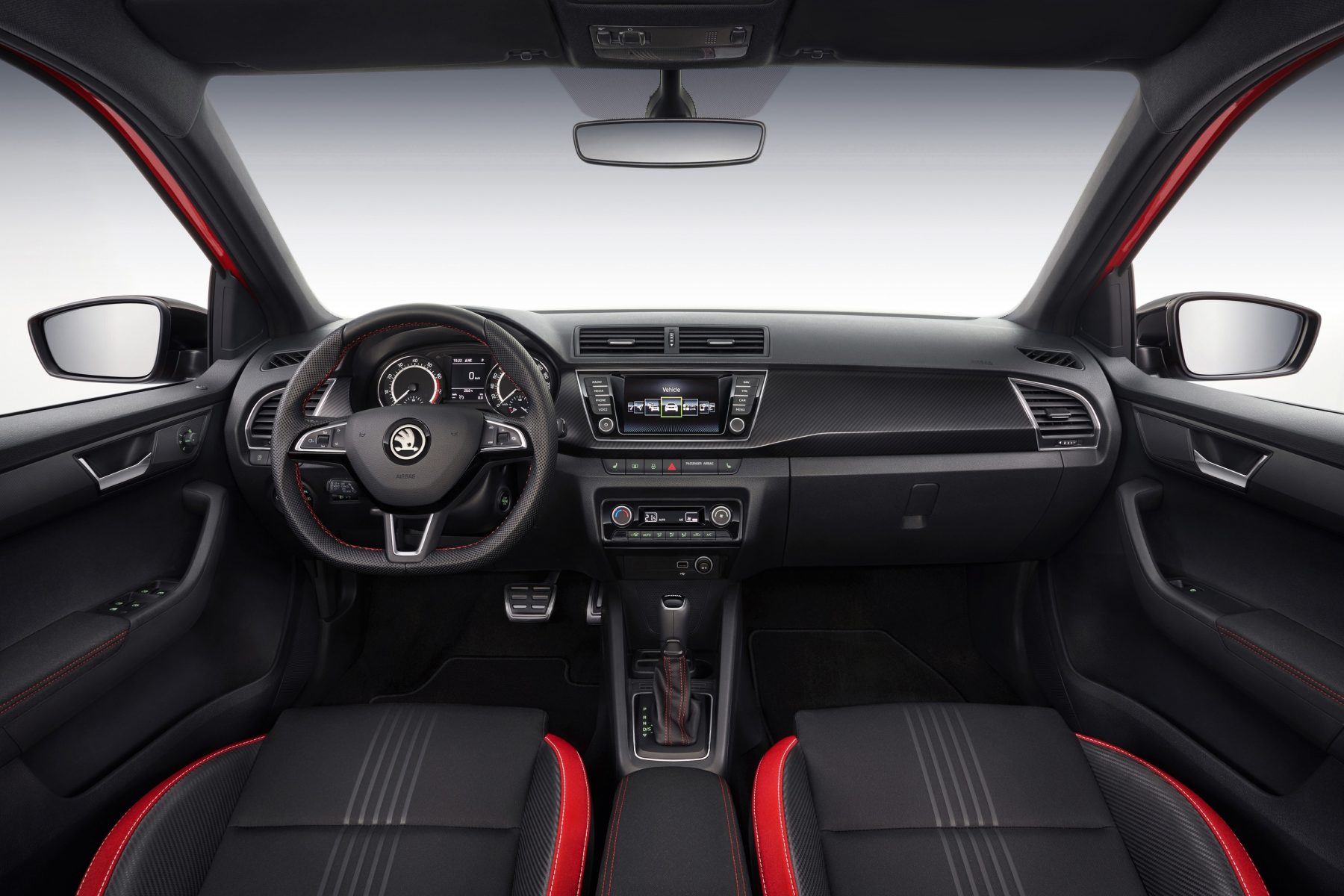
What’s the spec like?
Keeping in line with usual facelift formalities, the updated Skoda Fabia gains more tech as standard — with more also joining the options list.
Every car now gets LED daytime running lights for no extra cost, while autonomous emergency braking also comes as part of the package.
Monte Carlo trim cars, as tested here, get climate control, LED rear lights and electric rear windows — along with styling upgrades in the form of a black-painted front spoiler, roof and matching floor mats.
For its £17,670 starting price, we think the Monte Carlo trim offers some pretty serious value for money — although those wanting to spend a little less wouldn’t be going wrong regardless of the trim. With the range starting at £12,840, the Skoda Fabia might just be one of the best bargains on the market.
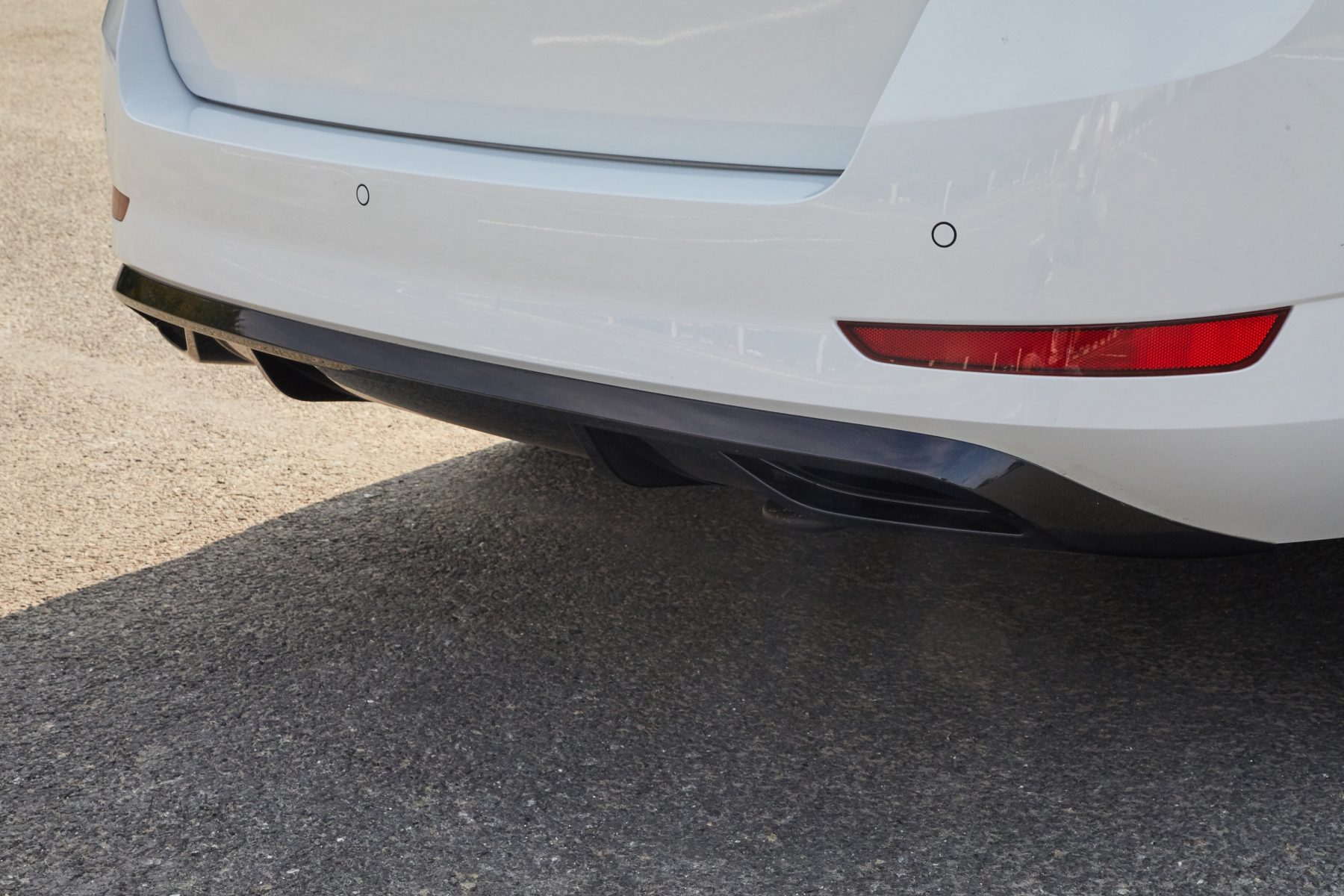
Verdict
The updated Skoda Fabia is a facelift in its truest form — bringing minor touches and tweaks to a car that’s recognizable to a point you’d likely struggle to notice a difference unless you were told.
That’s no bad thing in this case, with the compact machine still proving that it has a lot to give despite the recent total refresh many rivals have gone for. It may not offer the most engaging of driving experiences, but as a daily machine, it’s definitely one of the best-valued packages in its segment.
Facts at a glance
Model as tested: Skoda Fabia Estate Monte Carlo
Price: £17,670
Engine: 1.0-litre turbocharged petrol
Power (bhp): 94
Torque (Nm): 160
Max speed (mph): 115
0-60mph: 10.7secs
MPG: 63
Emissions (g/km): 103

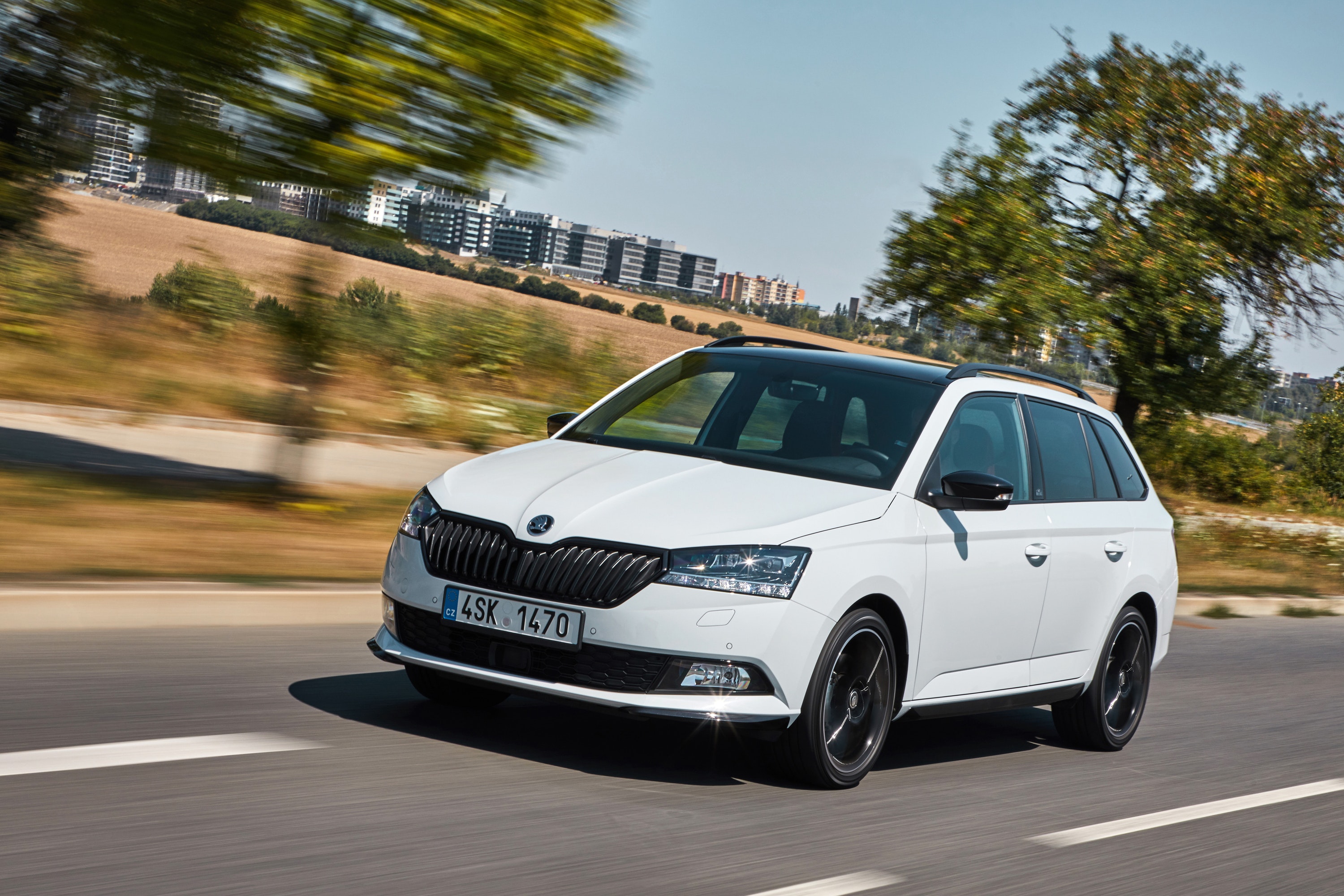
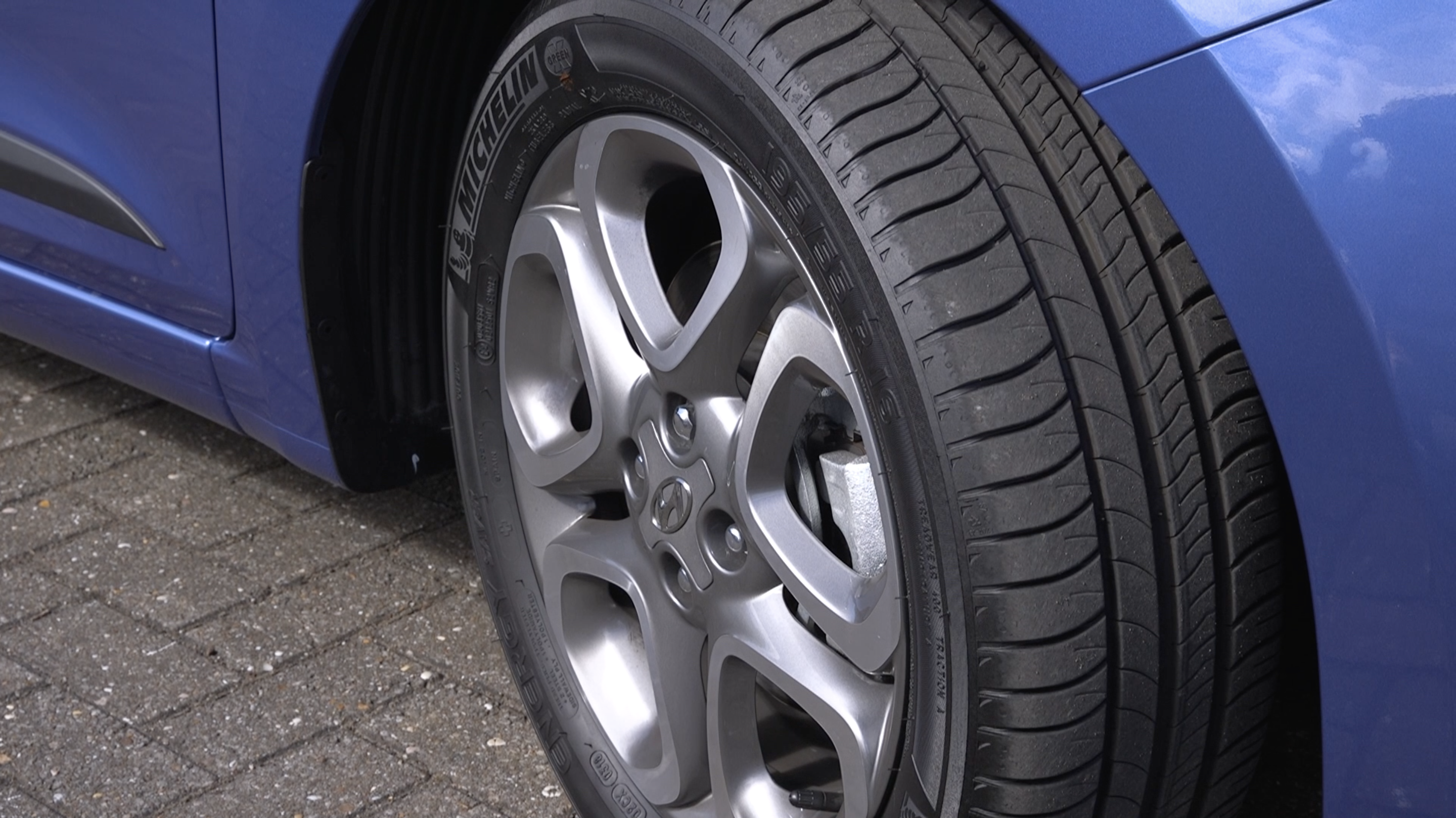
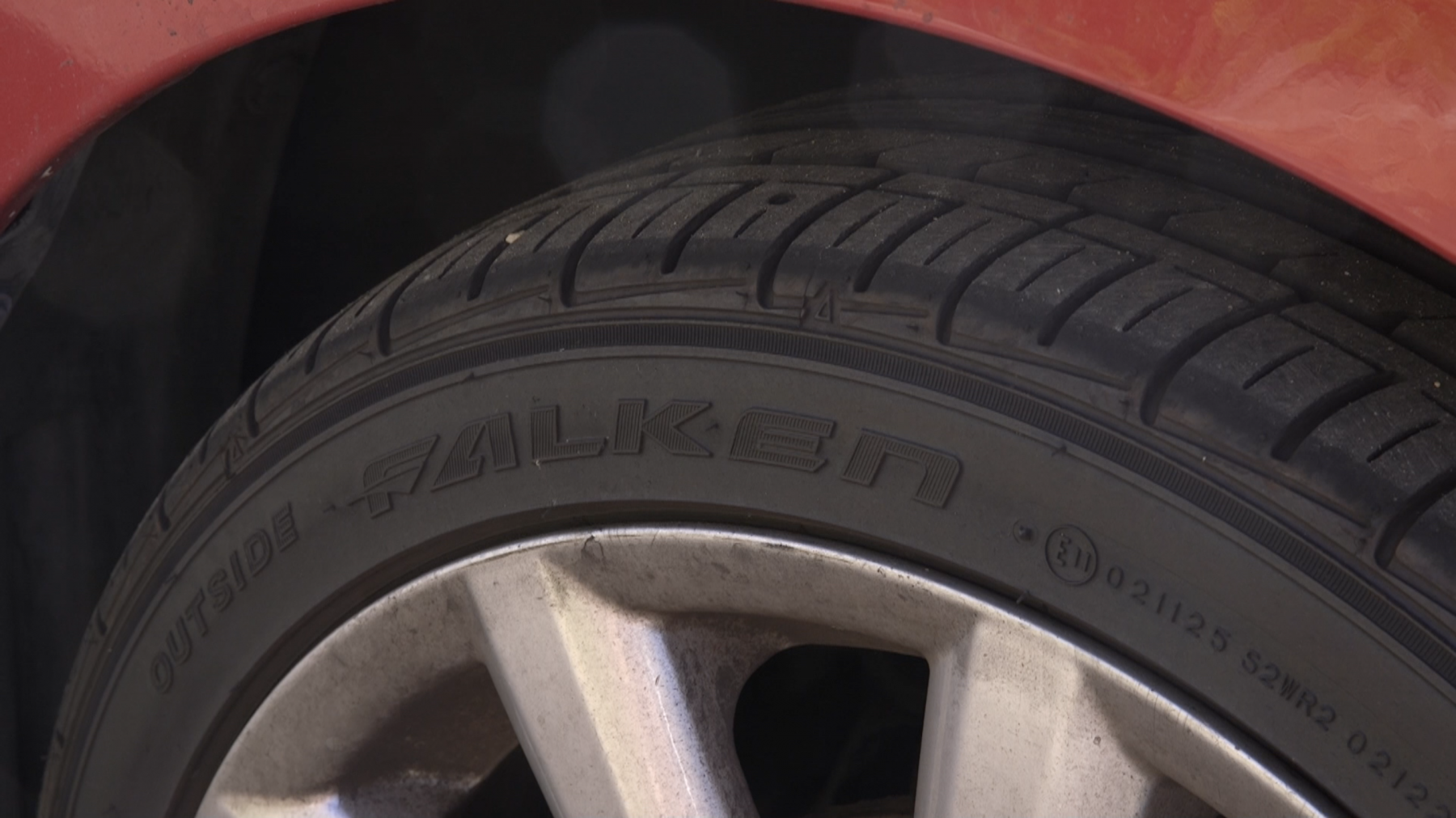 While it may be tempting to go for those £40 tyres from a brand nobody’s ever heard of, you could be doing more harm to your wallet in the long run.
While it may be tempting to go for those £40 tyres from a brand nobody’s ever heard of, you could be doing more harm to your wallet in the long run.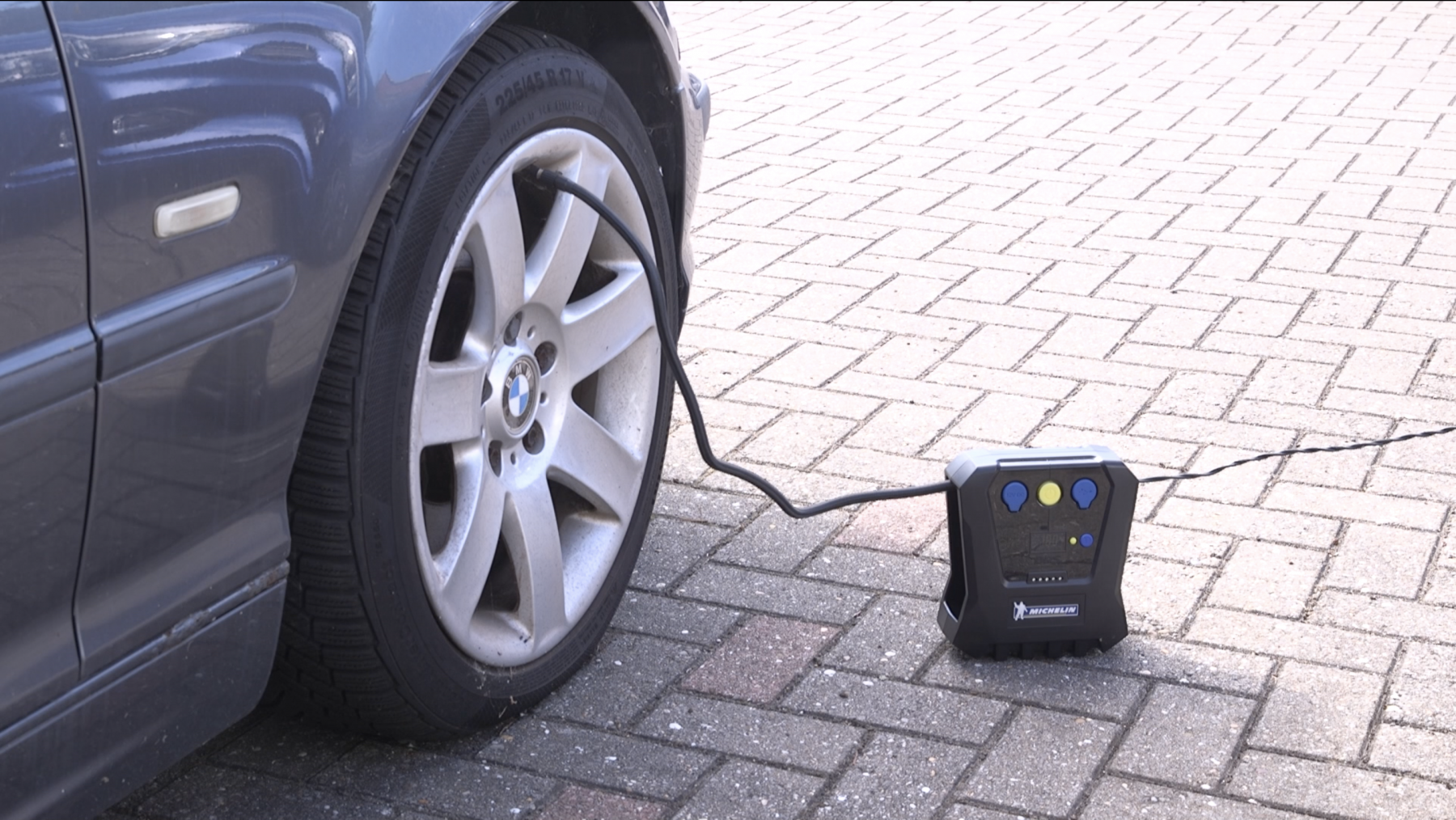 Underinflated tyres have a higher rolling resistance than those at the correct level, increasing wear on the sidewall. To keep your tyres lasting longer, regularly check pressures and keep them at manufacturer recommendations — which can be found in the owner’s manual, and inside the door sill of many cars.
Underinflated tyres have a higher rolling resistance than those at the correct level, increasing wear on the sidewall. To keep your tyres lasting longer, regularly check pressures and keep them at manufacturer recommendations — which can be found in the owner’s manual, and inside the door sill of many cars.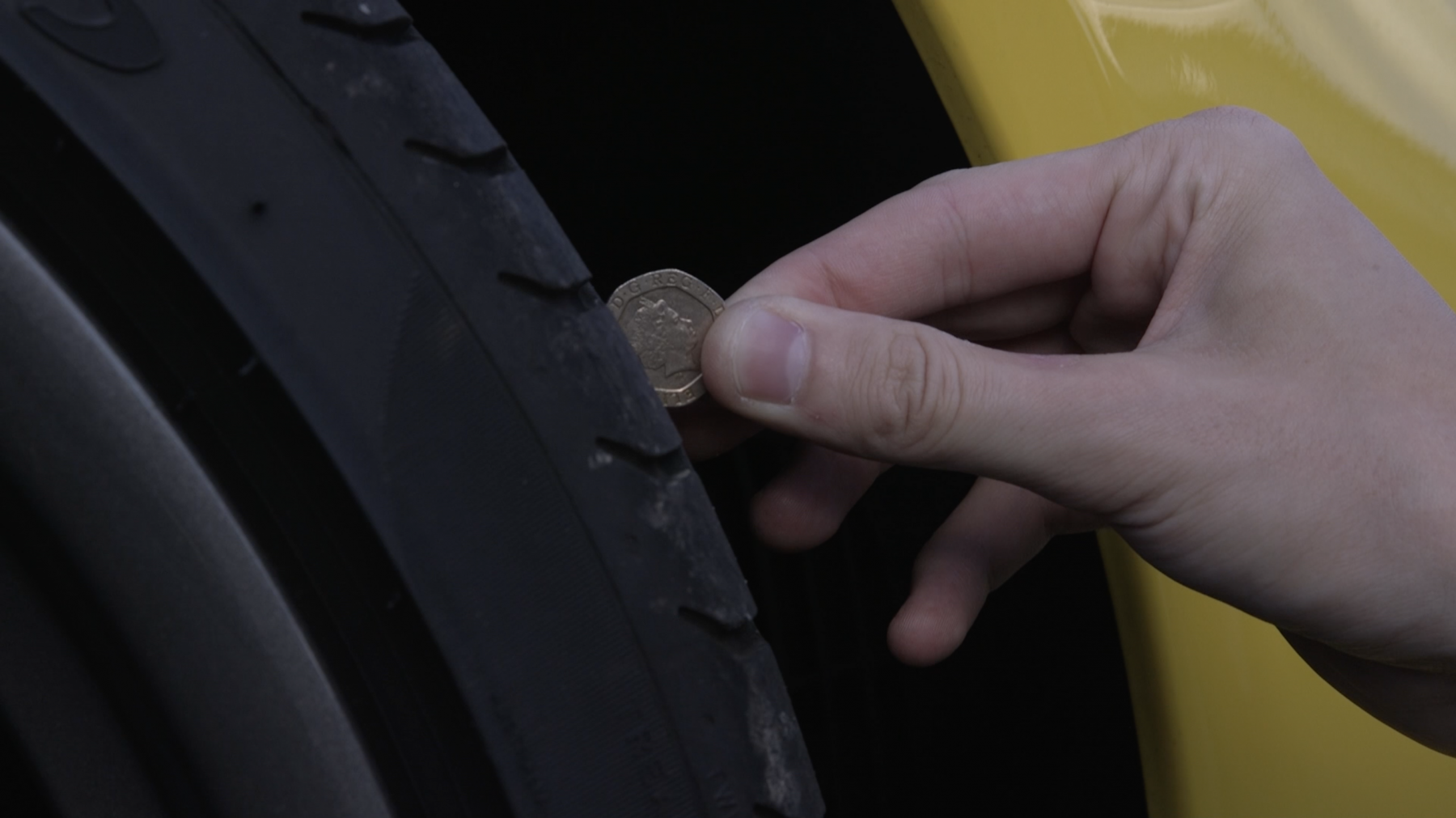 Tread is the part of the tyre that contacts the road, and as a result, wears out. Not only is it important to ensure you have a good amount of tread for your own safety, it’s also a legal requirement to have at least 1.6mm of it on all four tyres.
Tread is the part of the tyre that contacts the road, and as a result, wears out. Not only is it important to ensure you have a good amount of tread for your own safety, it’s also a legal requirement to have at least 1.6mm of it on all four tyres.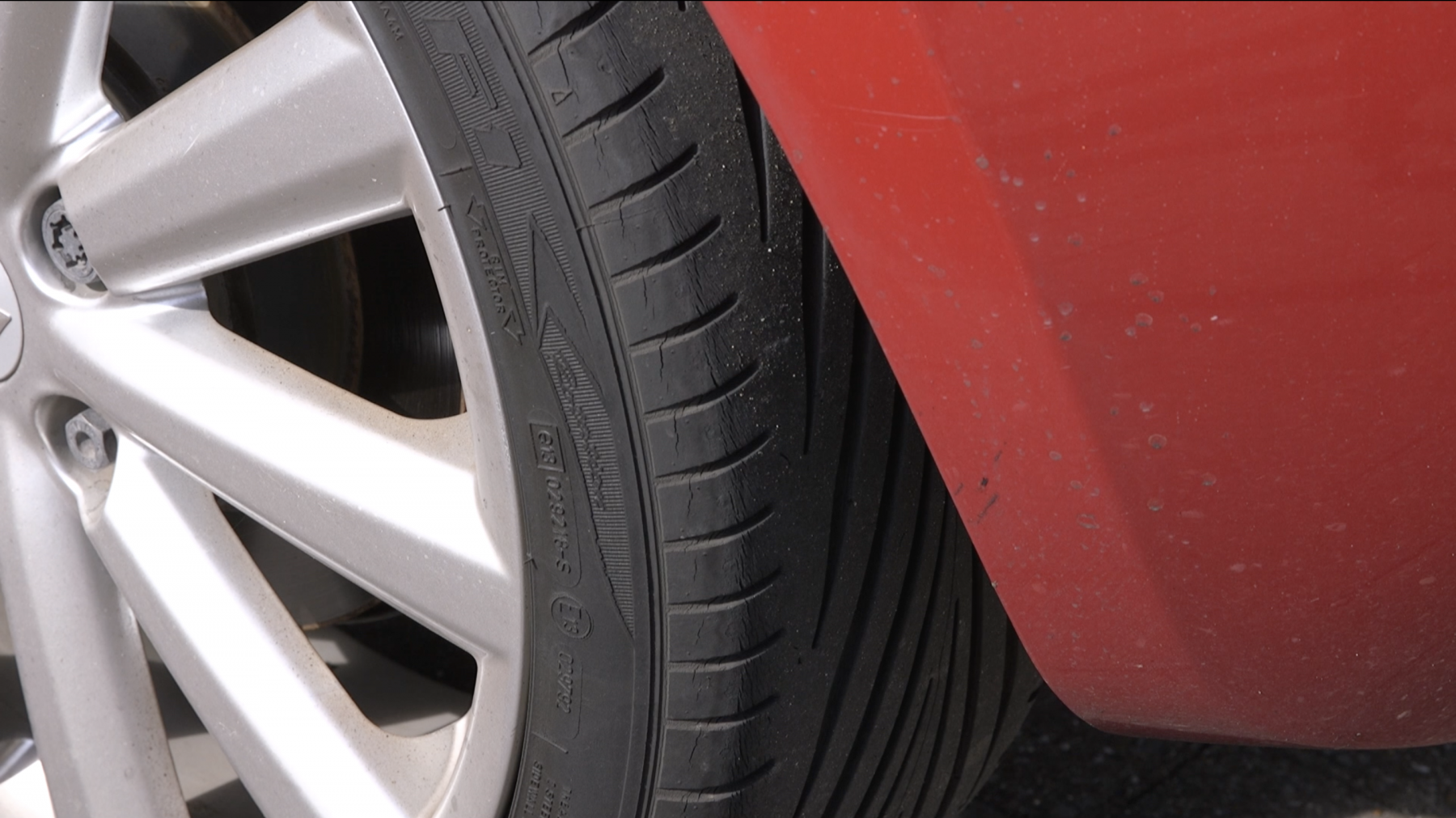 Find your right foot often pinned to the floor? Brake heavily? Corner hard? You’re probably doing some harm to your tyres.
Find your right foot often pinned to the floor? Brake heavily? Corner hard? You’re probably doing some harm to your tyres.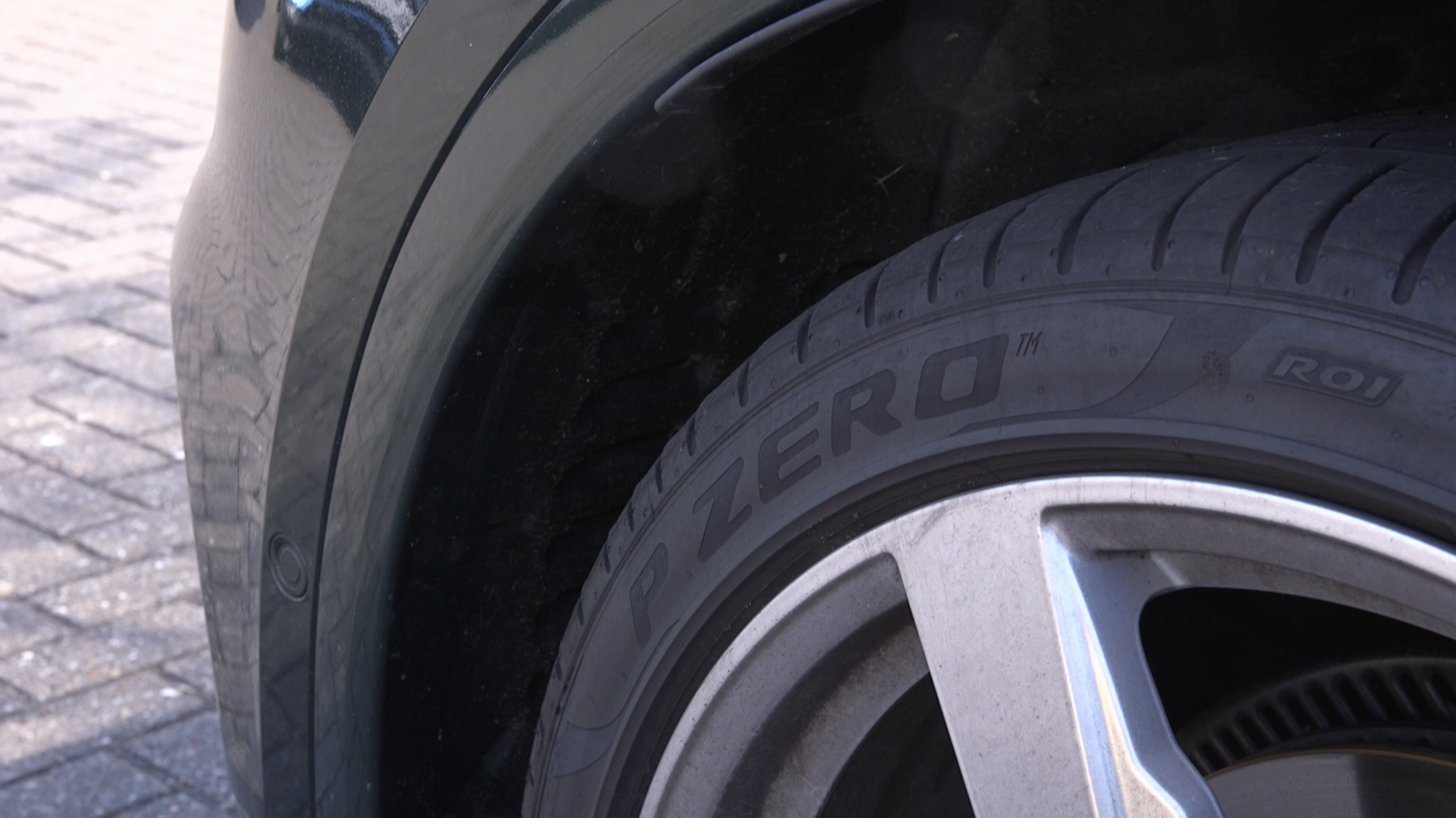 If your car’s wheels have gone out of alignment, the tyres will see more stress on a smaller contact patch. The result is quicker and uneven wear.
If your car’s wheels have gone out of alignment, the tyres will see more stress on a smaller contact patch. The result is quicker and uneven wear.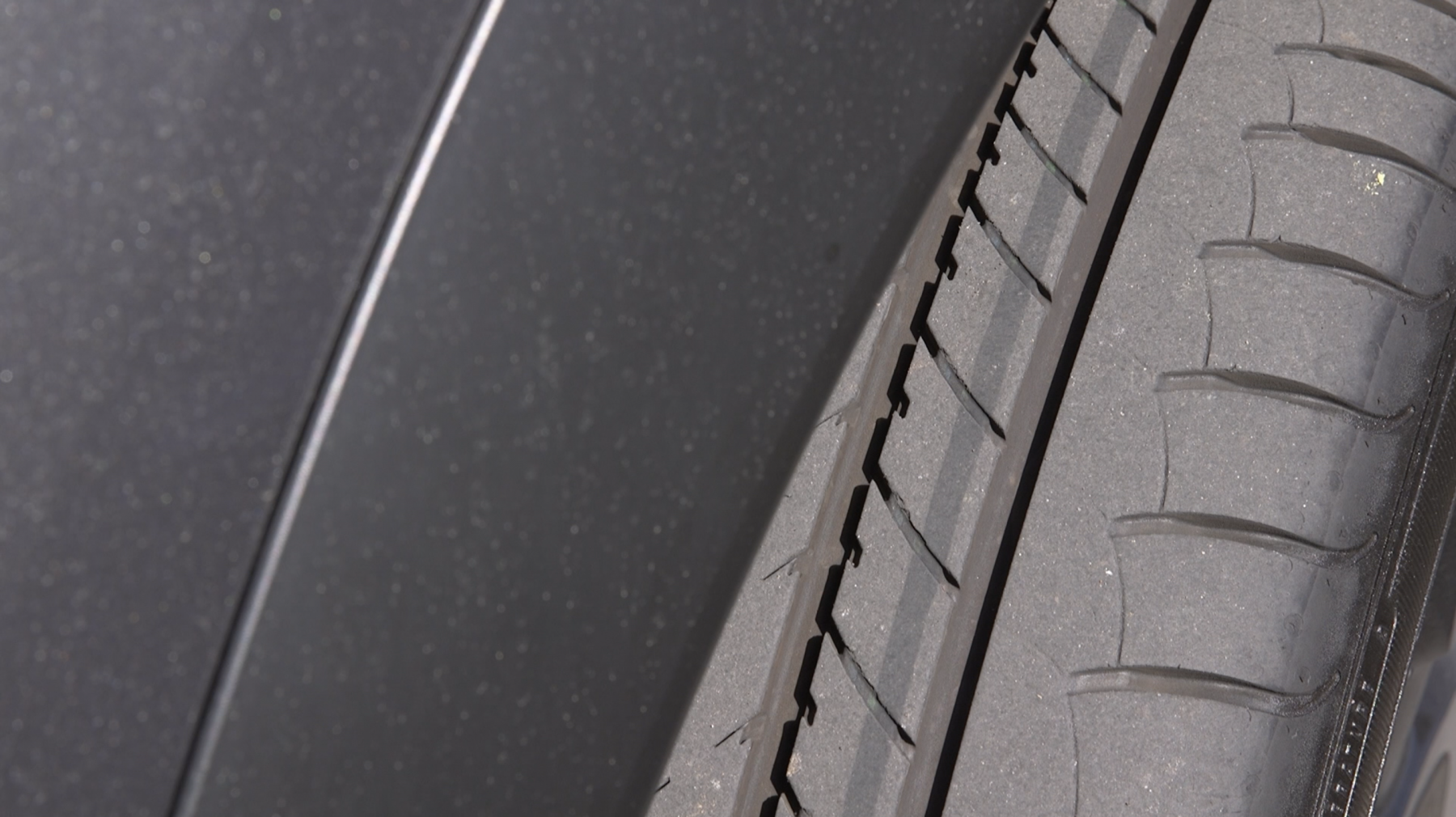 No matter how careful your driving style, new your tyres are or even if they’ve all been fitted at the same time — they’re going to wear unevenly.
No matter how careful your driving style, new your tyres are or even if they’ve all been fitted at the same time — they’re going to wear unevenly.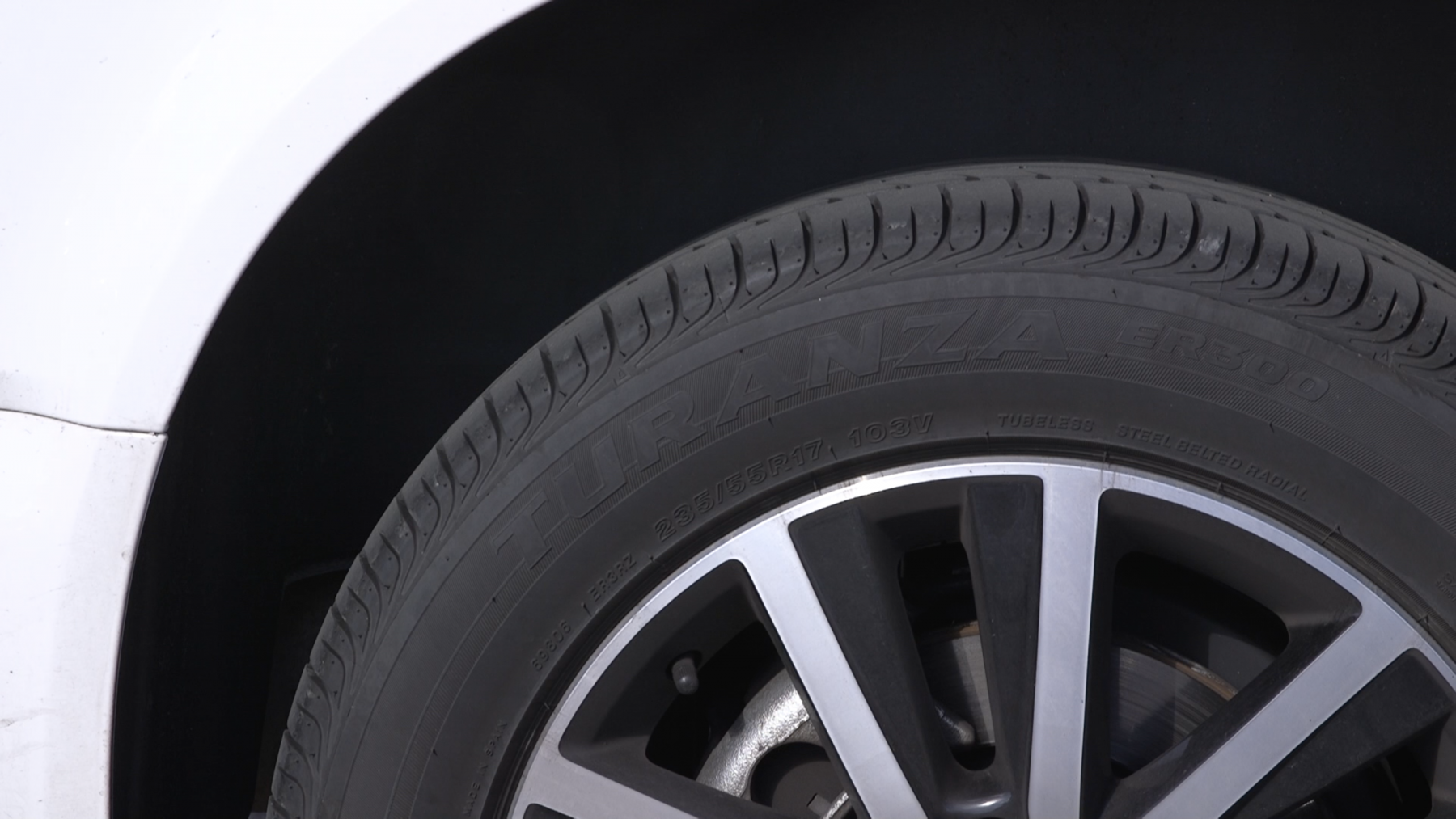 While all-season tyres can offer plenty of grip all year round, splashing out for season-specific tyres can keep prepared for all eventualities.
While all-season tyres can offer plenty of grip all year round, splashing out for season-specific tyres can keep prepared for all eventualities.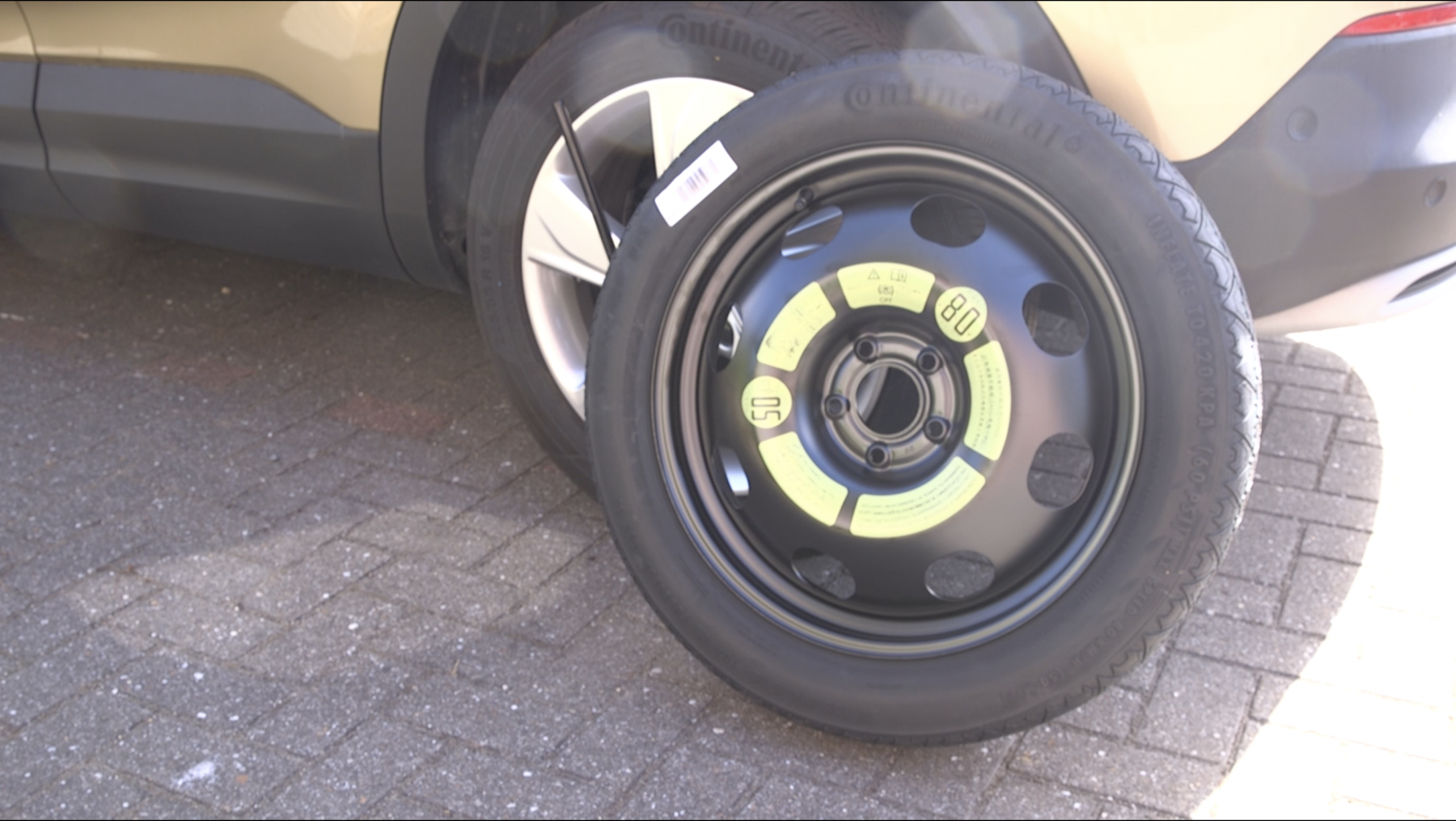 It’s easy to forget about looking after a spare tyre — after all, you’ll ideally never have to use it.
It’s easy to forget about looking after a spare tyre — after all, you’ll ideally never have to use it.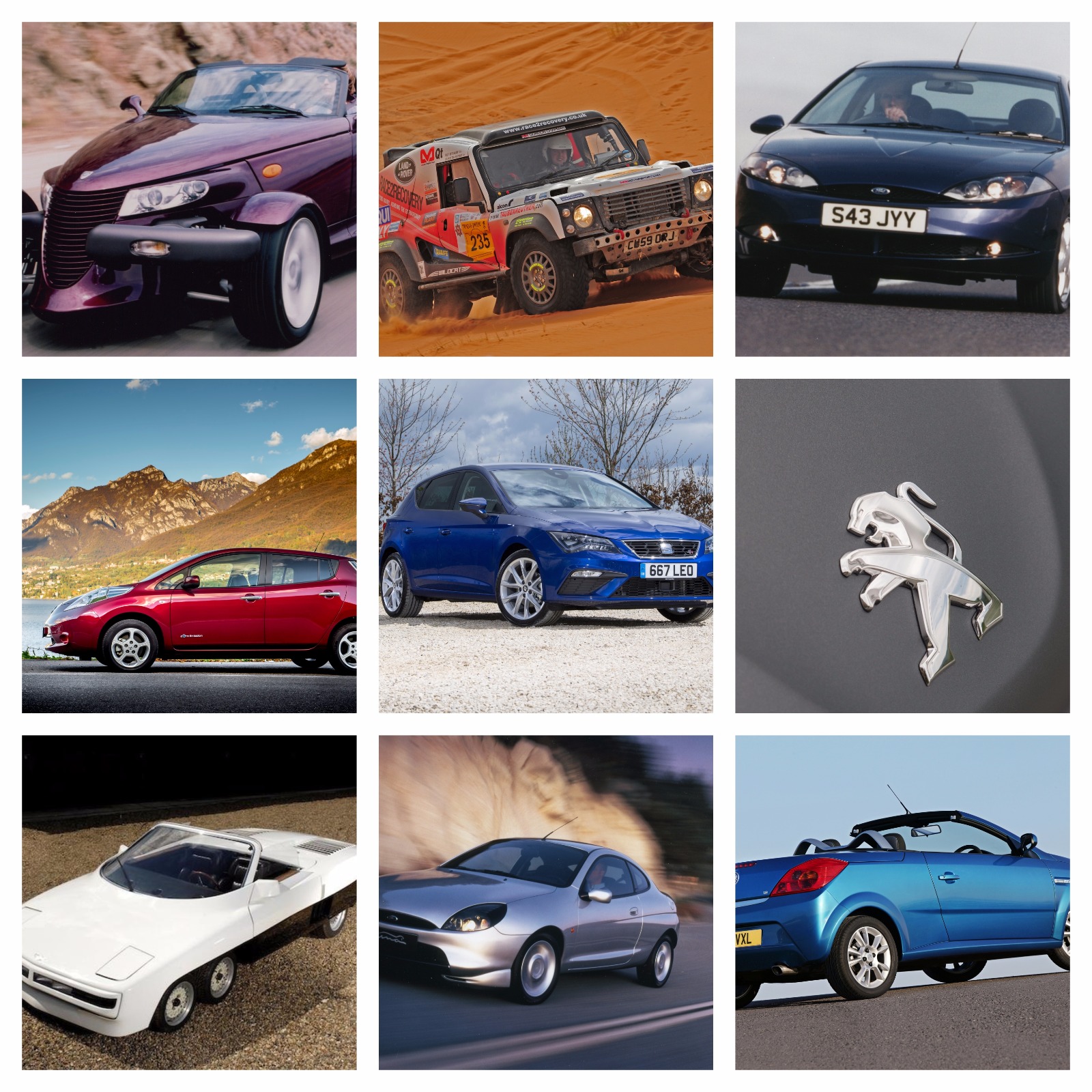
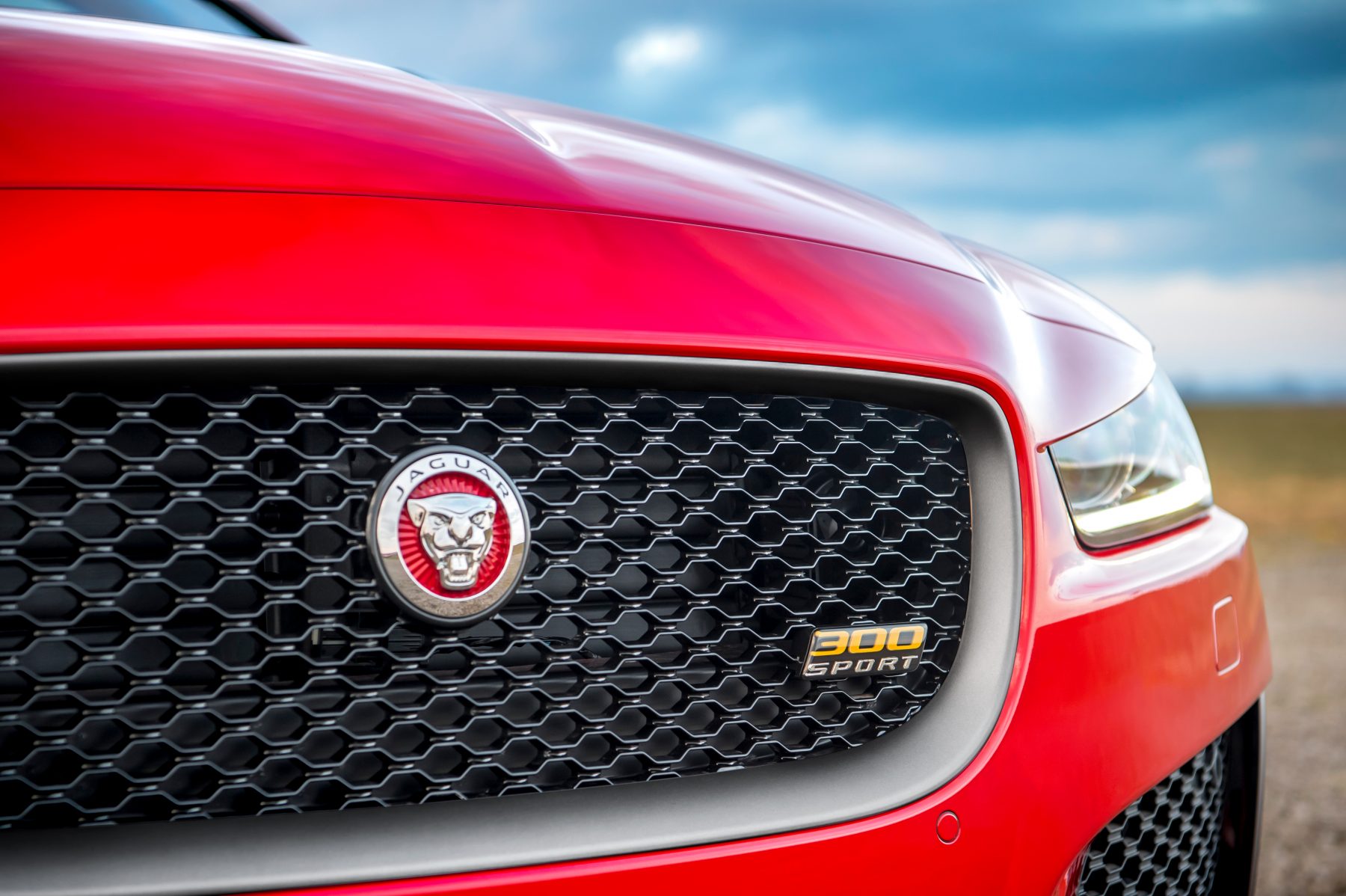
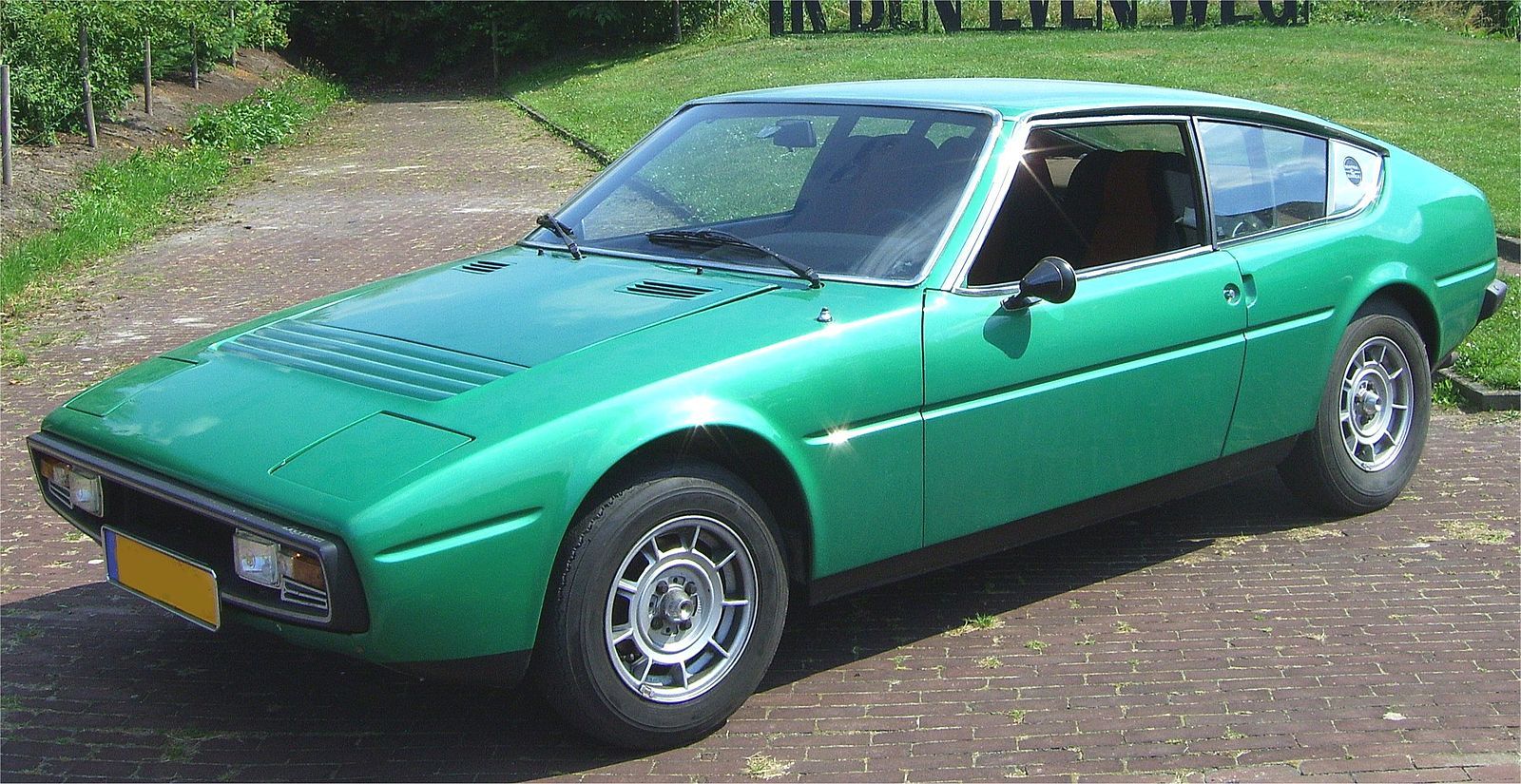



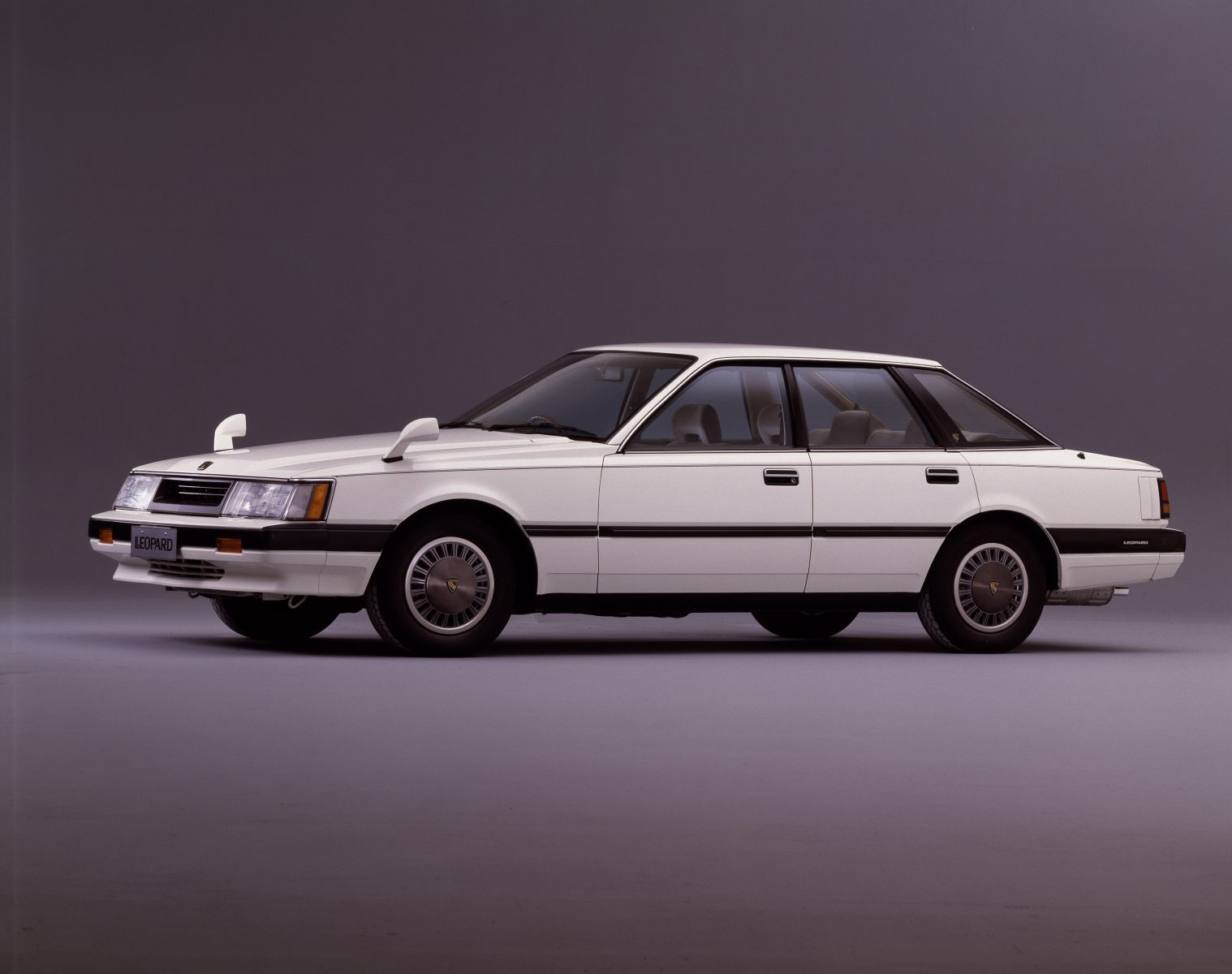
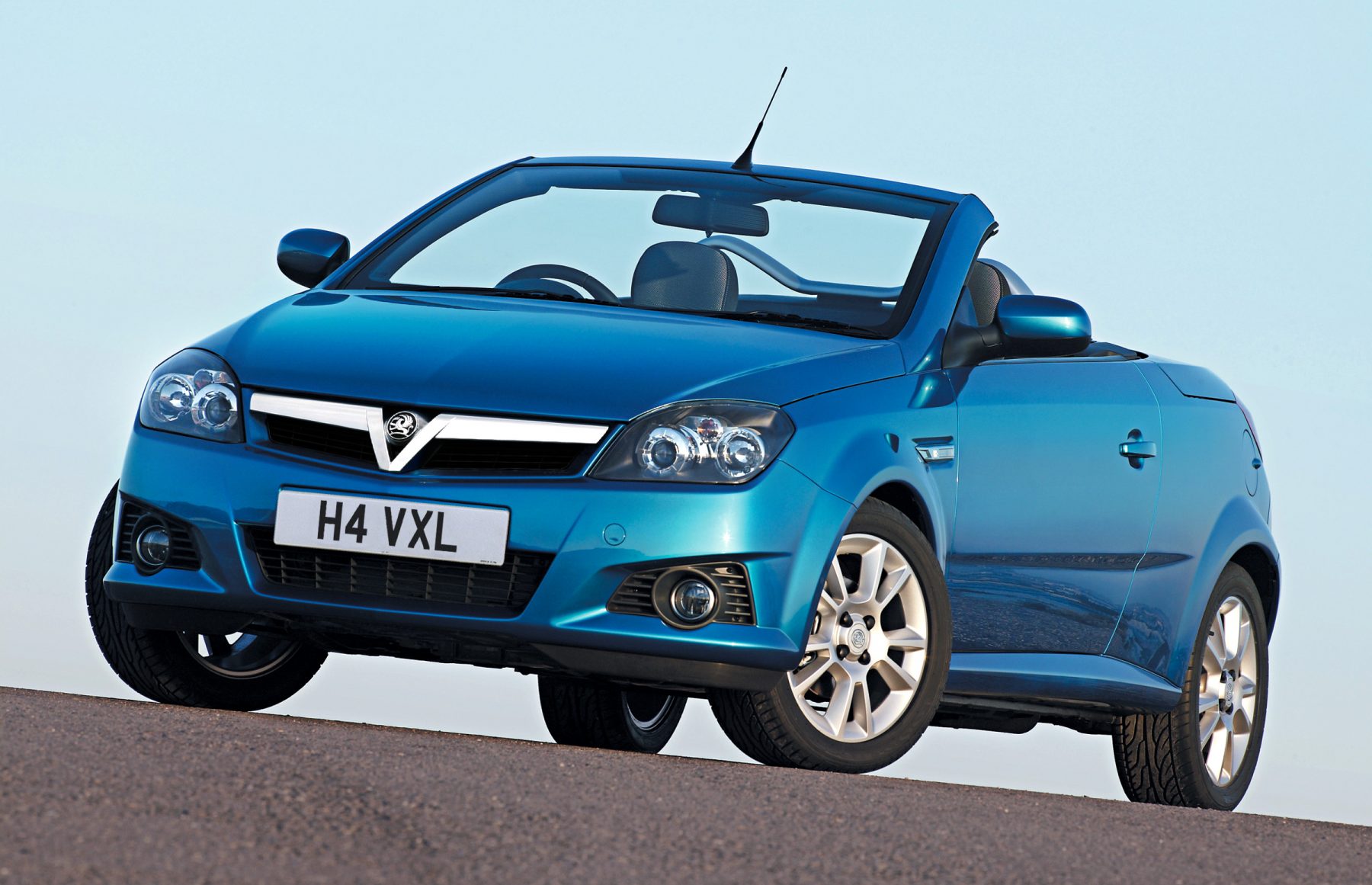
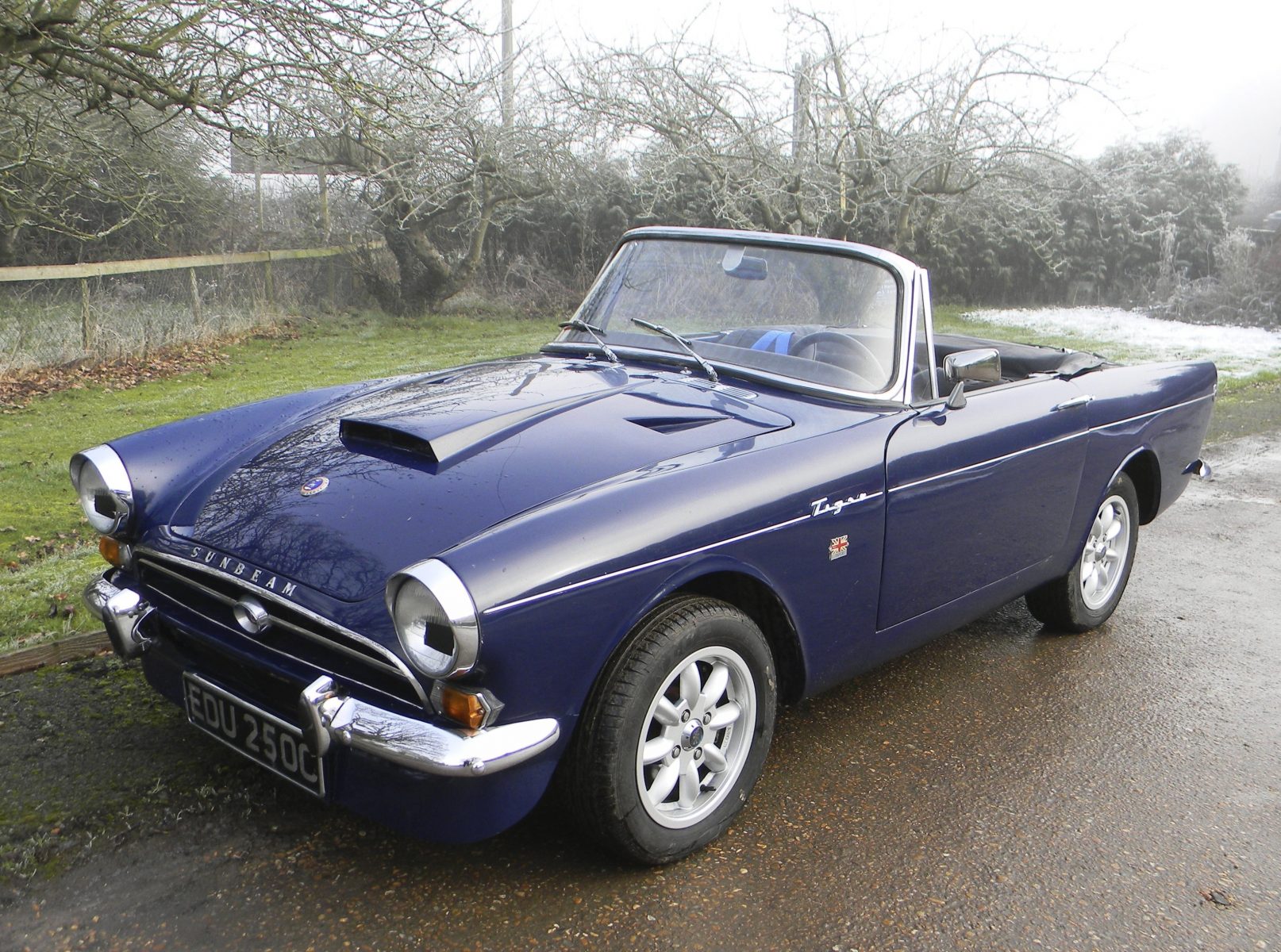
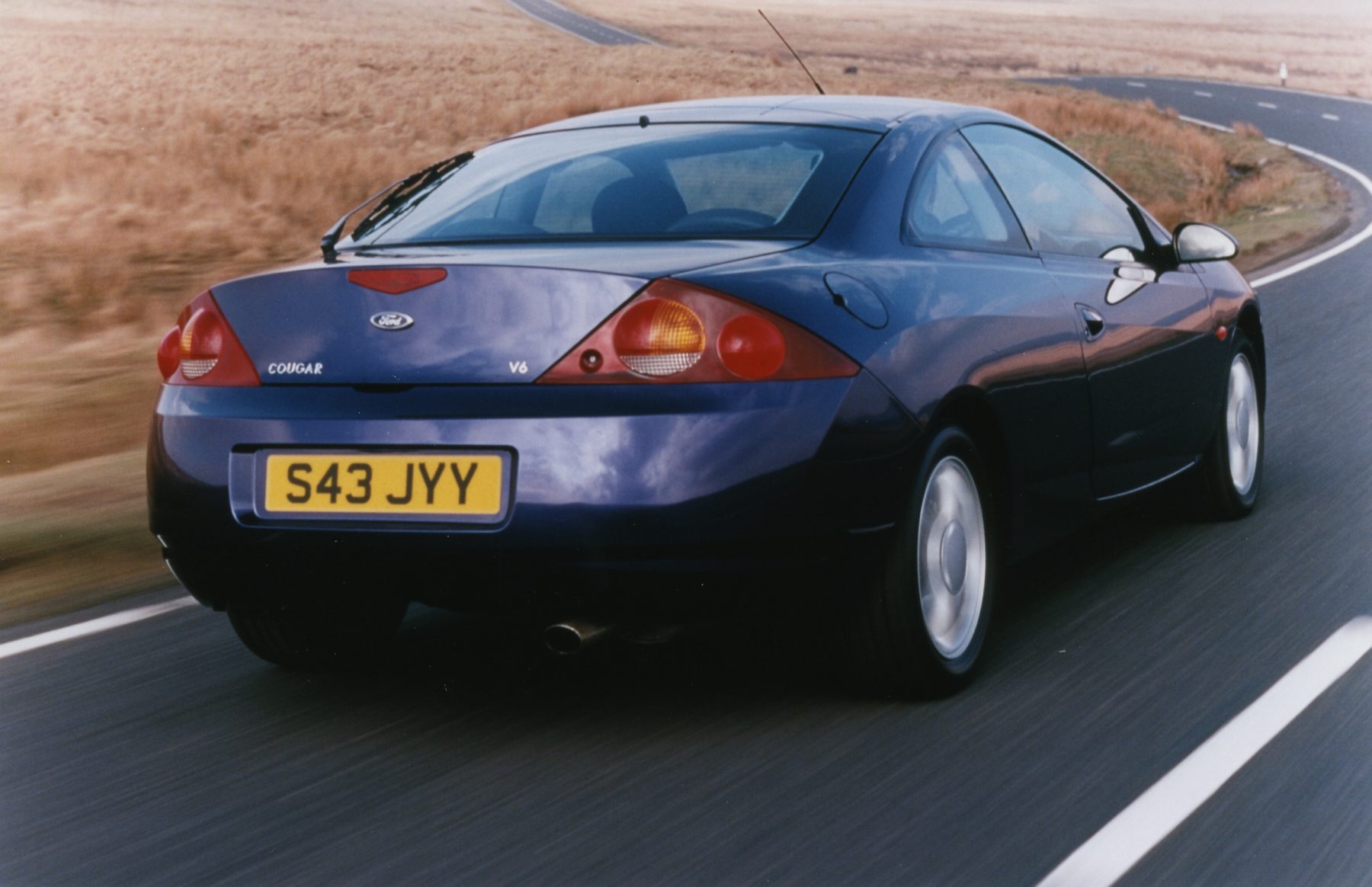
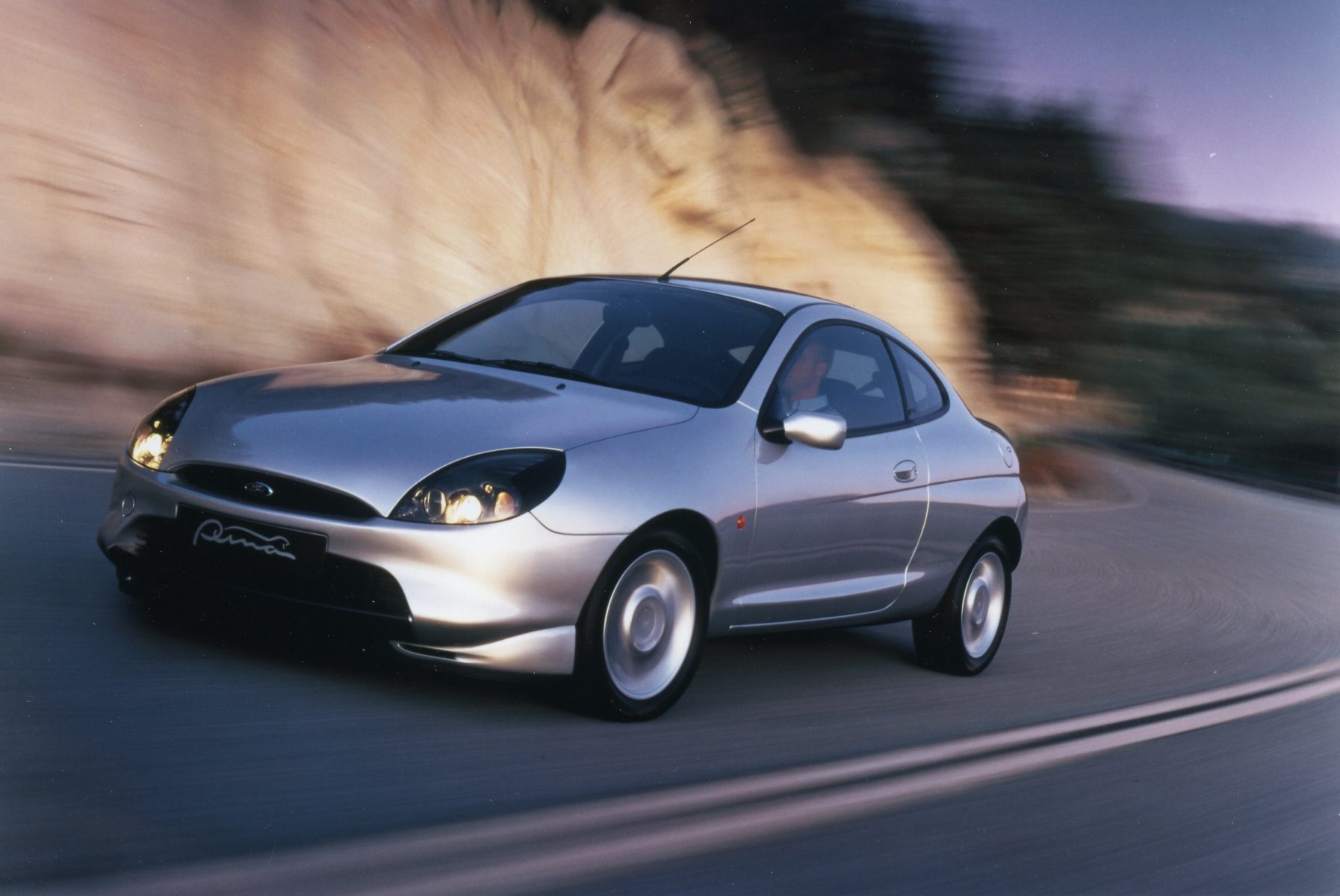
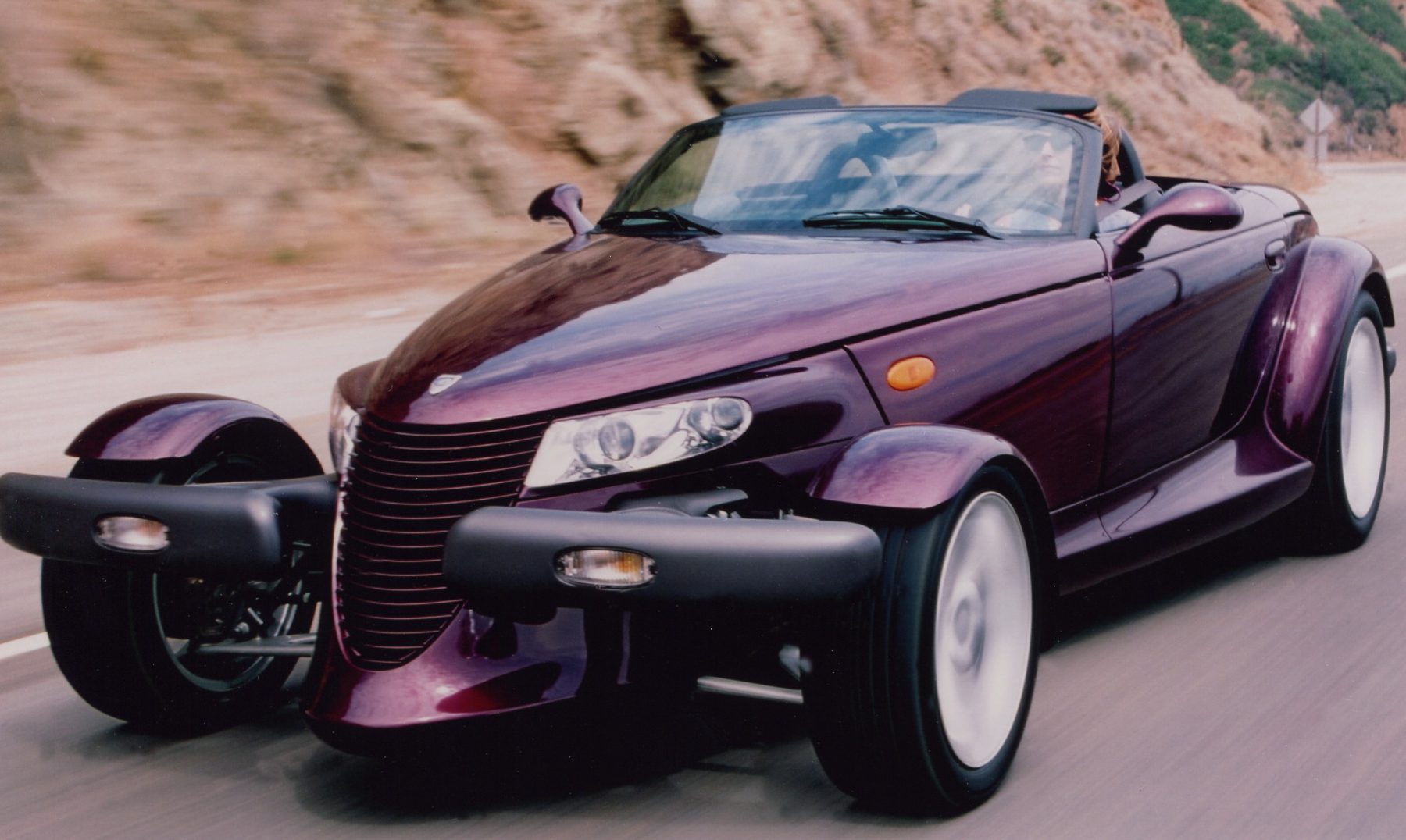
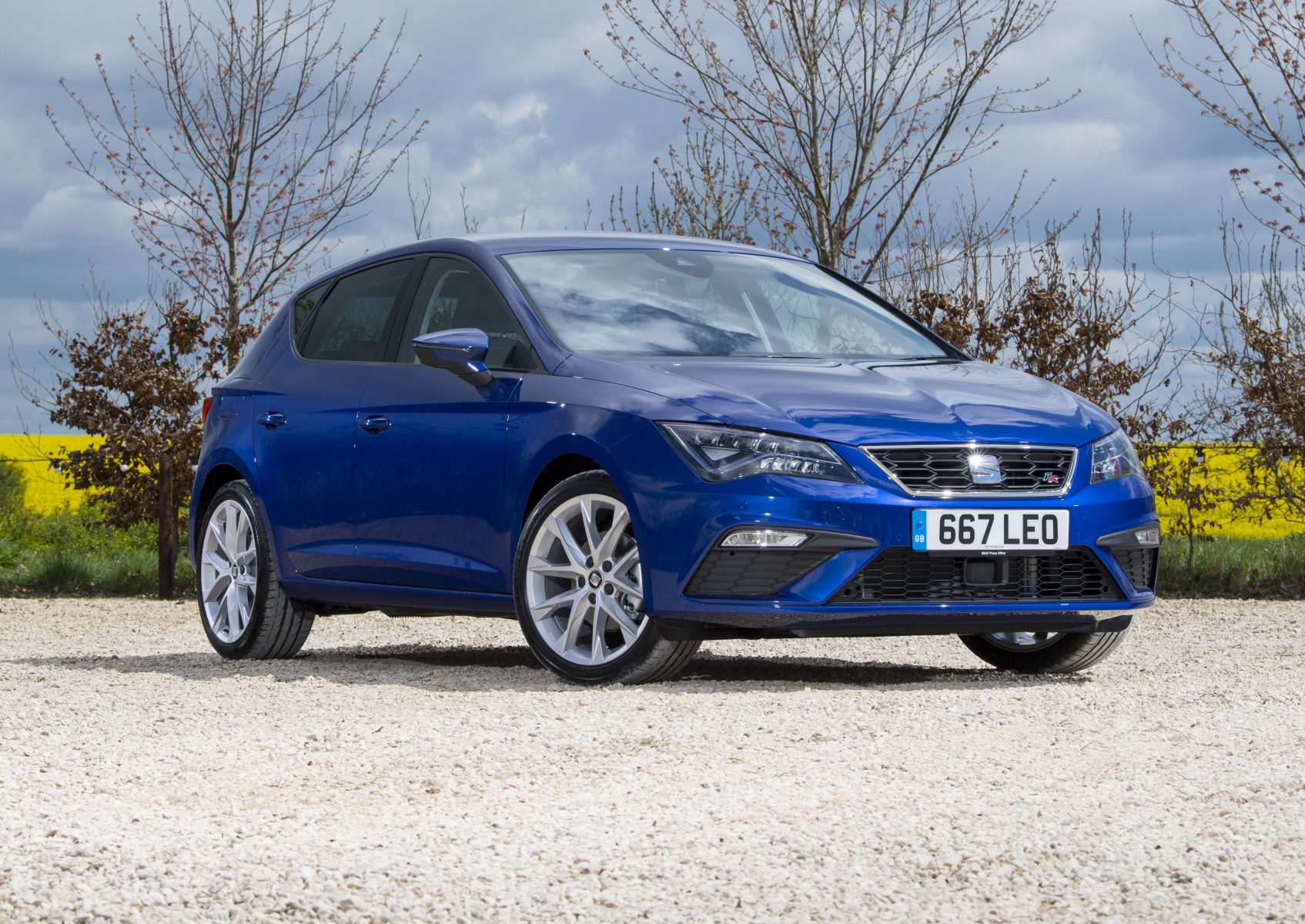
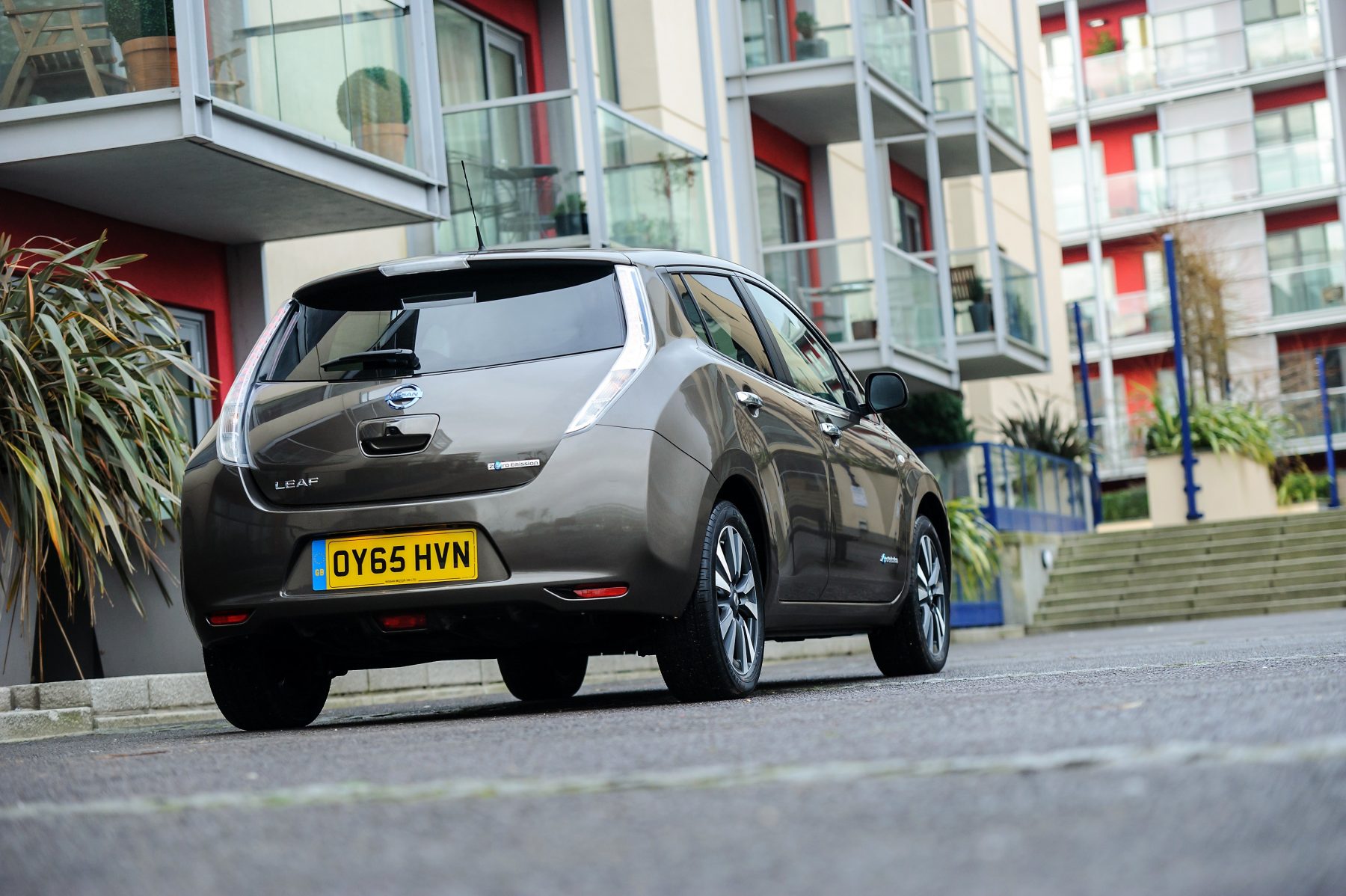
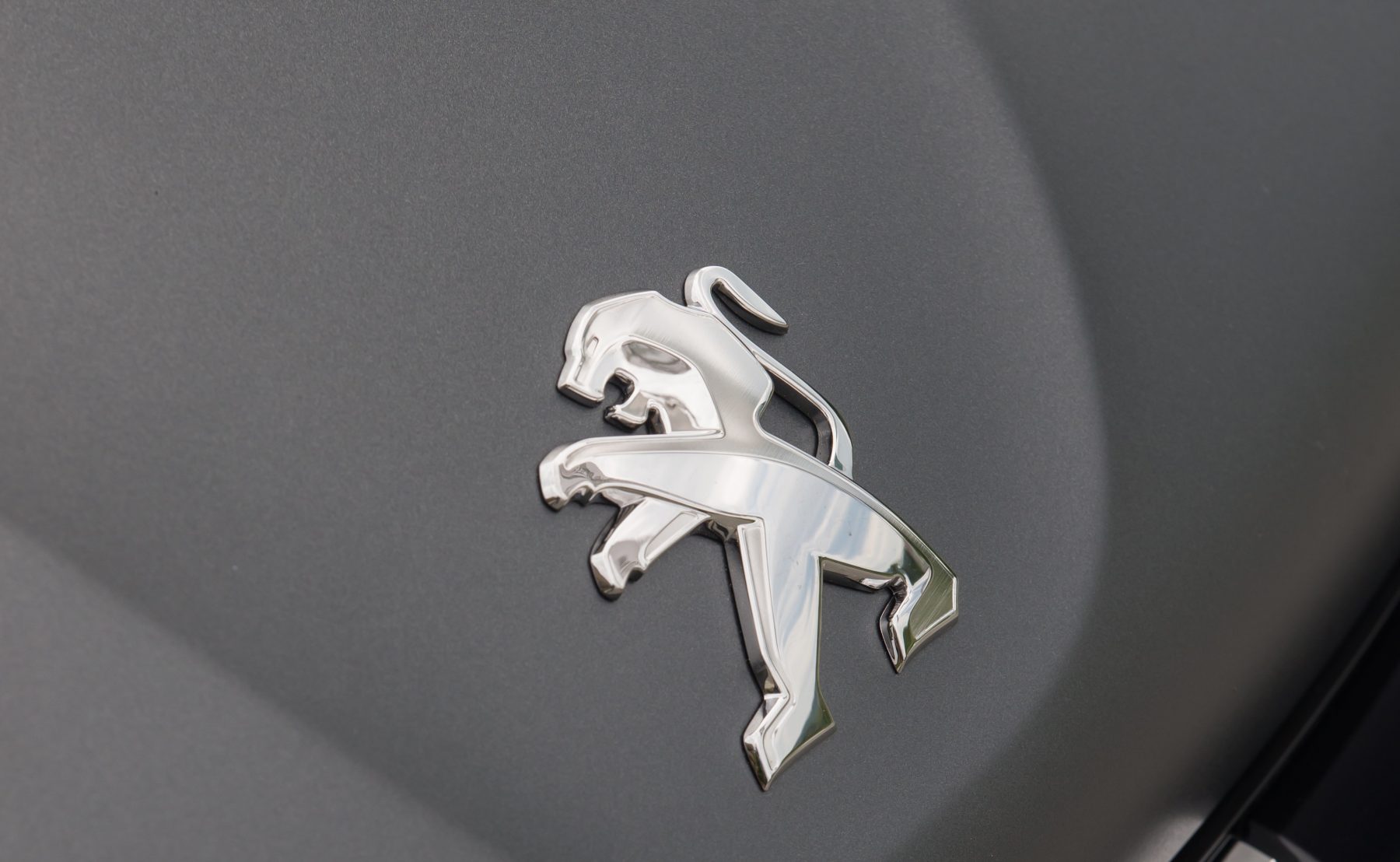

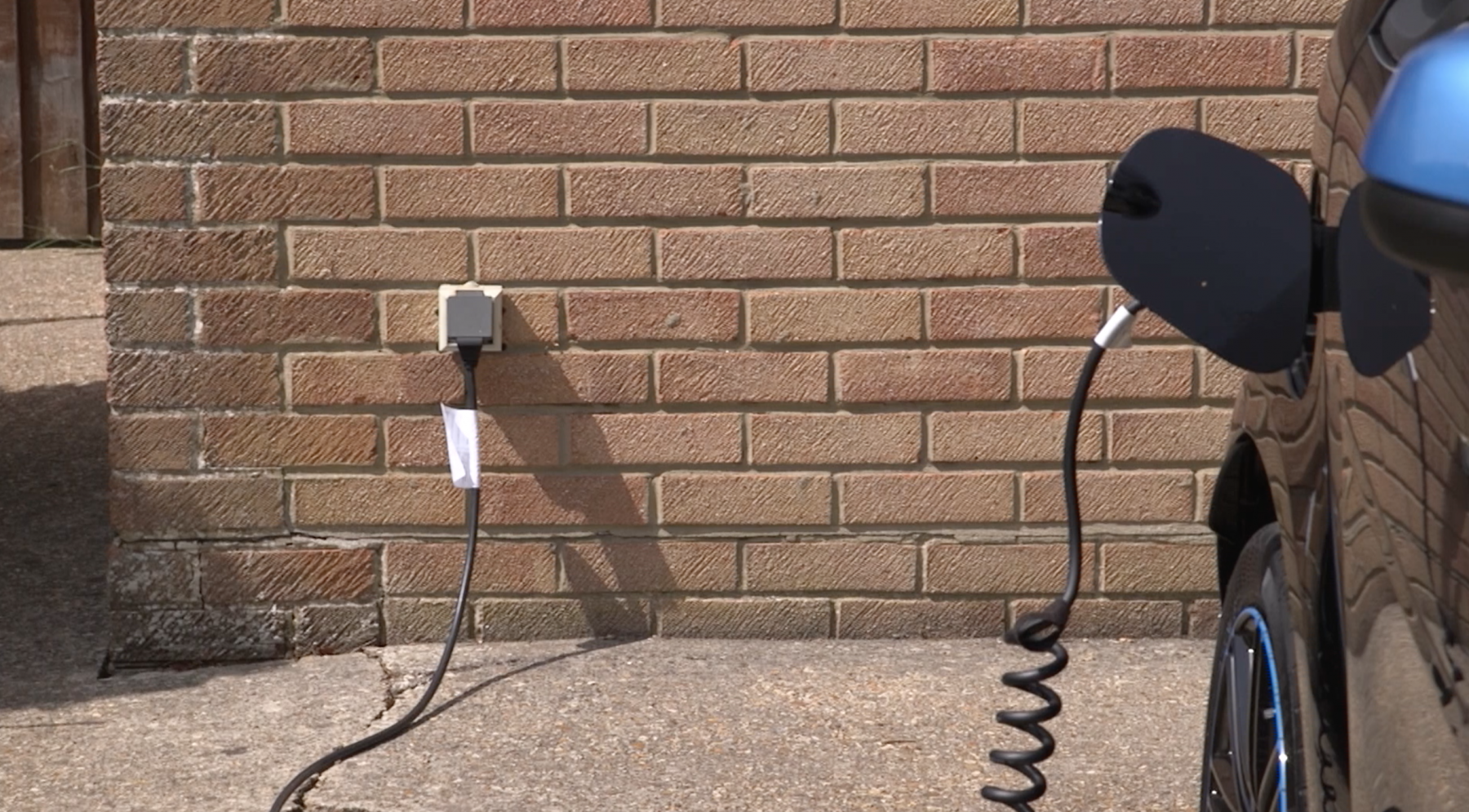
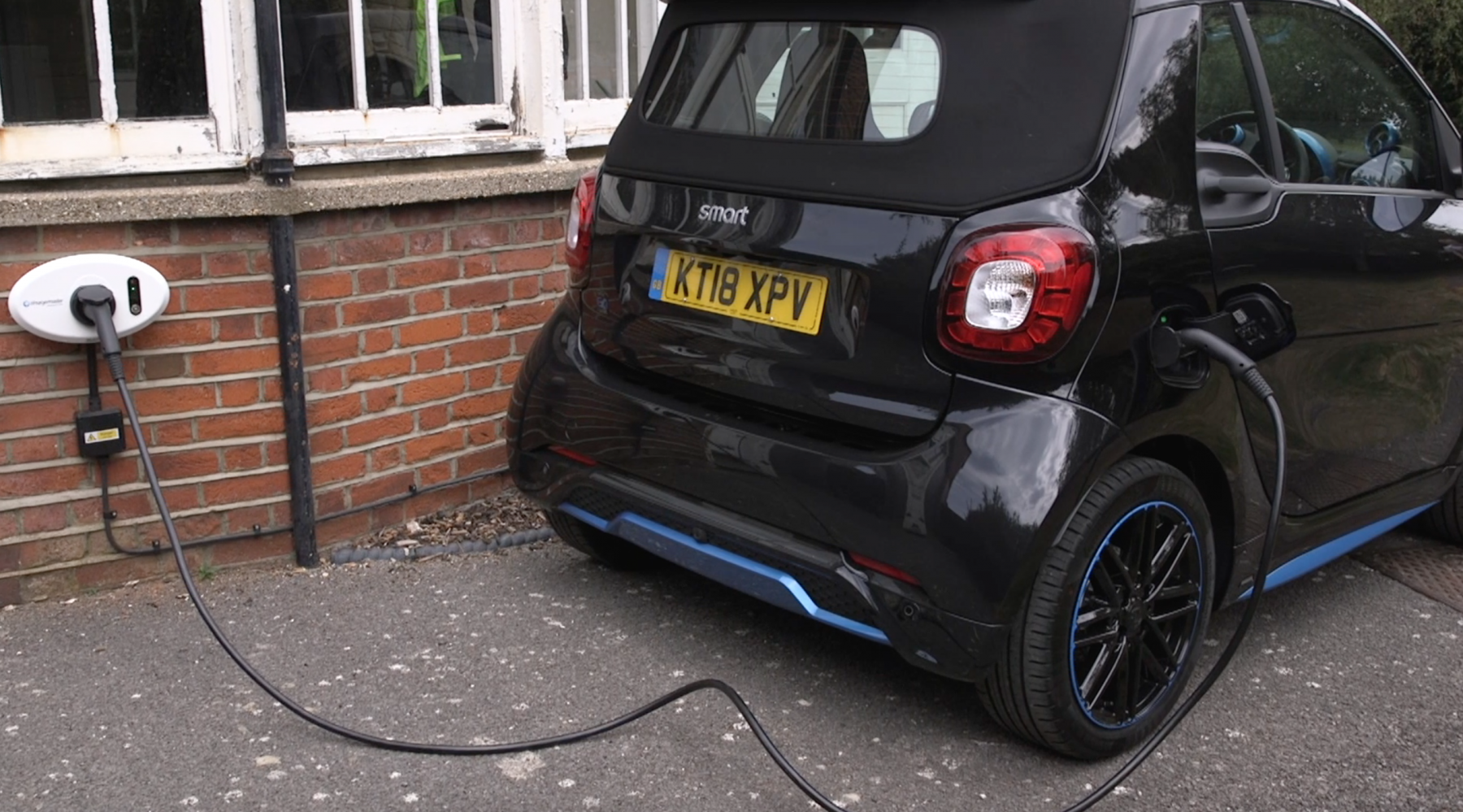

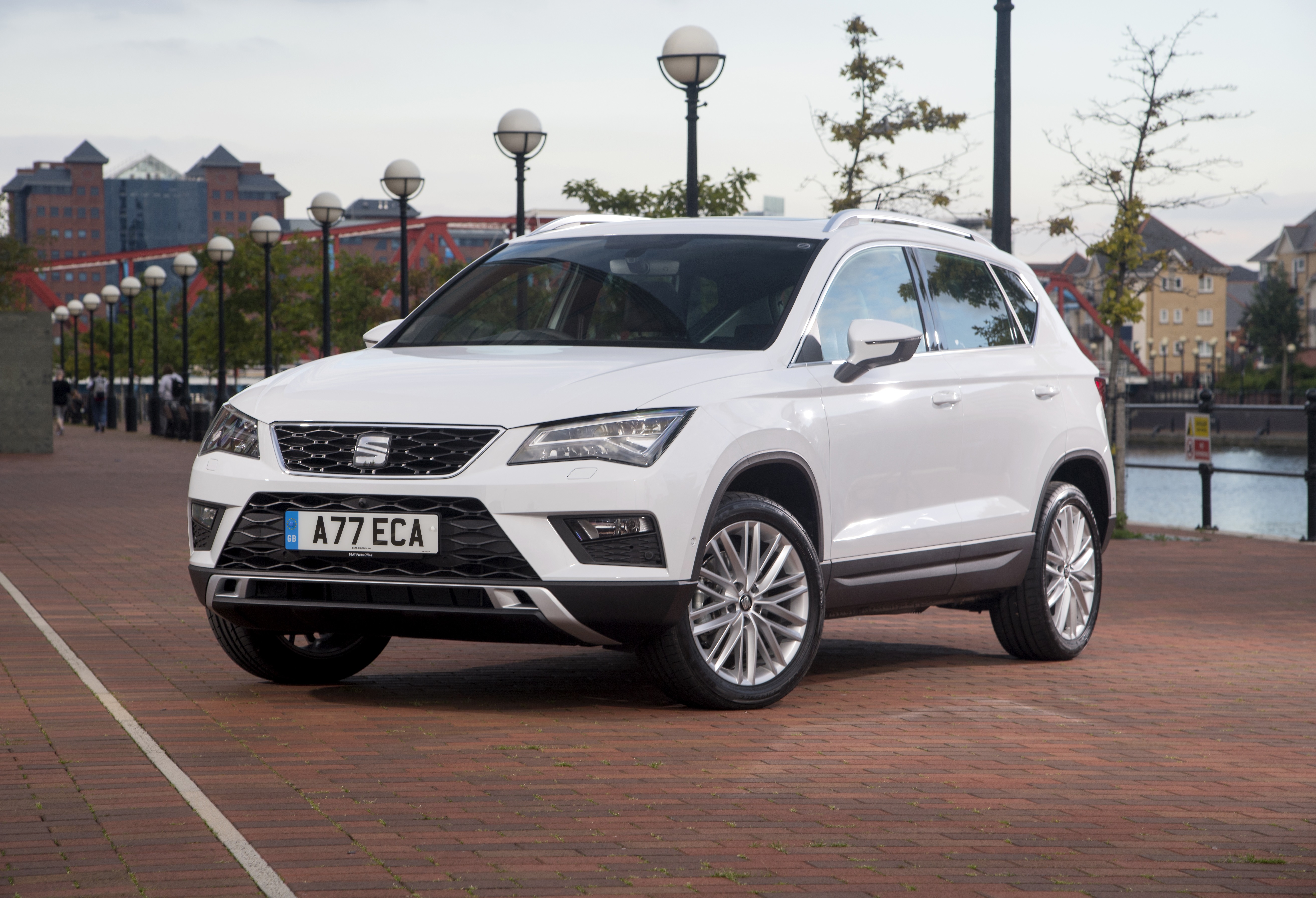
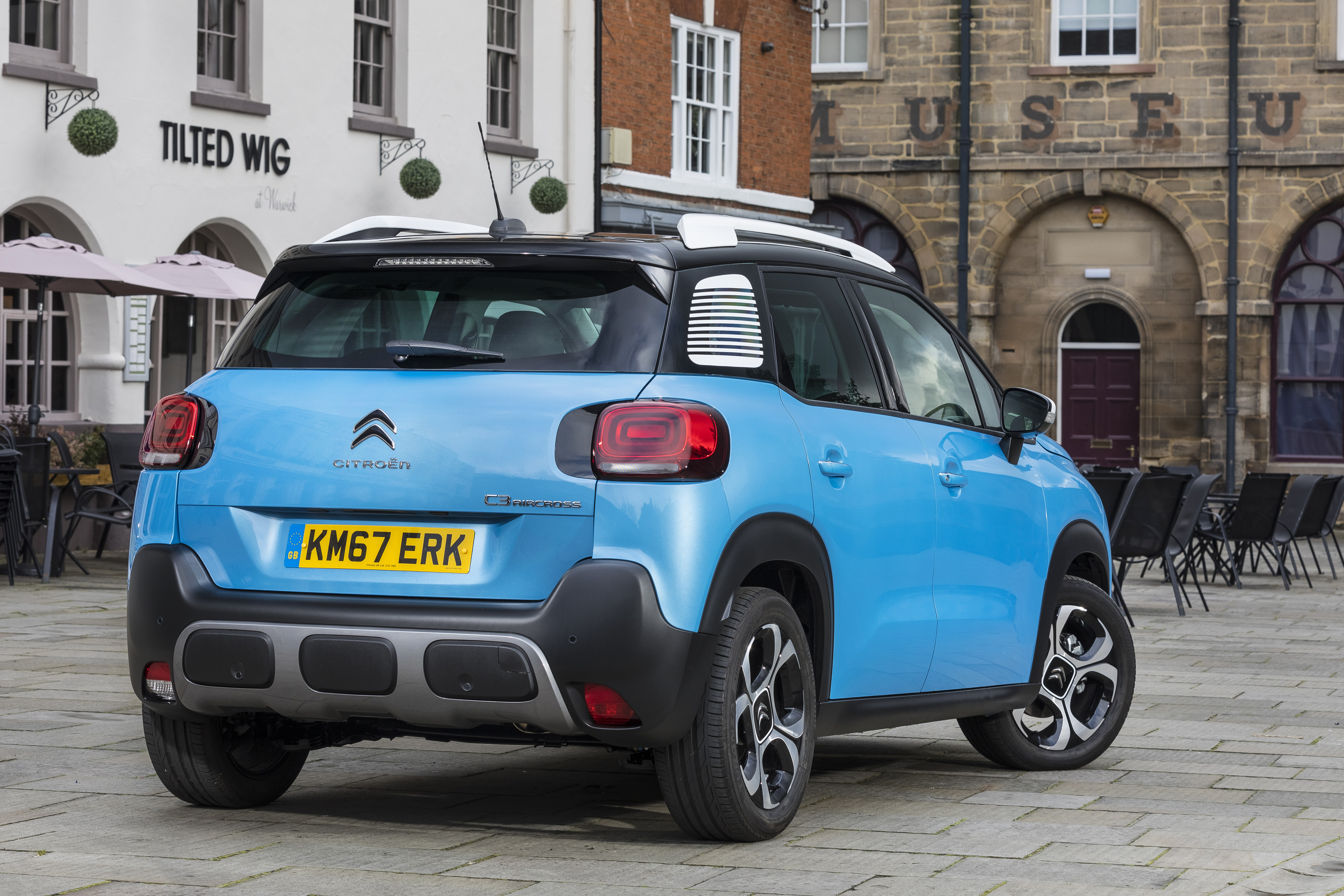
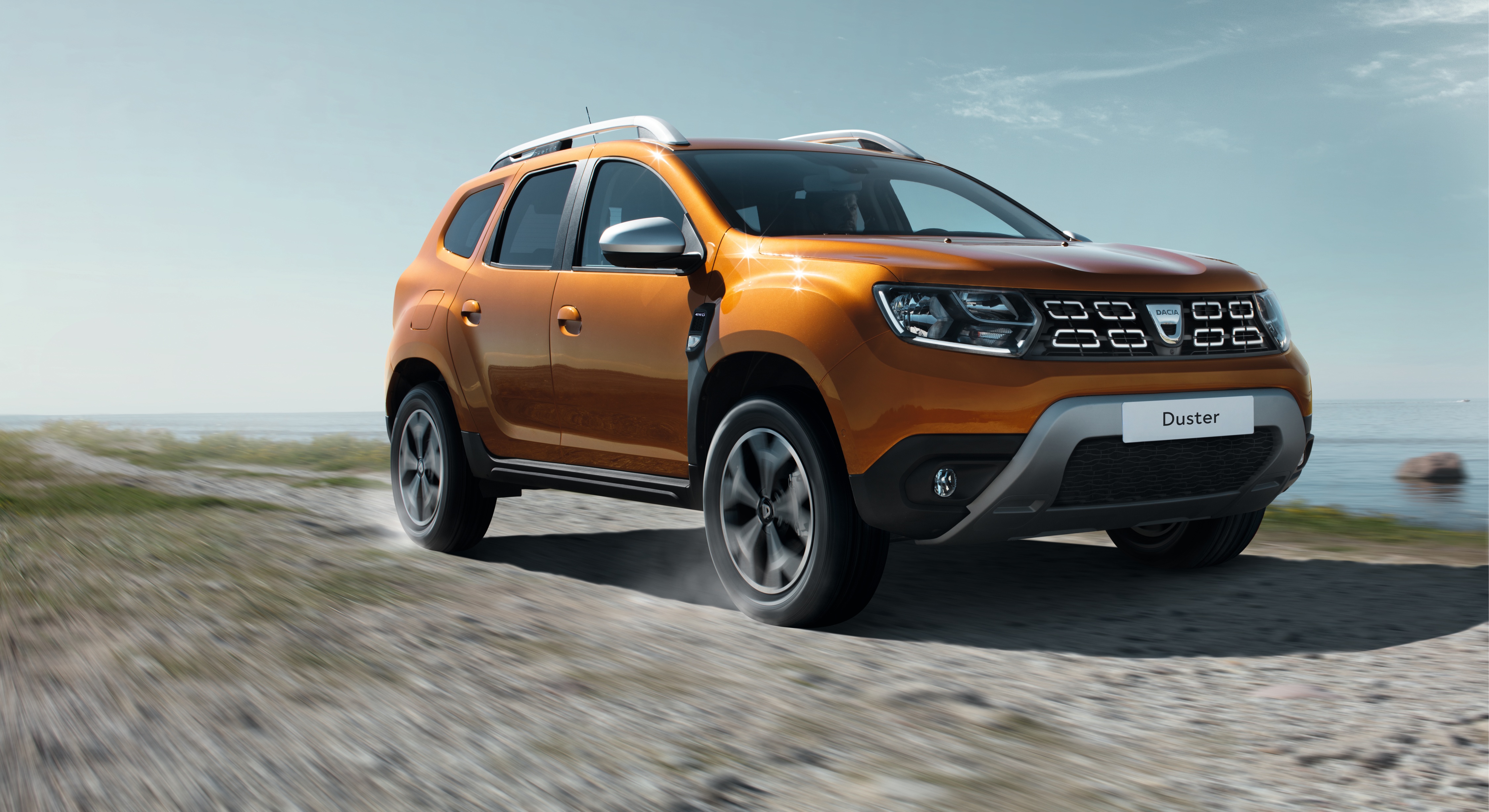
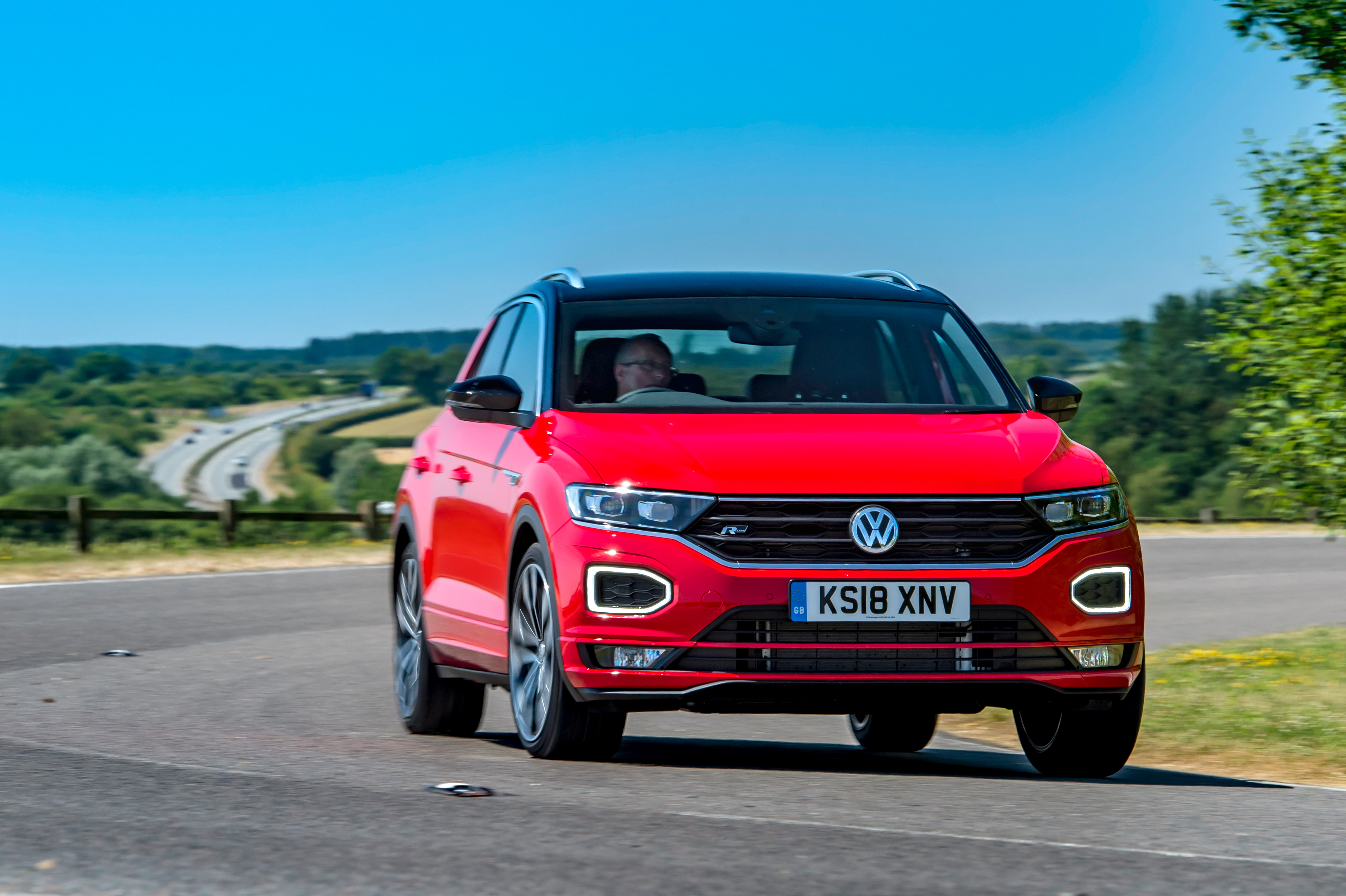
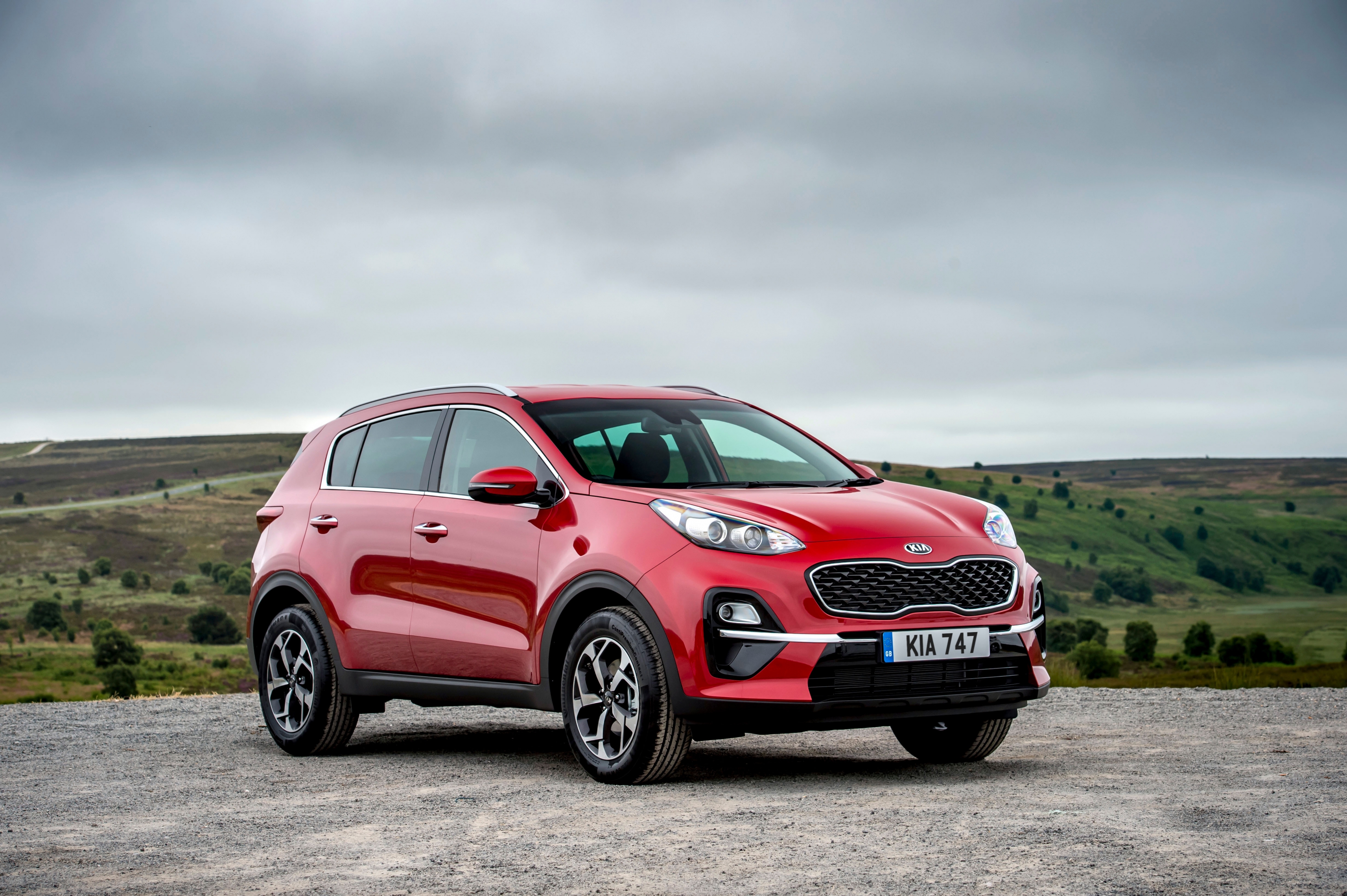
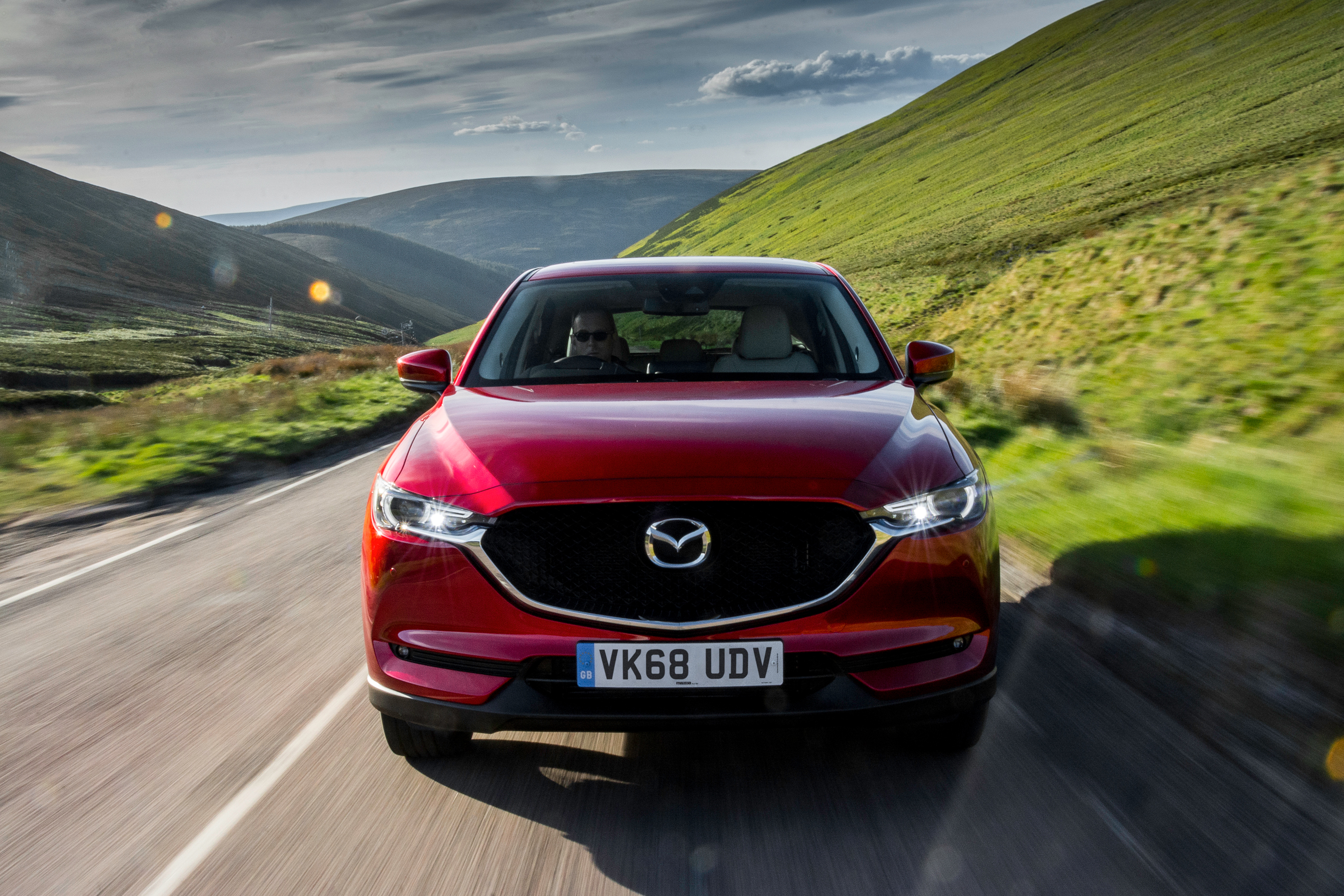
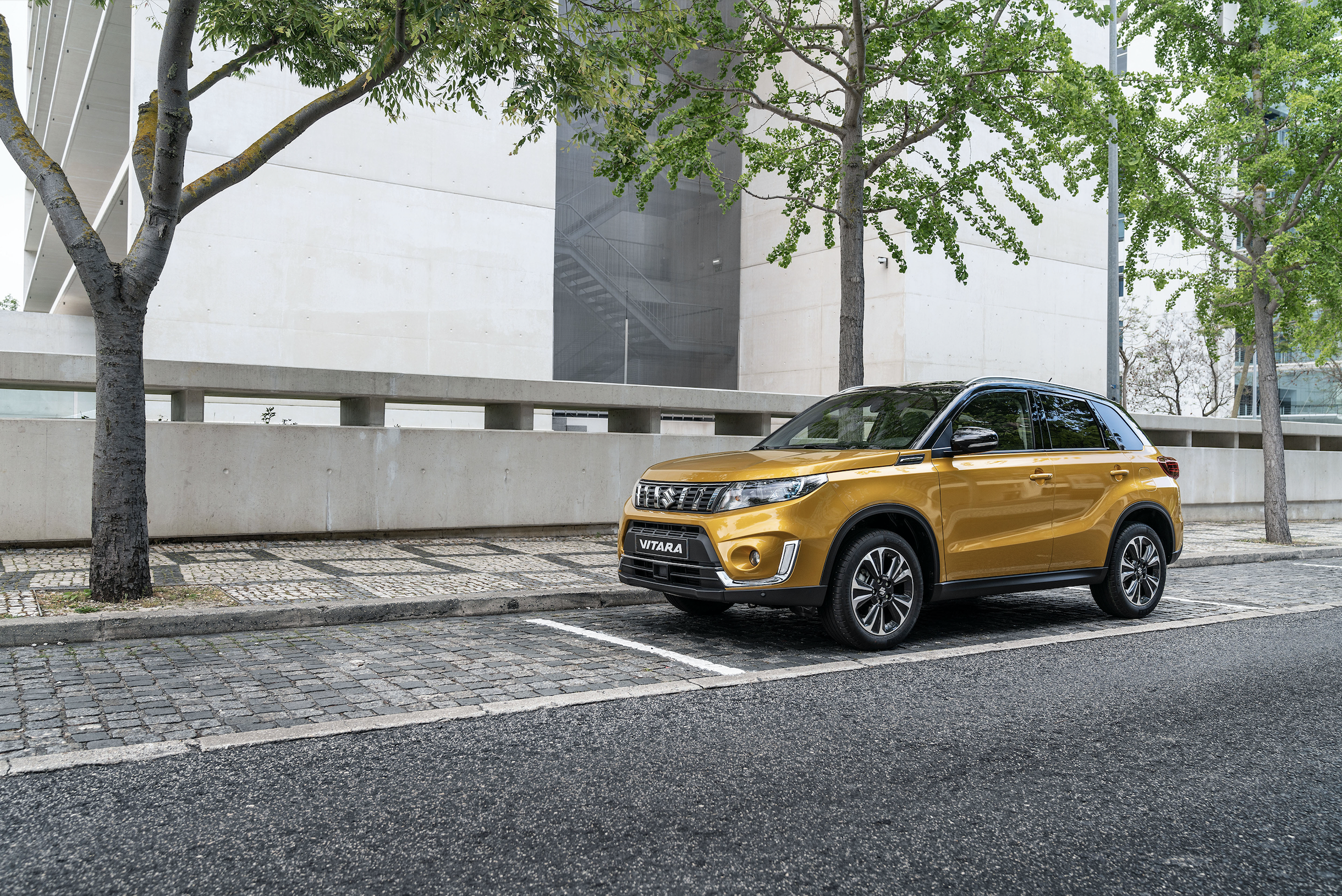
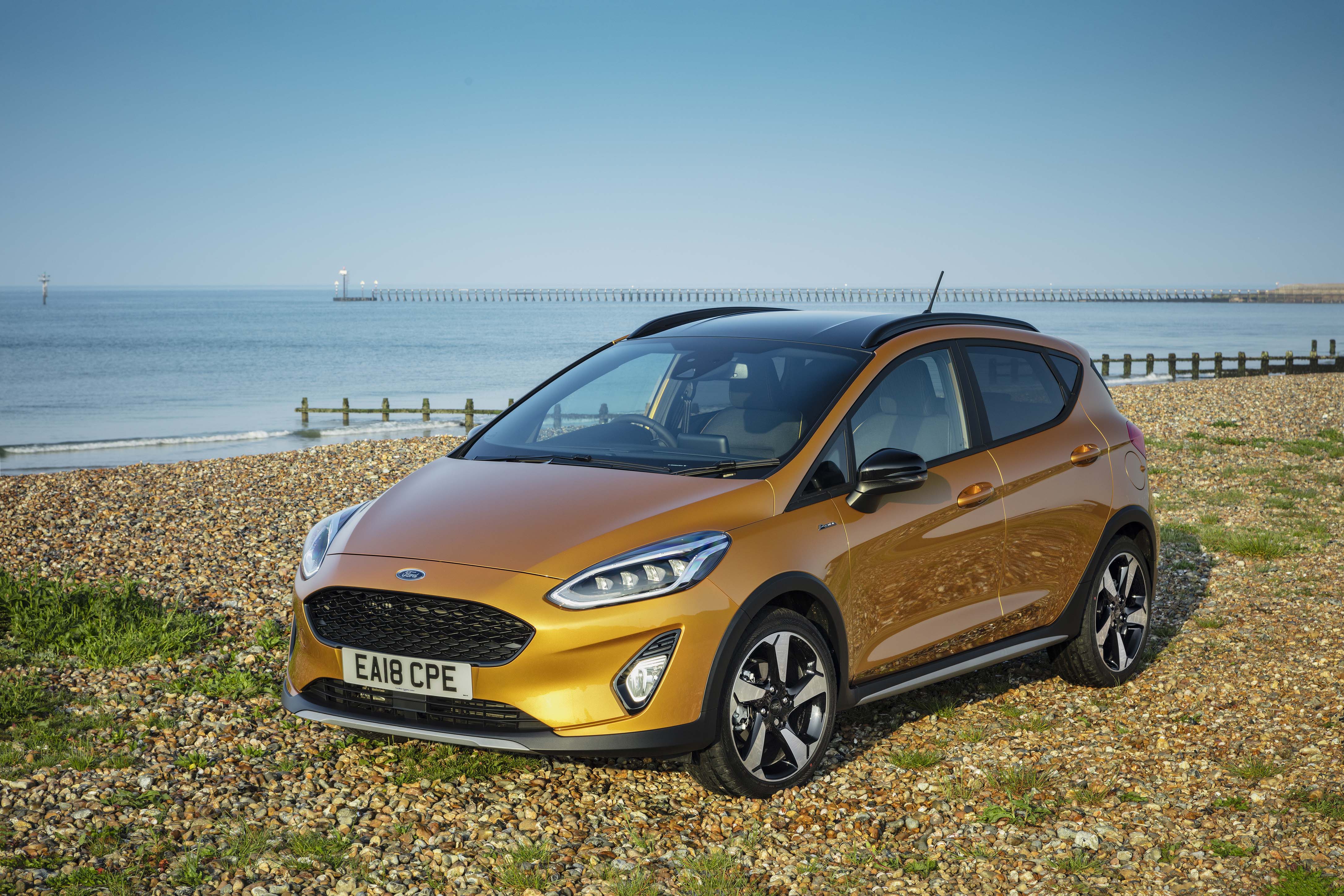
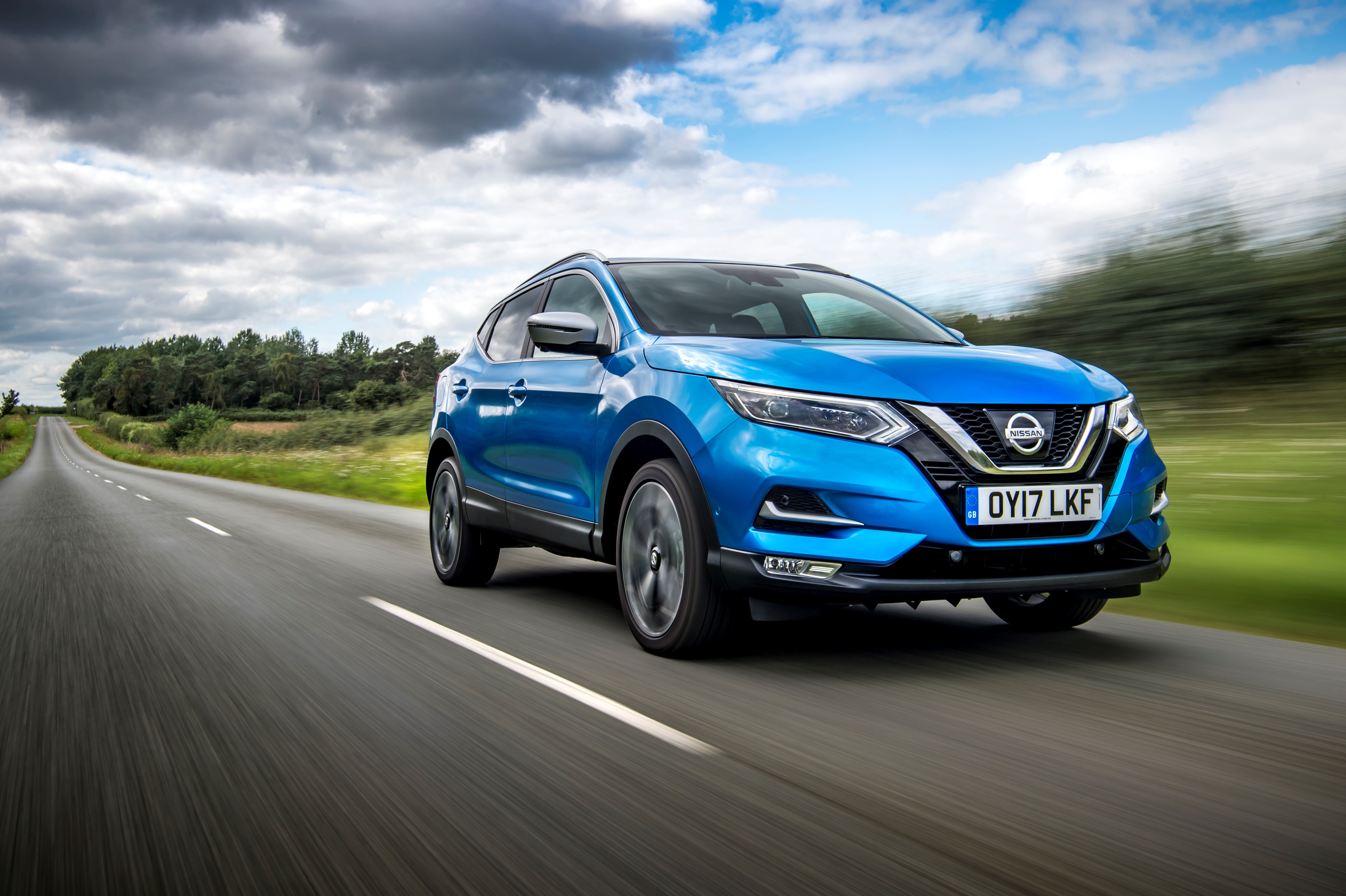

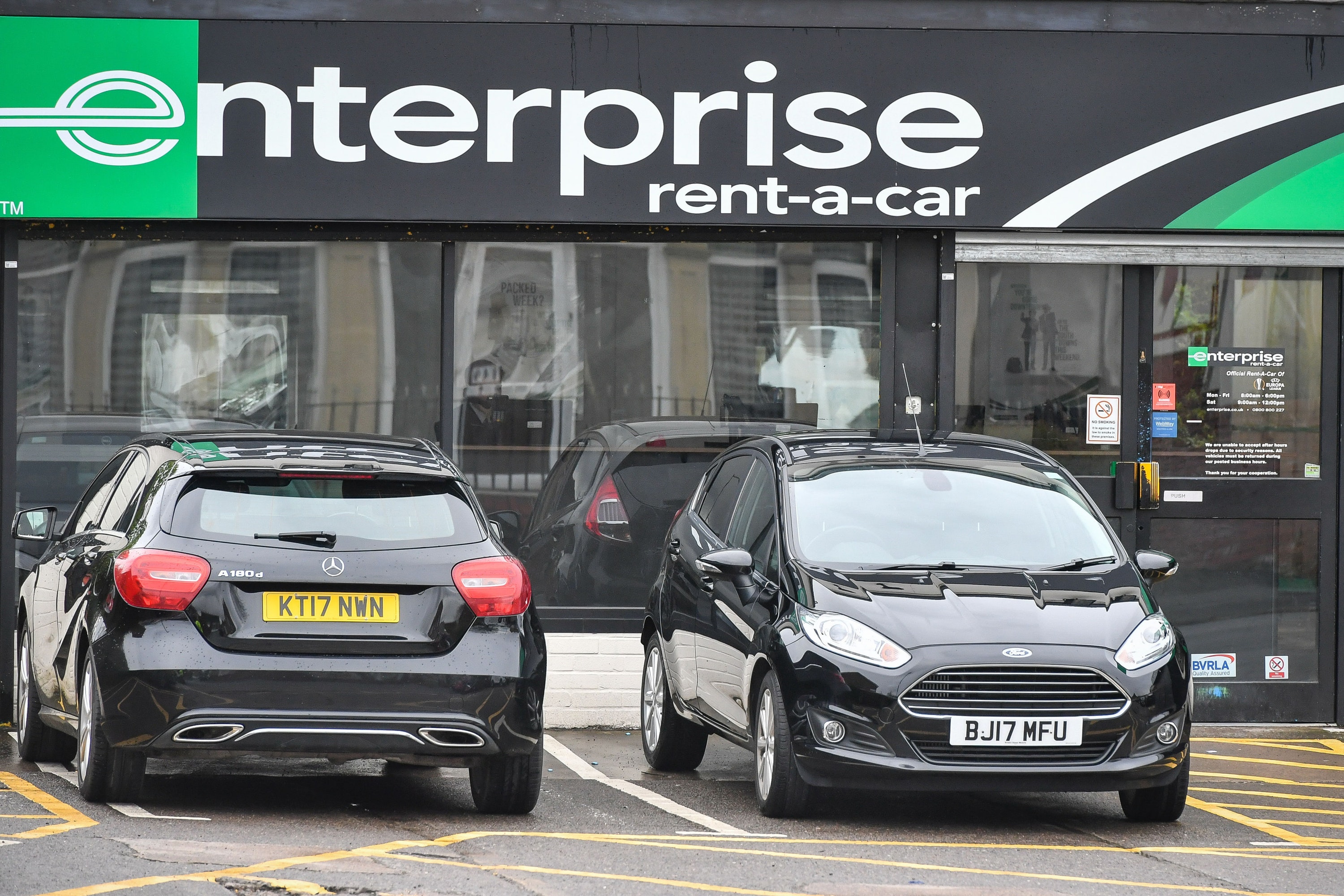


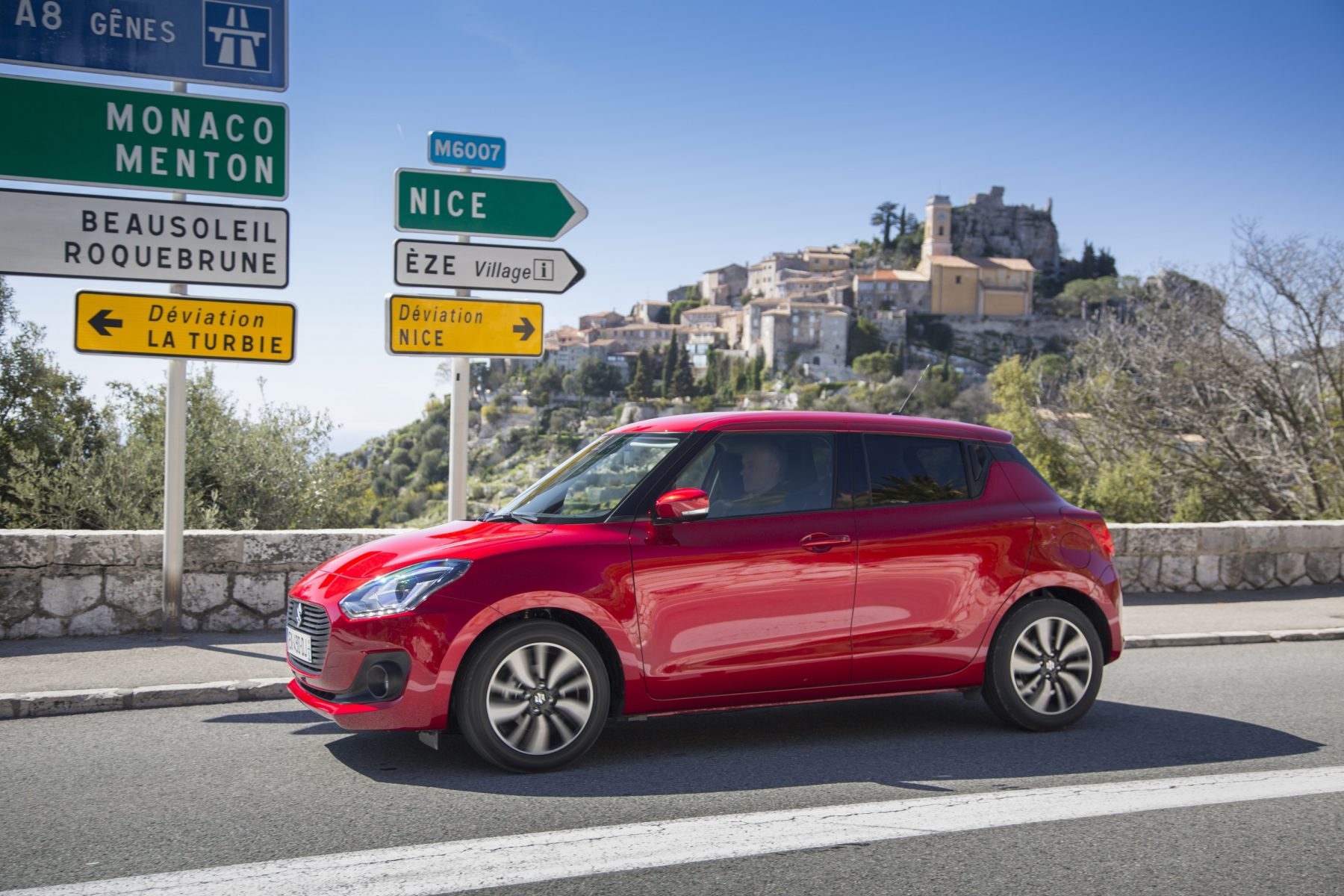
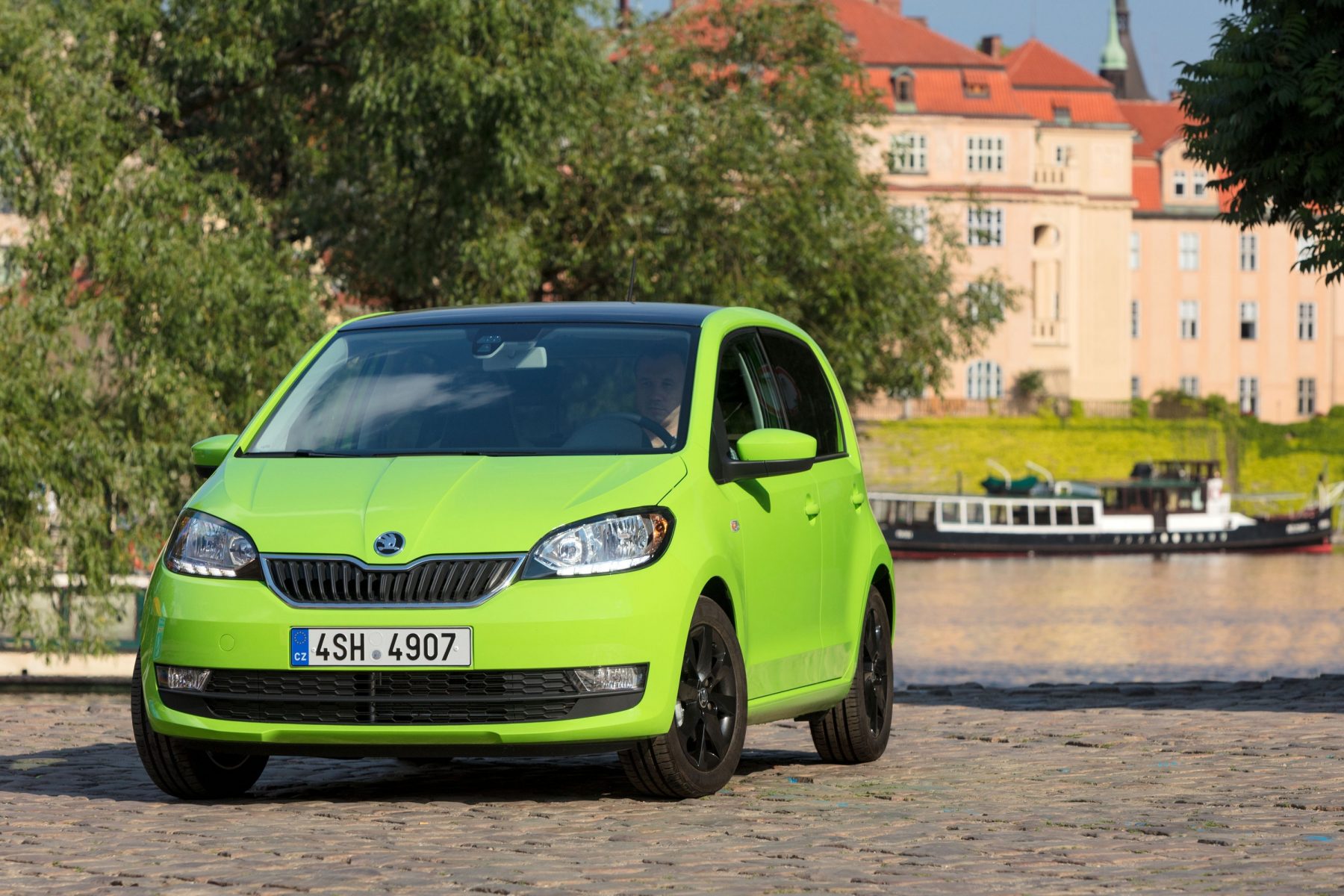
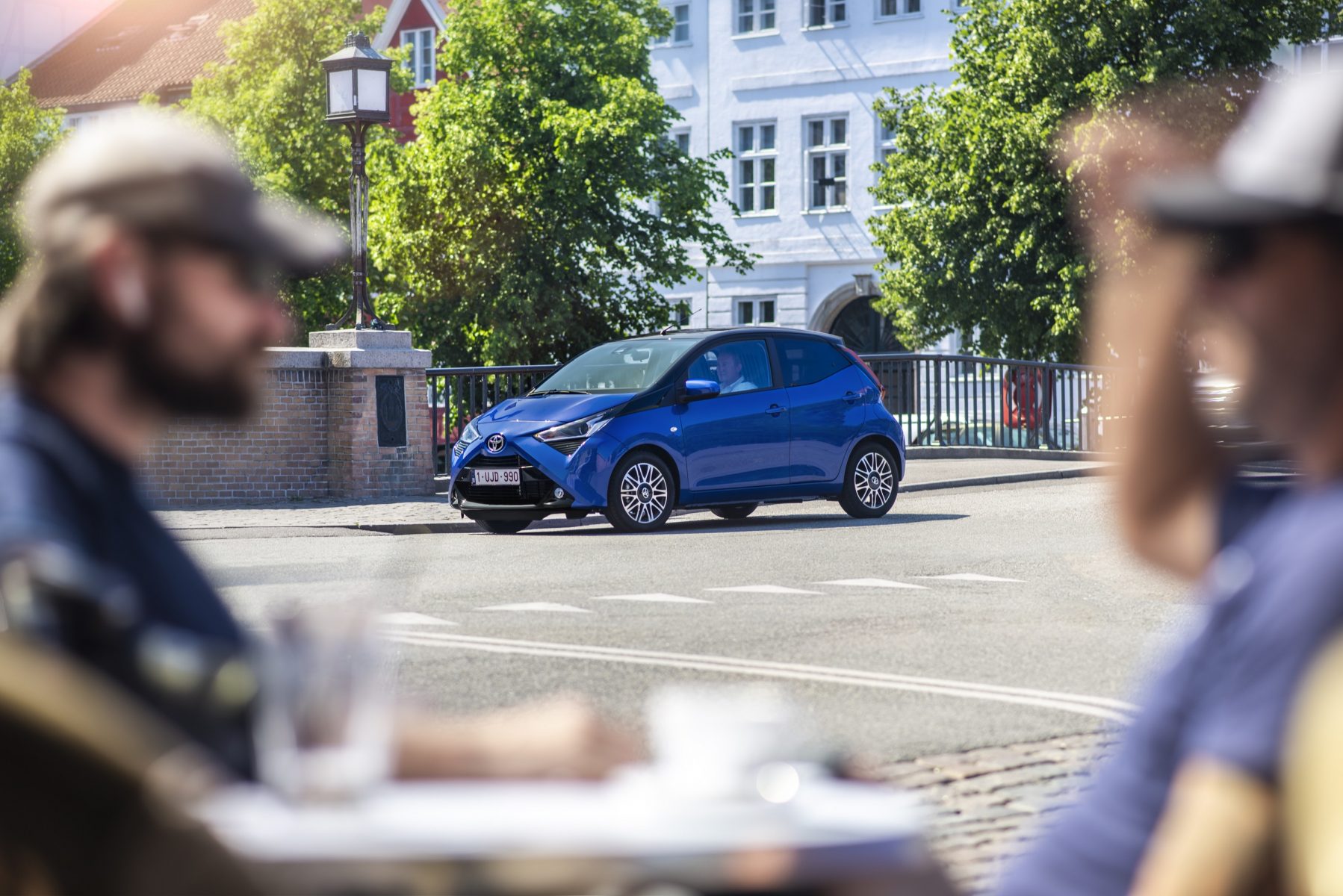


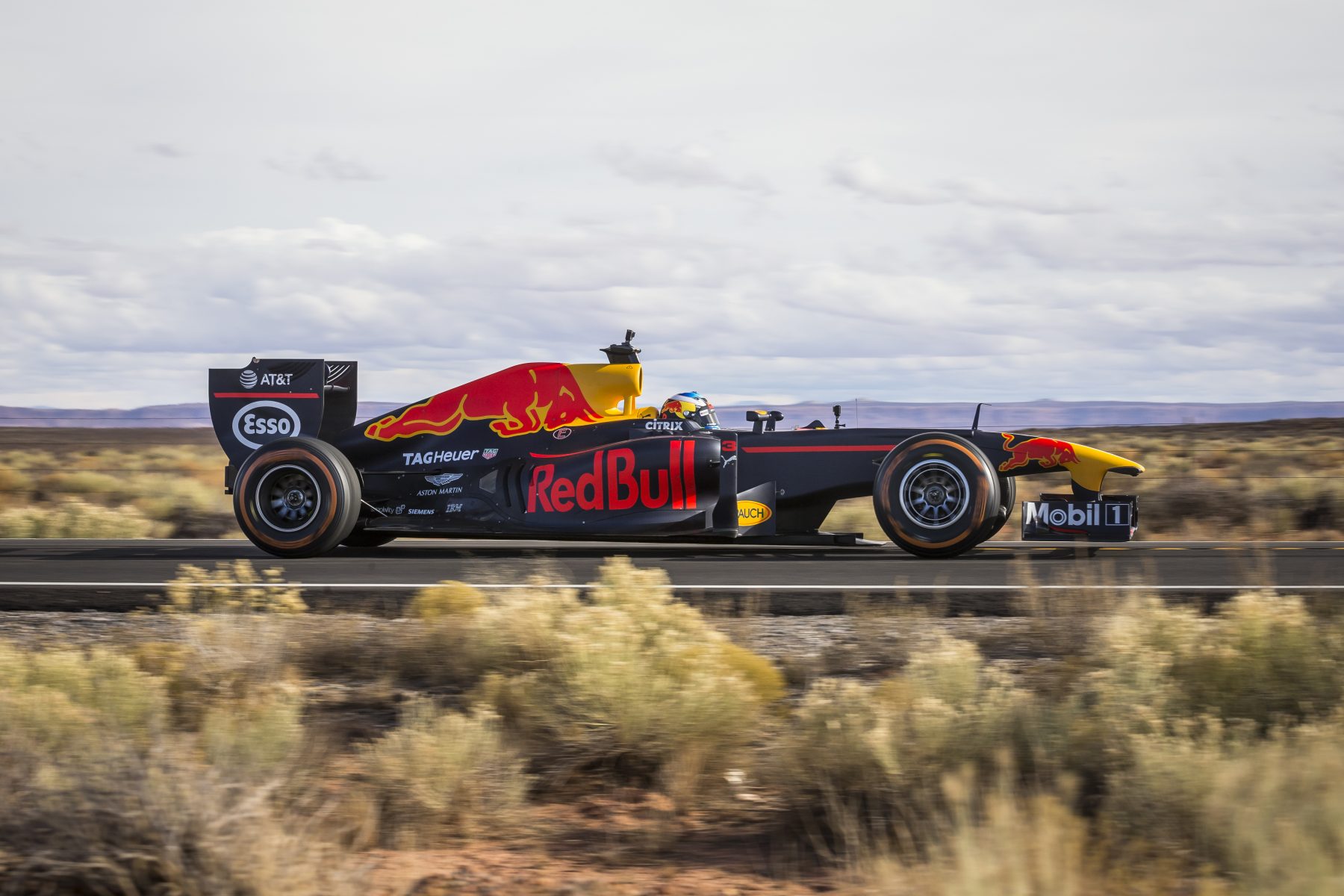
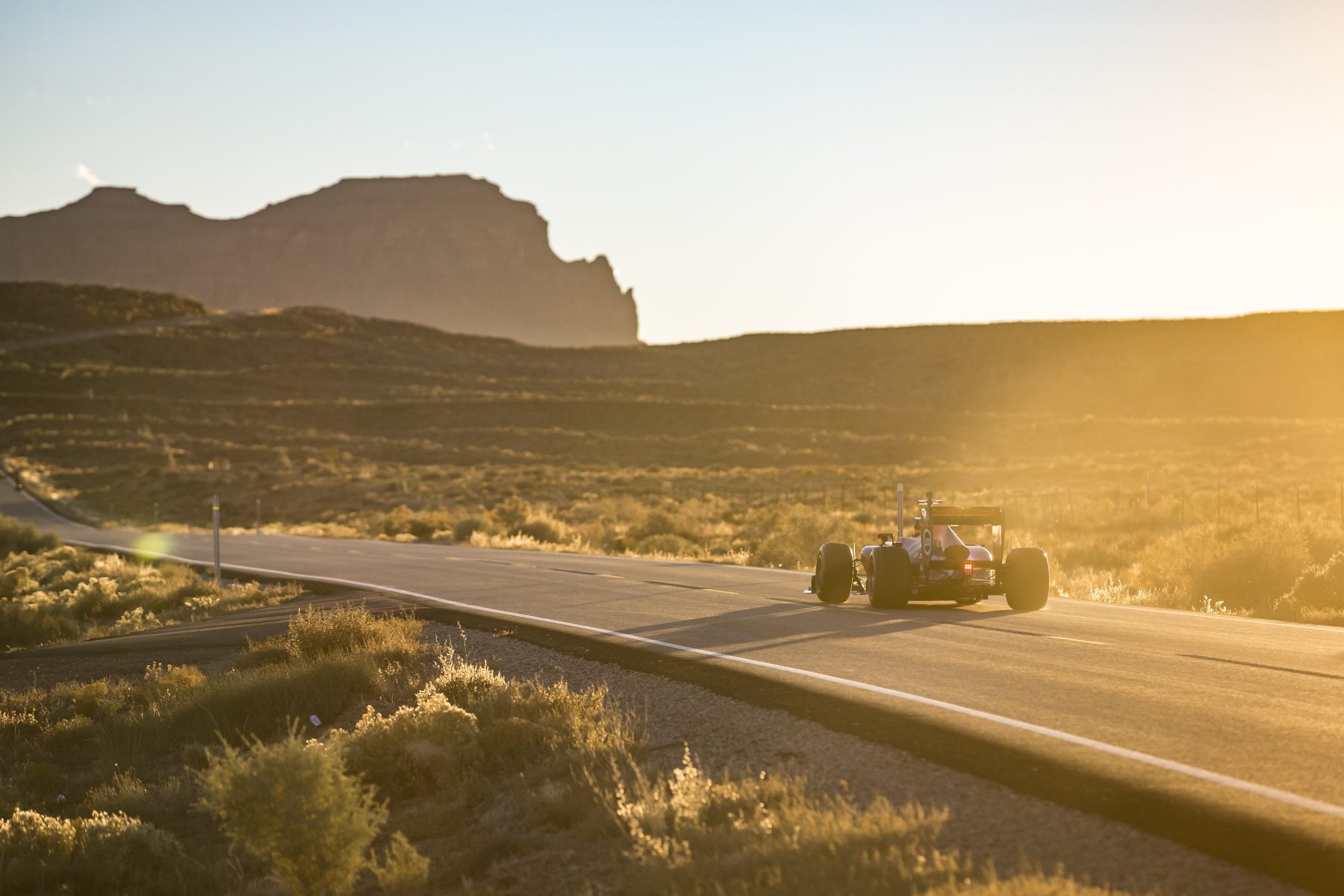
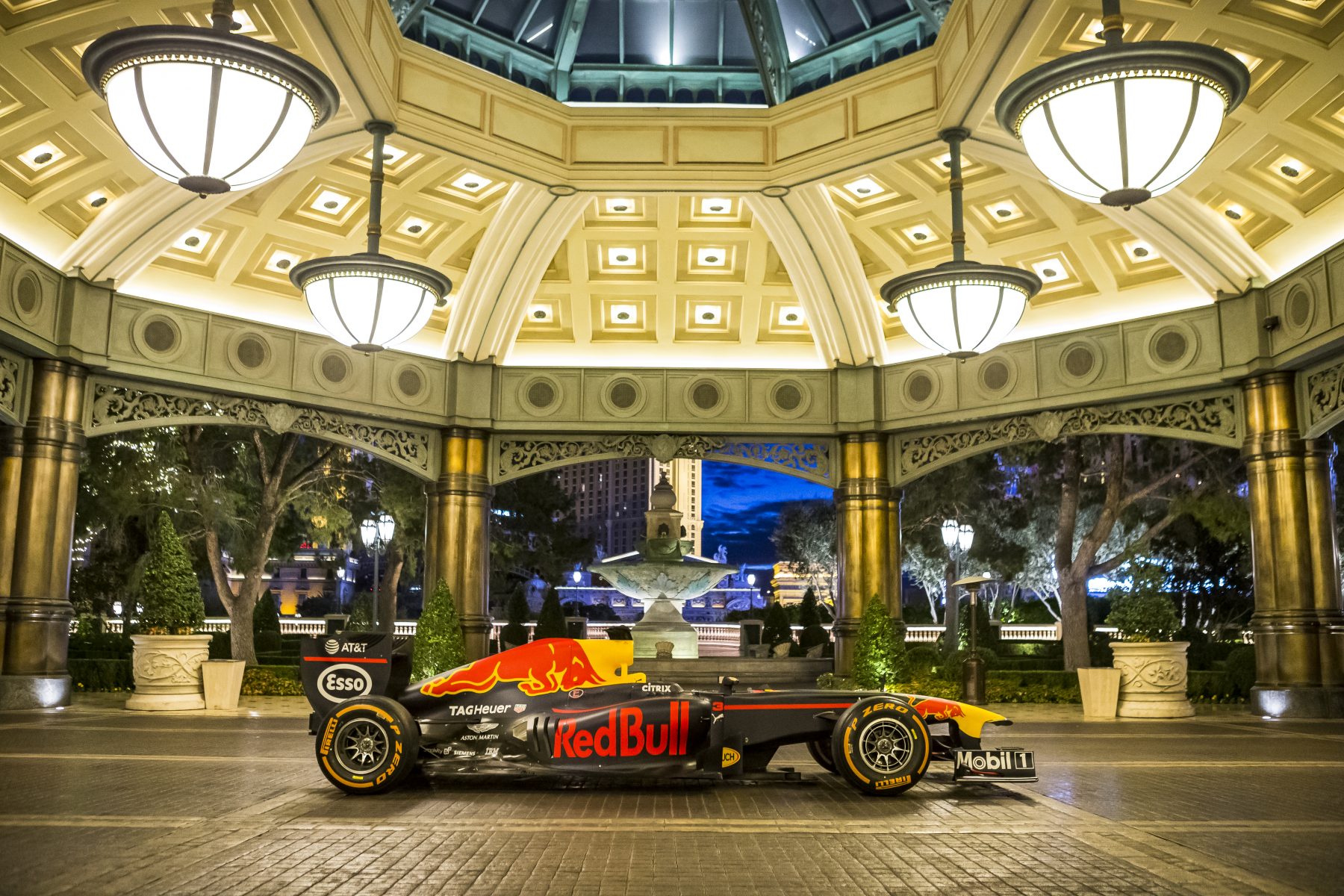
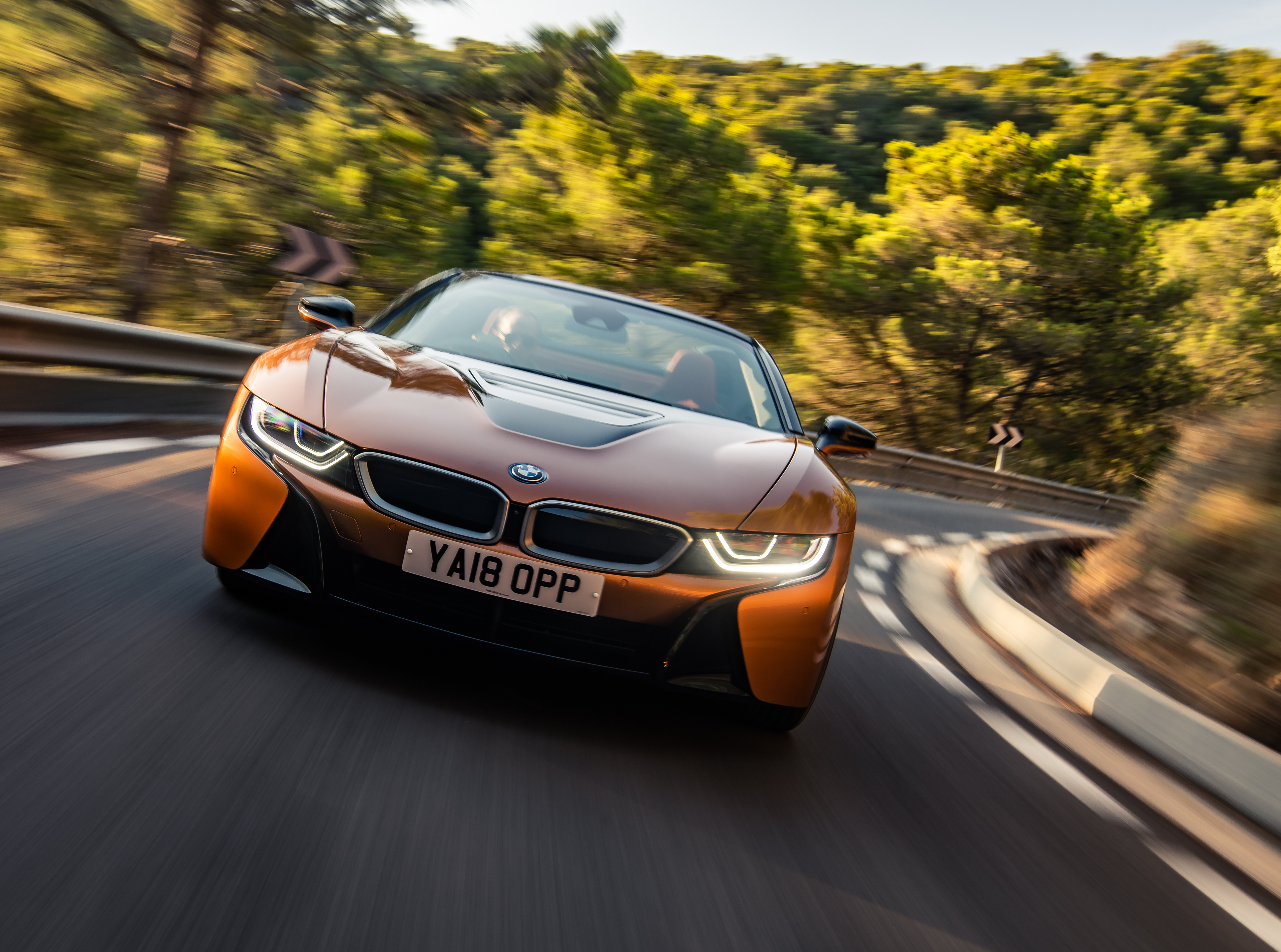
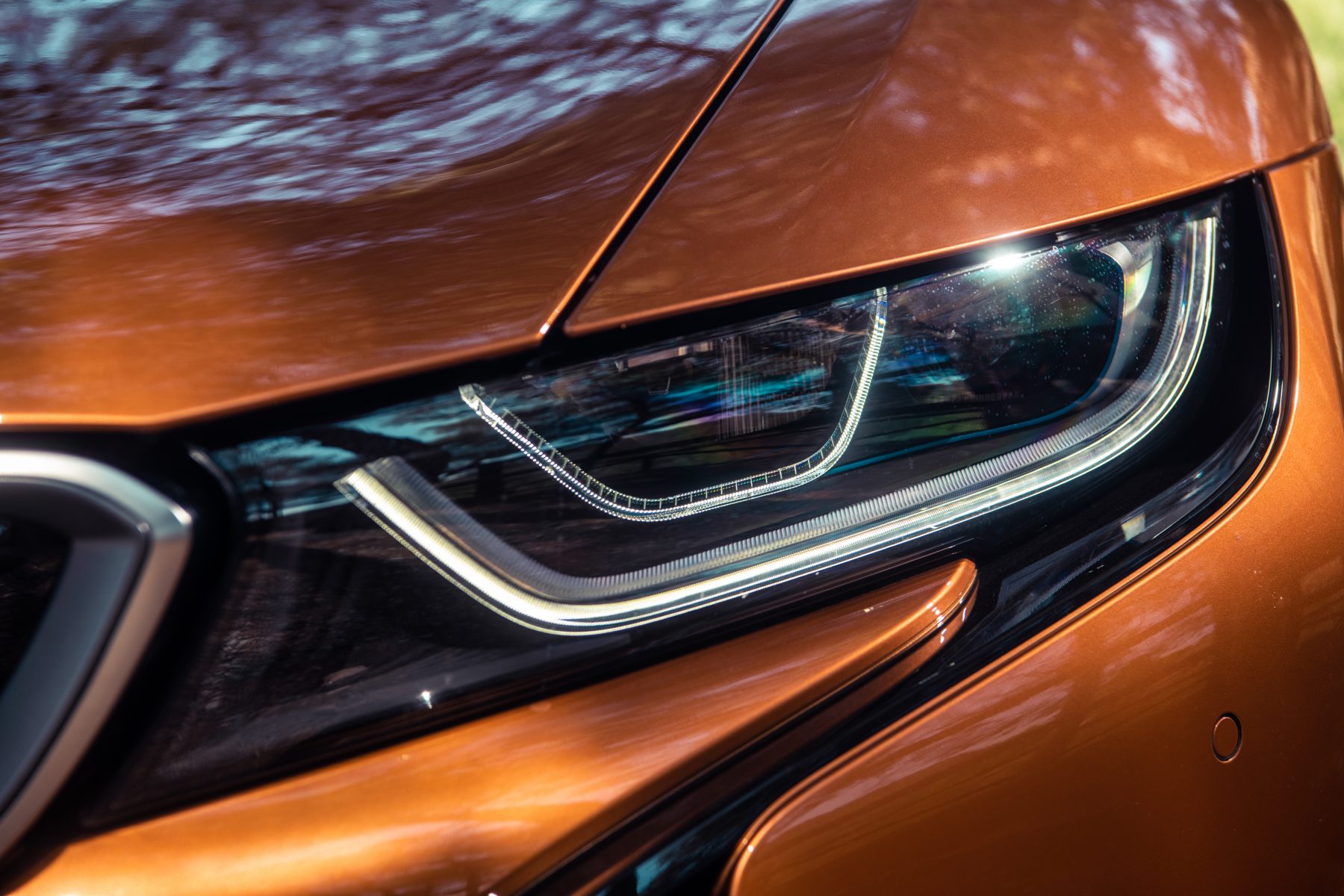
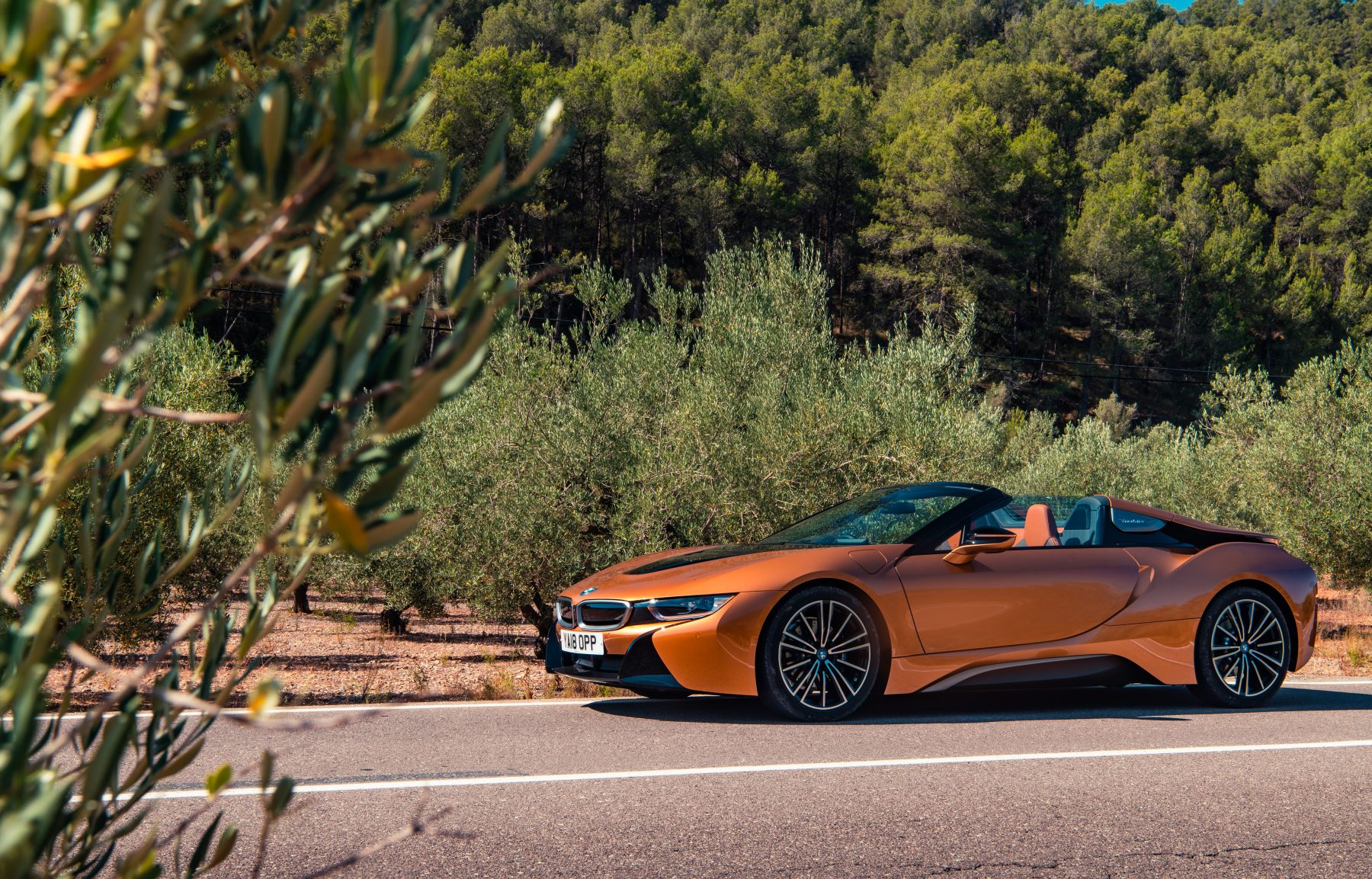
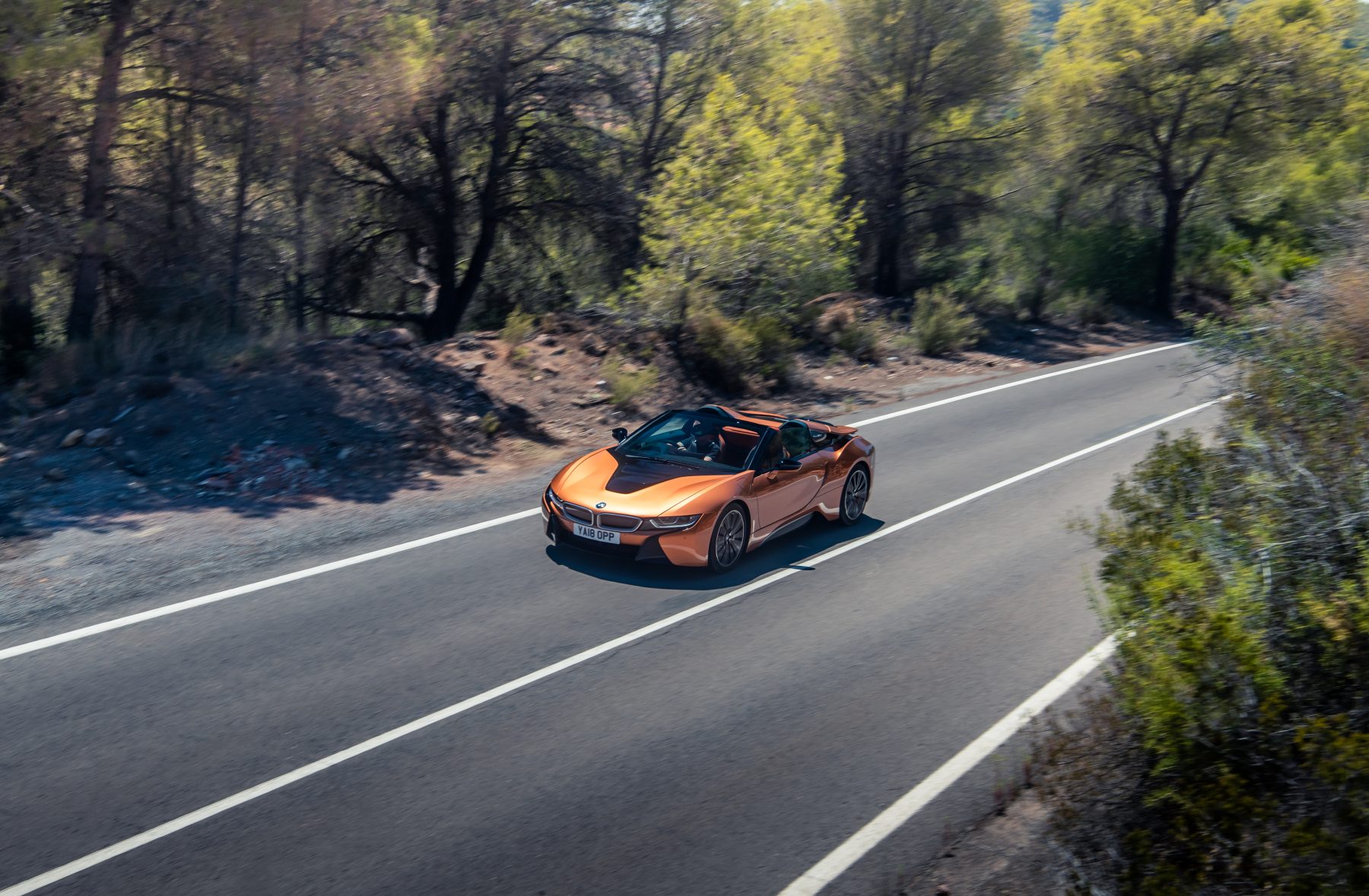
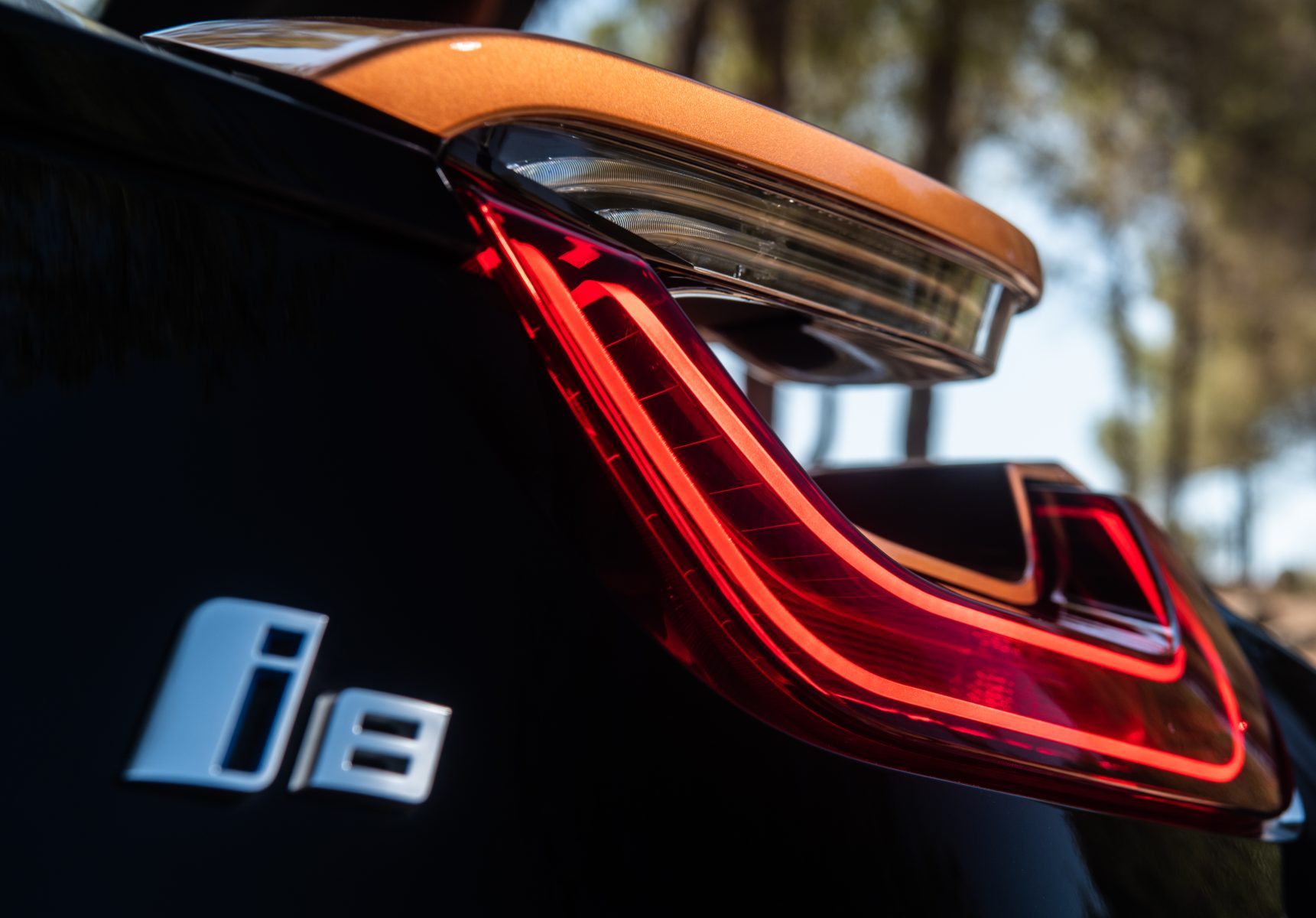

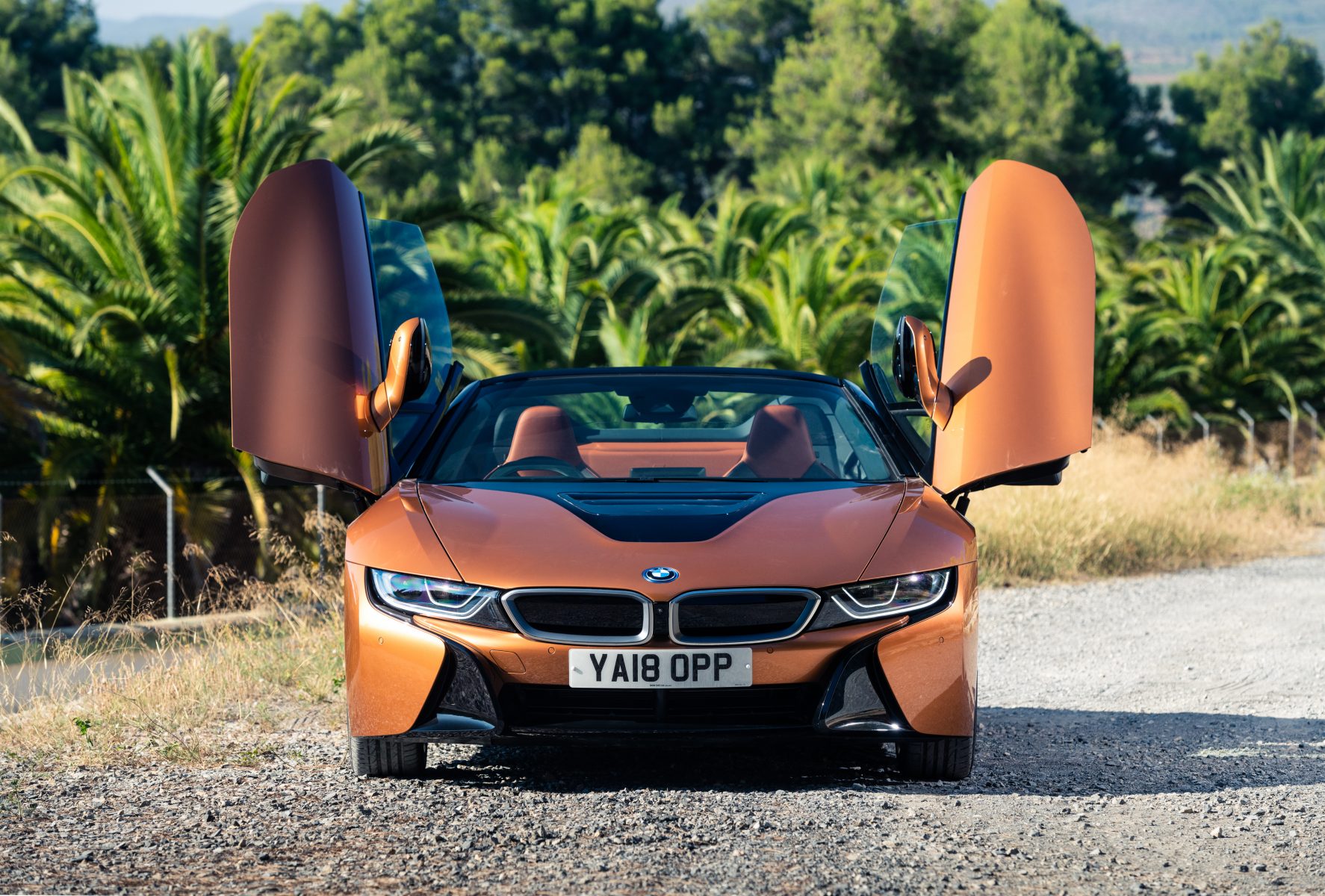

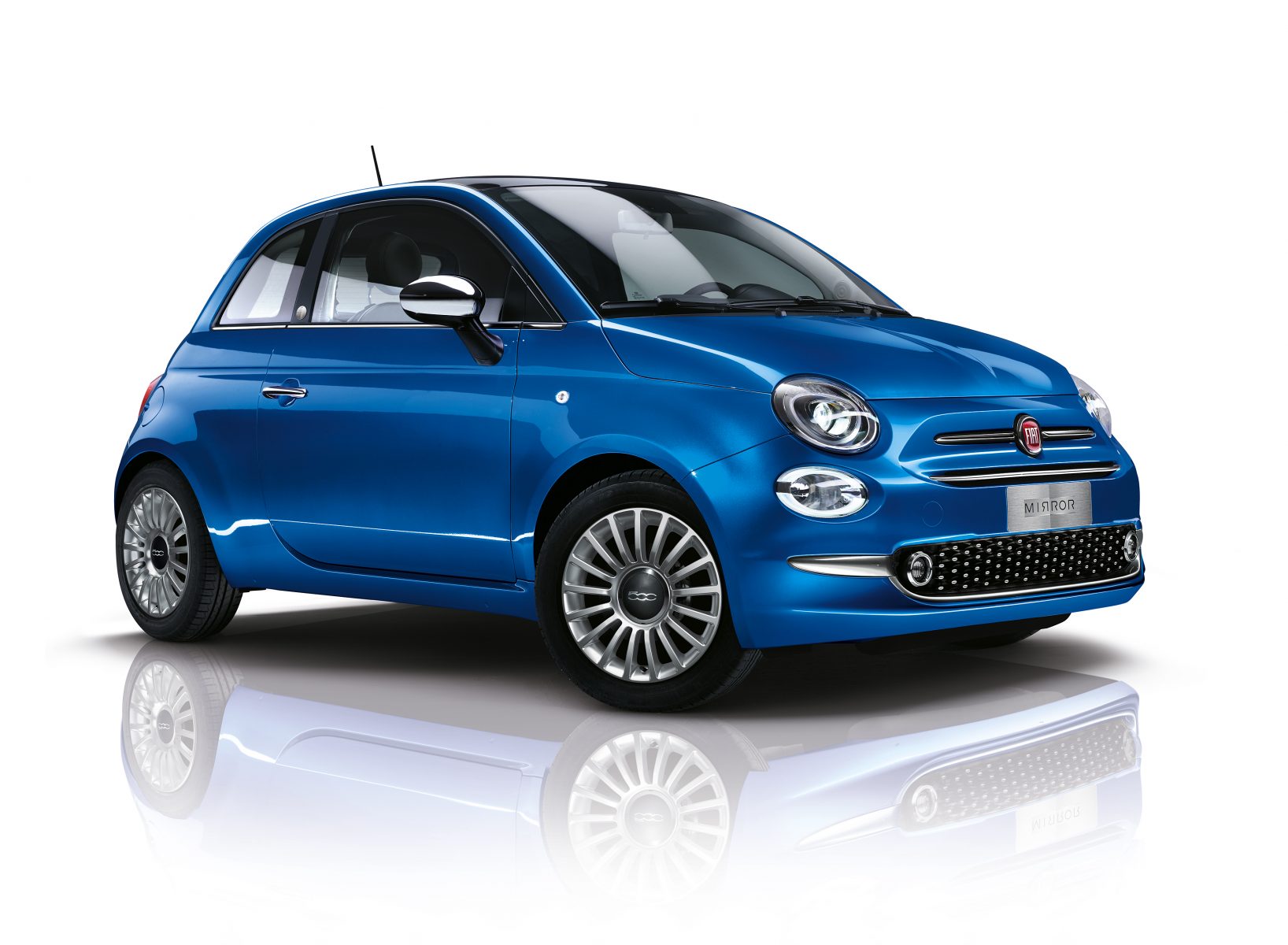 The re-introduction of the 500 could well be Marchionne’s greatest achievement. Releasing this new-retro model when such cars were at their peak was a brilliant move, and the car continues to sell almost a dozen years after its introduction.
The re-introduction of the 500 could well be Marchionne’s greatest achievement. Releasing this new-retro model when such cars were at their peak was a brilliant move, and the car continues to sell almost a dozen years after its introduction.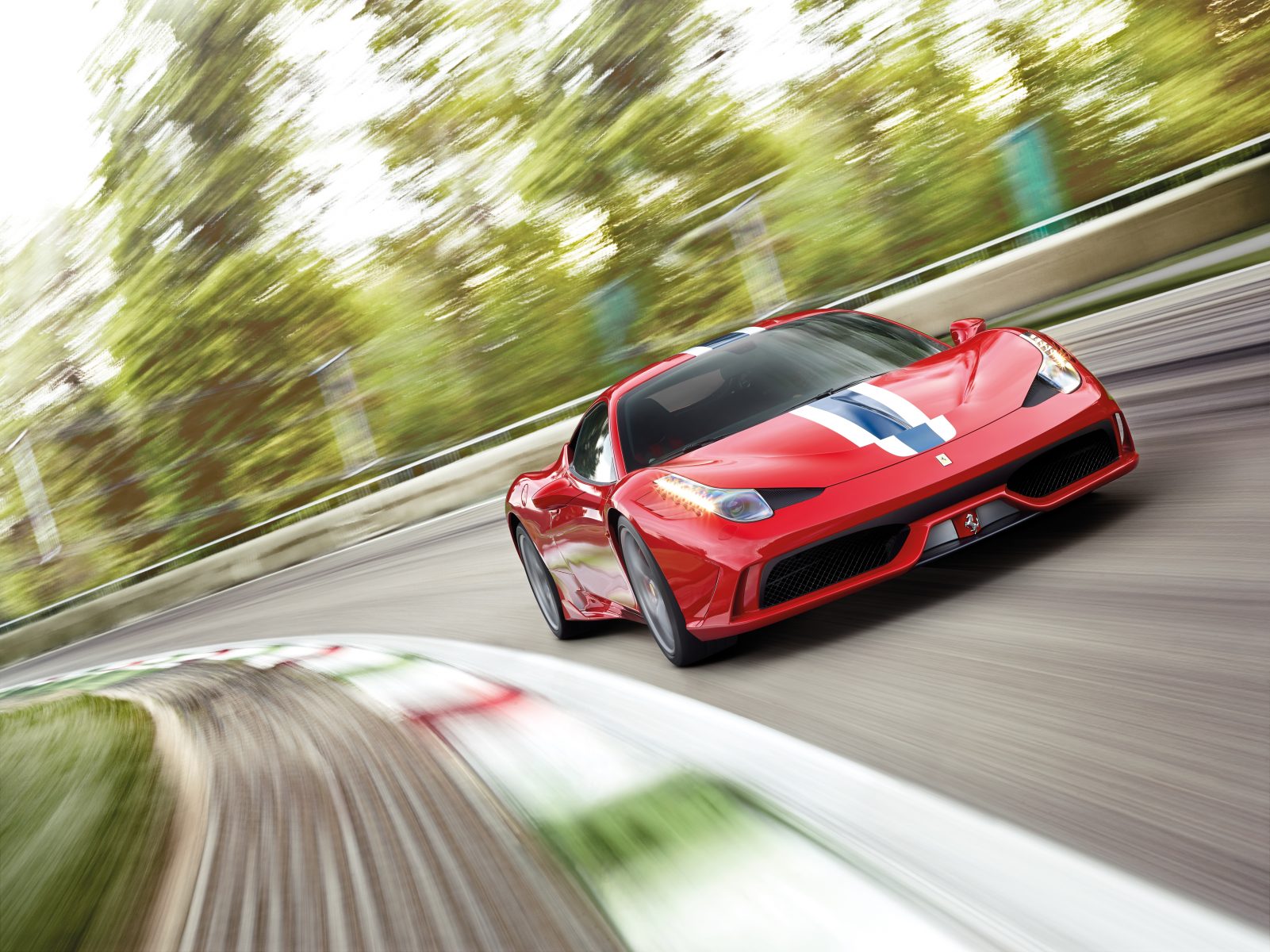 The last of a magnificent era, the 458 Speciale will likely be the last of the naturally-aspirated V8 supercars from Ferrari. This car is going to be priceless someday.
The last of a magnificent era, the 458 Speciale will likely be the last of the naturally-aspirated V8 supercars from Ferrari. This car is going to be priceless someday.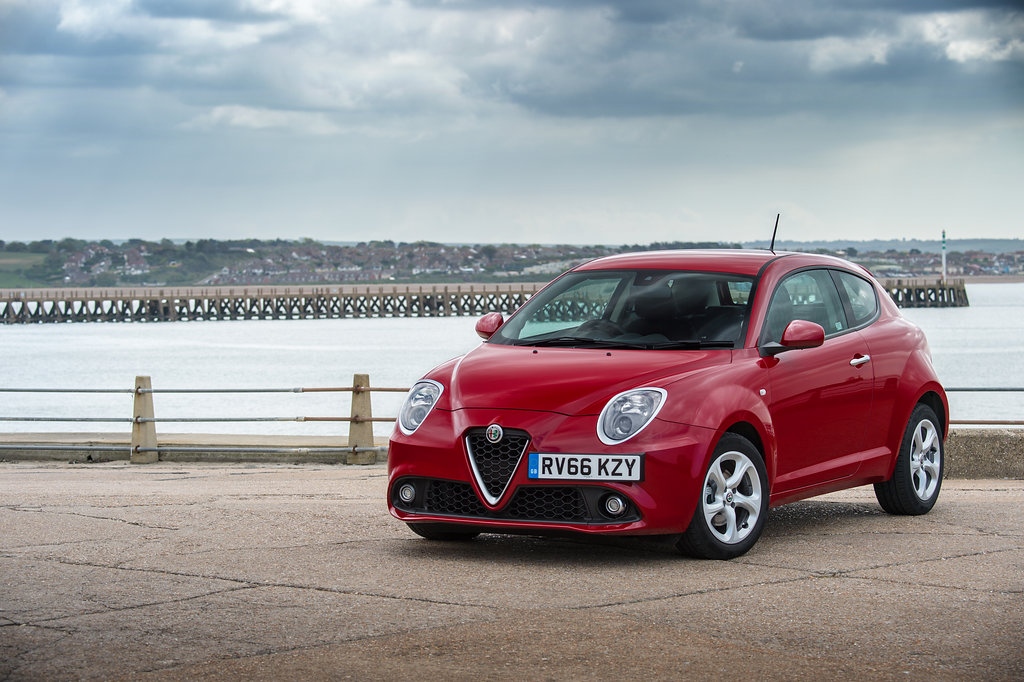 Based on the Fiat 500, the MiTo takes the faux-retro Fiat and turns it into a new breed of car to wear the Alfa badge. It’s an extremely pretty supermini, and a good choice if you want to separate yourself from the hoards of 500 owners.
Based on the Fiat 500, the MiTo takes the faux-retro Fiat and turns it into a new breed of car to wear the Alfa badge. It’s an extremely pretty supermini, and a good choice if you want to separate yourself from the hoards of 500 owners.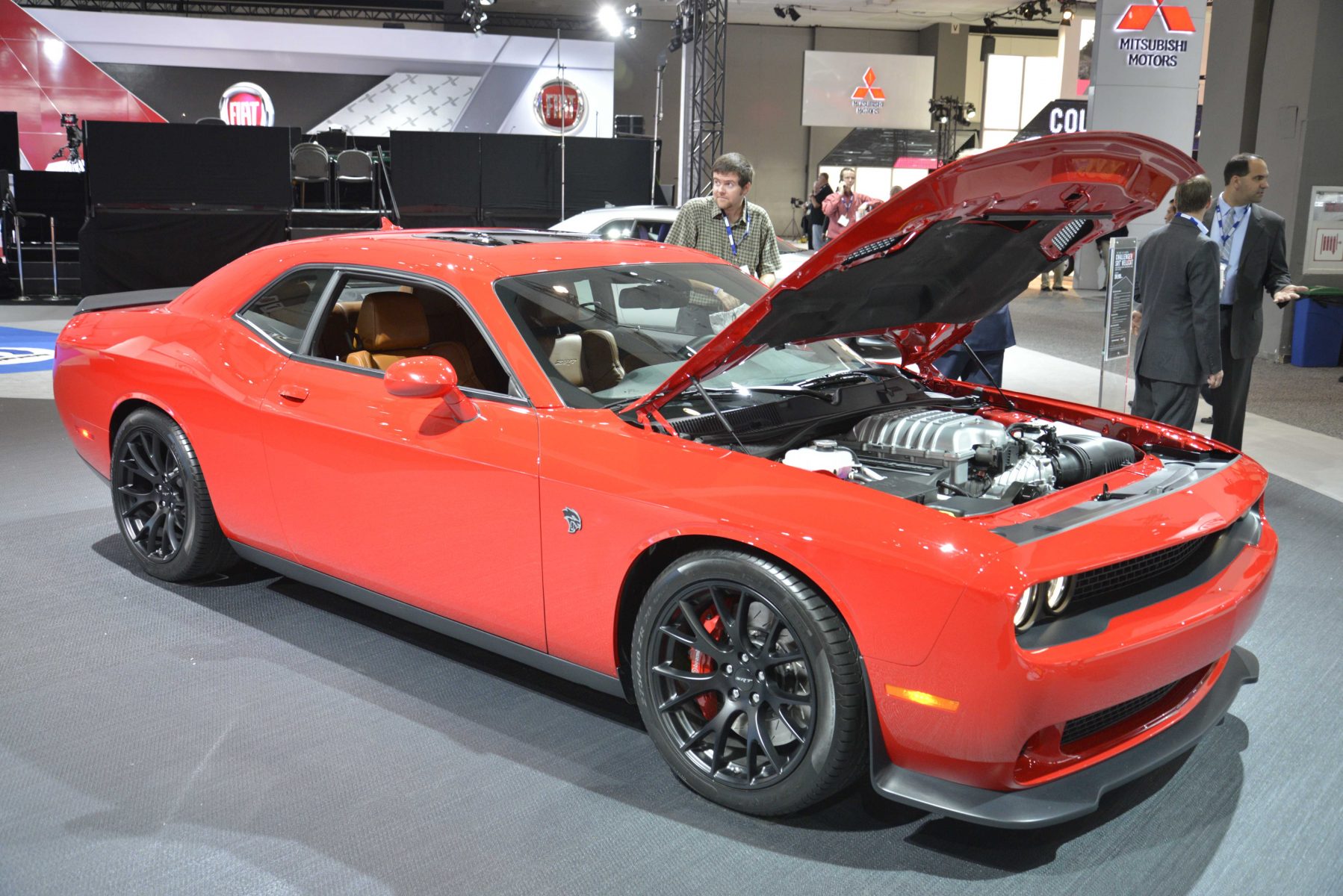 The Chrysler brands – especially Dodge – seem to have been empowered to go slightly mad during the Marchionne era. The 697bhp Hellcat is a truly steroidal muscle car, and things only got crazier with the 2017 Demon, which added another 100 ponies.
The Chrysler brands – especially Dodge – seem to have been empowered to go slightly mad during the Marchionne era. The 697bhp Hellcat is a truly steroidal muscle car, and things only got crazier with the 2017 Demon, which added another 100 ponies.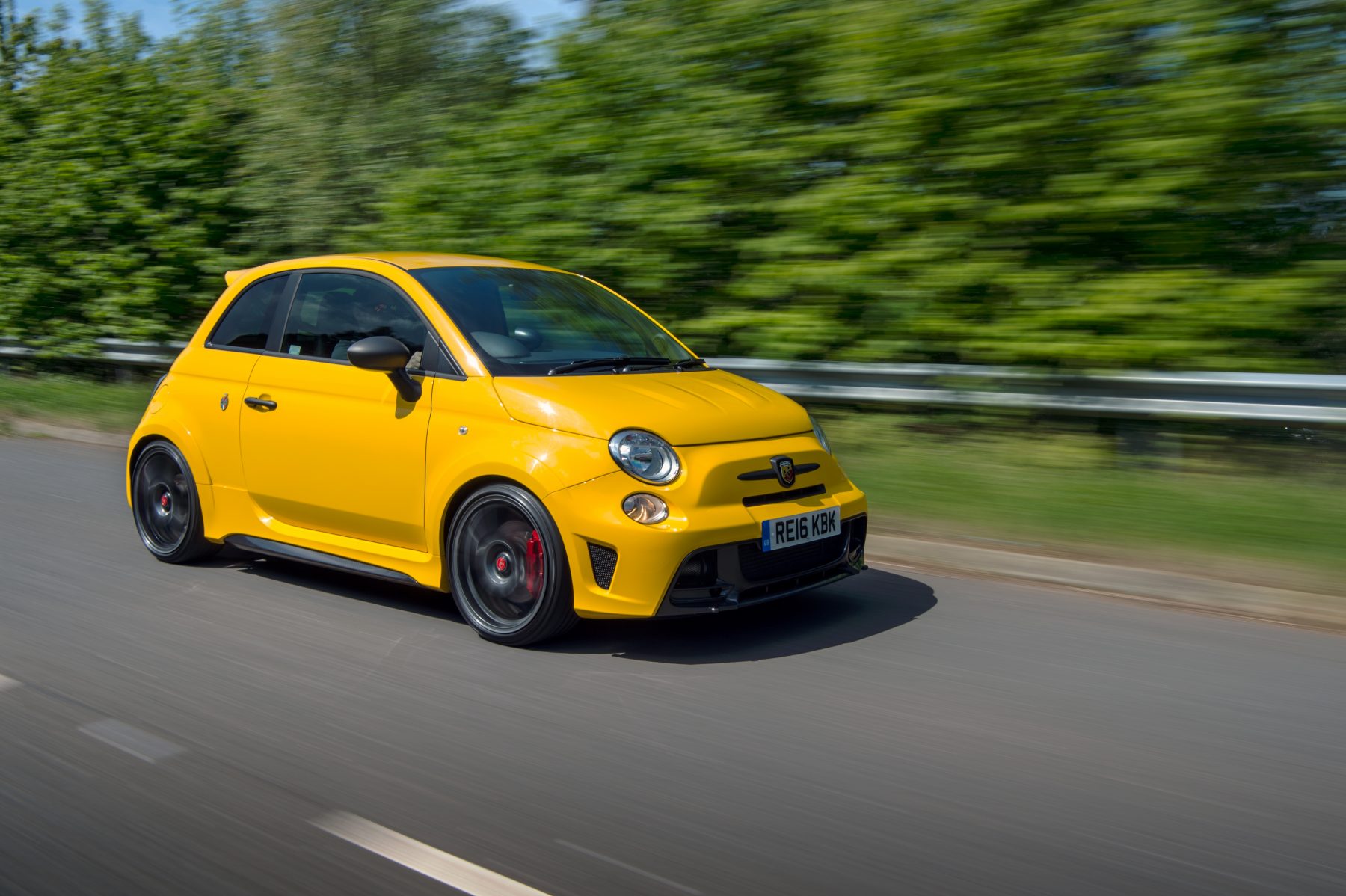 Imagine the Hellcat/Demon treatment being sprinkled onto a Fiat 500. Here’s the result. The 695 Biposto isn’t all about the figures, but putting a 187bhp engine into a well-sorted Italian city car is certainly something of a fever dream, and one we’re eternally glad happened.
Imagine the Hellcat/Demon treatment being sprinkled onto a Fiat 500. Here’s the result. The 695 Biposto isn’t all about the figures, but putting a 187bhp engine into a well-sorted Italian city car is certainly something of a fever dream, and one we’re eternally glad happened.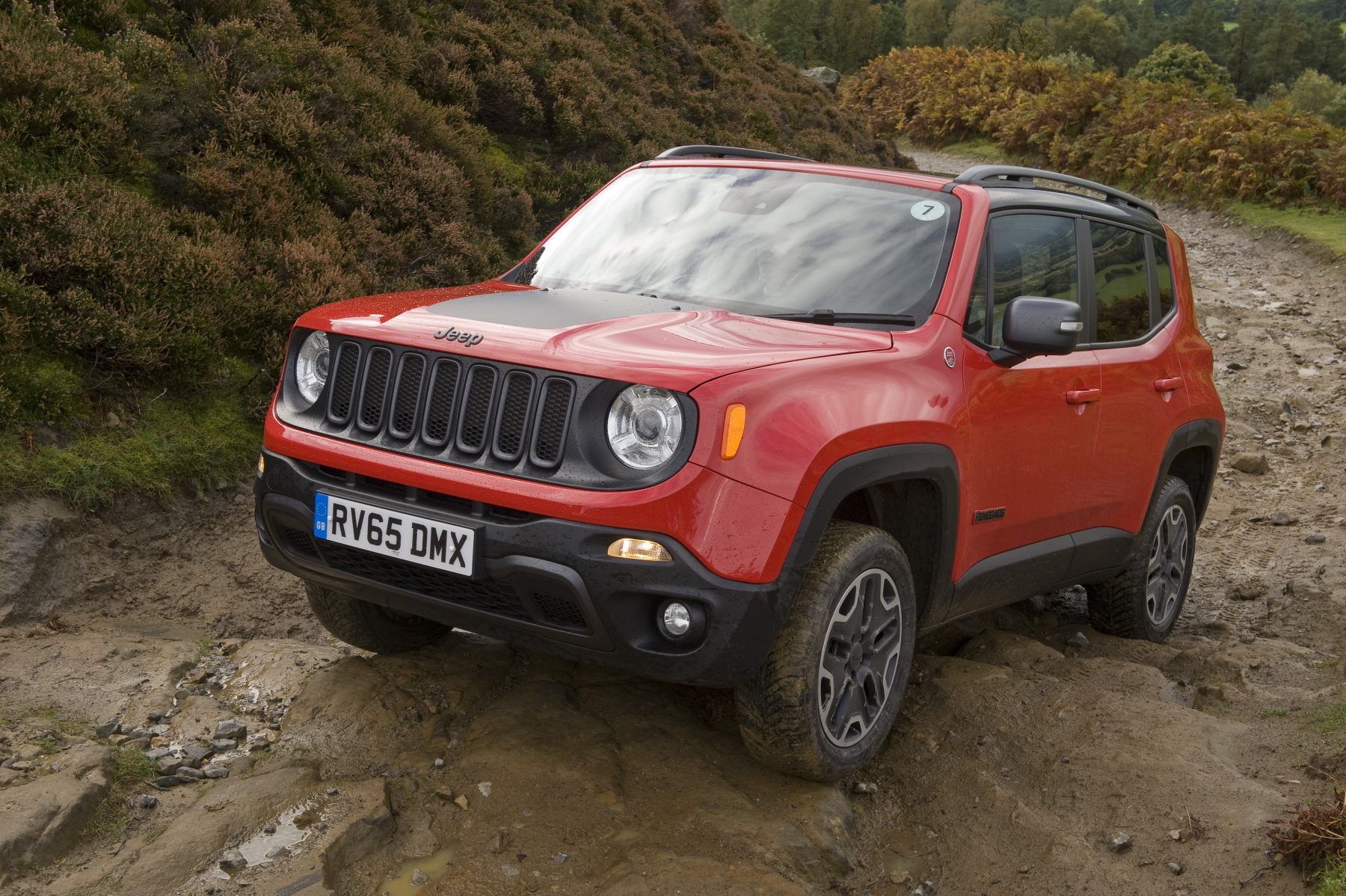 Jeep has certainly benefitted from Marchionne’s leadership, coming out of its shell and into the 21st century. The Renegade is a great example of that, and since reaching most markets in 2015, half a million have been sold. You can’t argue with sales!
Jeep has certainly benefitted from Marchionne’s leadership, coming out of its shell and into the 21st century. The Renegade is a great example of that, and since reaching most markets in 2015, half a million have been sold. You can’t argue with sales!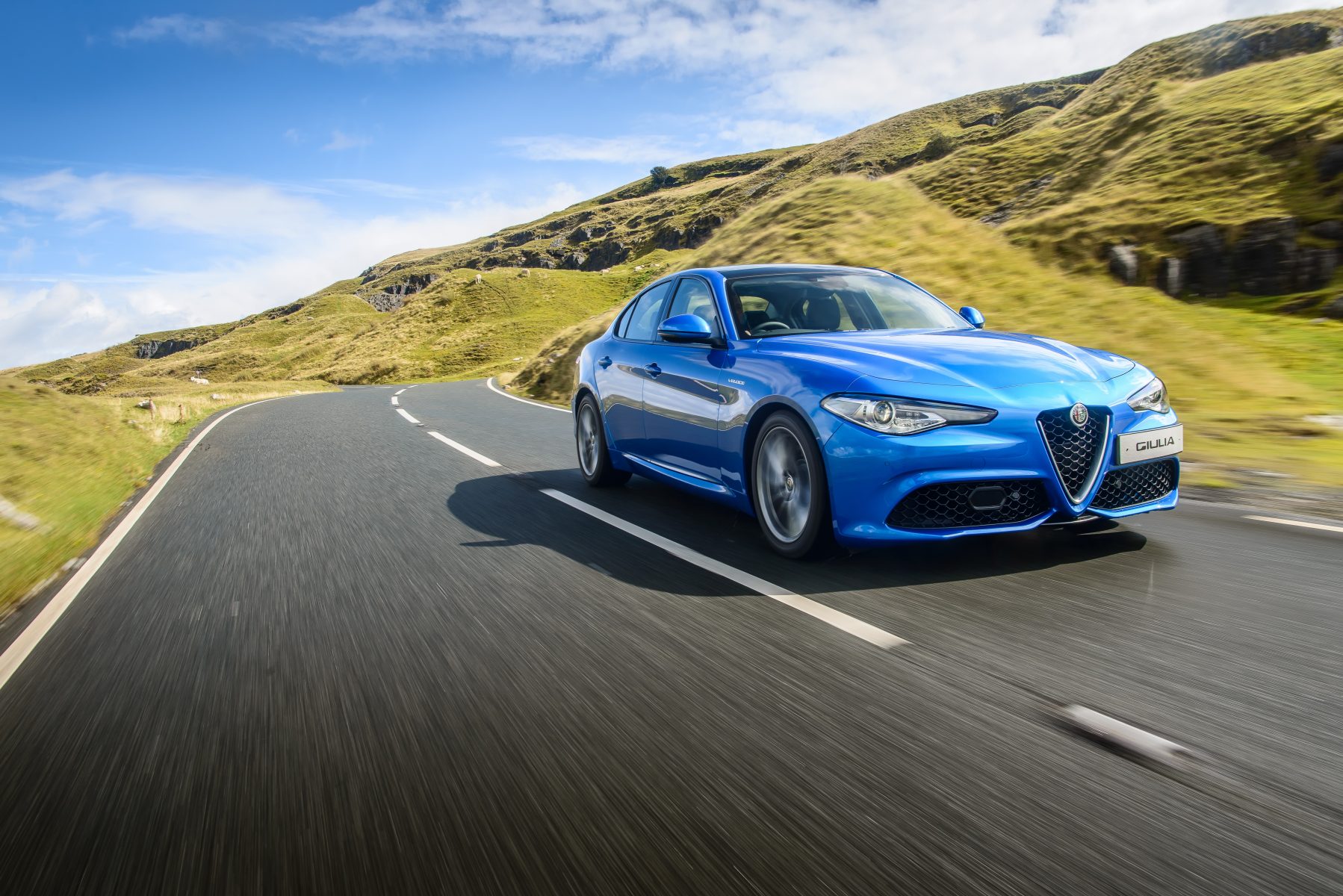 The day of the soul-less Alfa Romeo is over, thanks to the drivable, well-sorted Giulia. It’s a brilliant car overall, and in full-fat, 503bhp Quadrifoglio spec, it makes an incredible performance saloon too.
The day of the soul-less Alfa Romeo is over, thanks to the drivable, well-sorted Giulia. It’s a brilliant car overall, and in full-fat, 503bhp Quadrifoglio spec, it makes an incredible performance saloon too.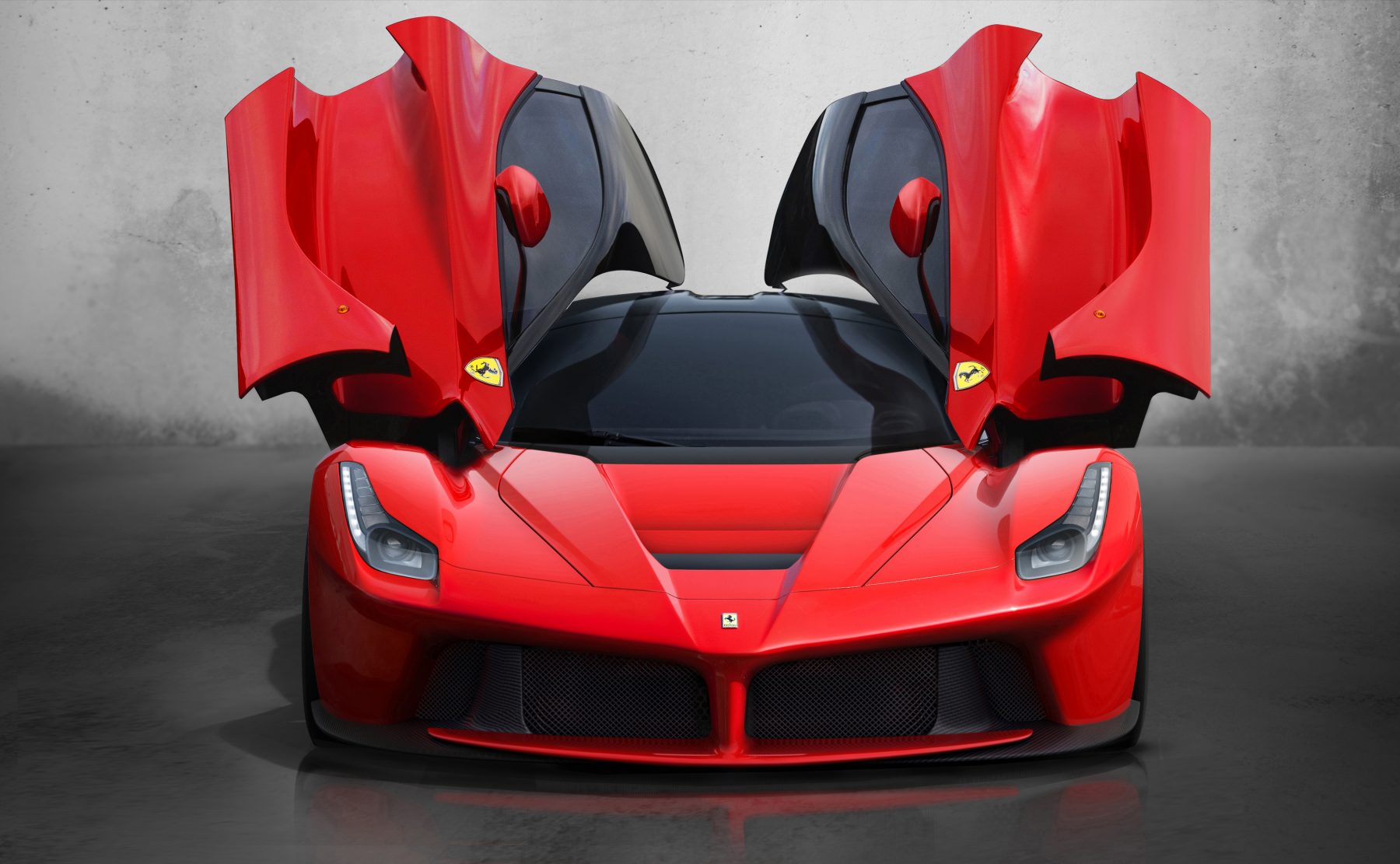 Since the F40, Ferrari has made a once-per-decade habit of strutting its stuff with an epic hypercar. The LaFerrari is its hypercar for the 2010’s, combining the iconic V12 with a KERS hybrid system. To put it simply, it works – and works incredibly well.
Since the F40, Ferrari has made a once-per-decade habit of strutting its stuff with an epic hypercar. The LaFerrari is its hypercar for the 2010’s, combining the iconic V12 with a KERS hybrid system. To put it simply, it works – and works incredibly well.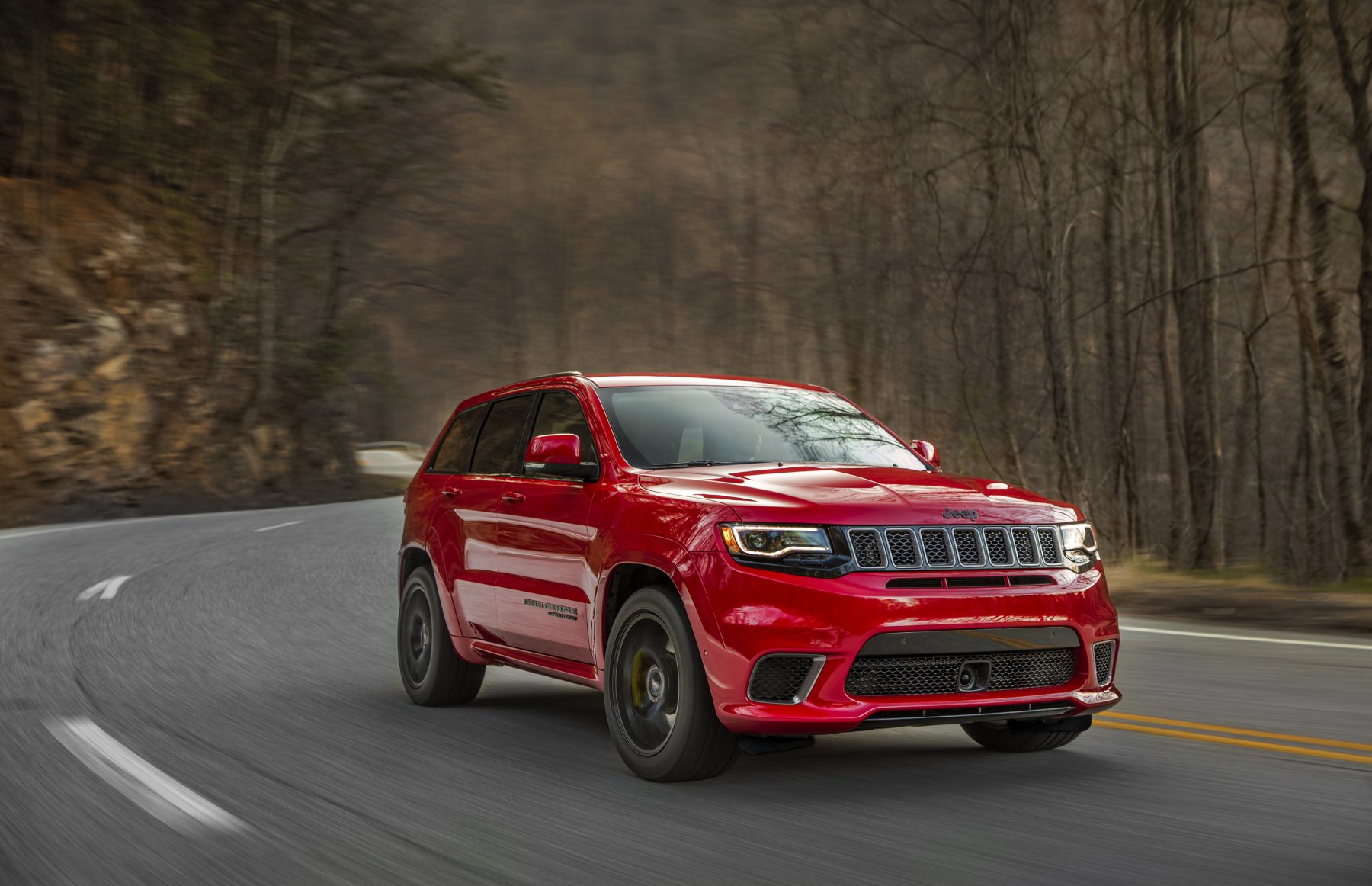 There are plenty of SUV’s that stake their claim to performance, without being able to live up to it – but the TrackHawk definitely can. Not only does it house the 697bhp V8 from the Challenger Hellcat, but it also has a degree of agility it has no right to have.
There are plenty of SUV’s that stake their claim to performance, without being able to live up to it – but the TrackHawk definitely can. Not only does it house the 697bhp V8 from the Challenger Hellcat, but it also has a degree of agility it has no right to have.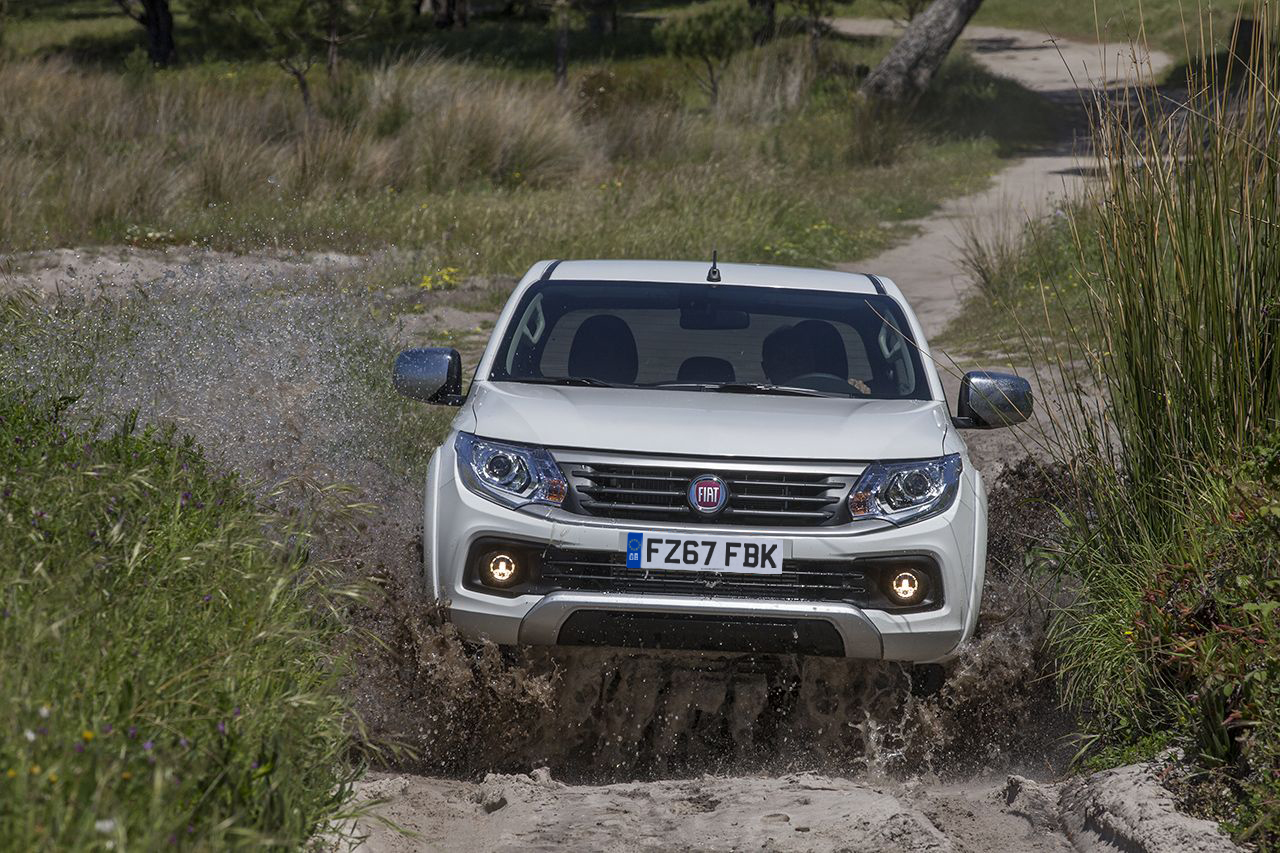 Marchionne’s Fiat has a knack for synergising with other manufacturers, and the Fullback is a great example of that. In all respects, this capable pick-up is a Mitsubishi L200 with an Italian badge.
Marchionne’s Fiat has a knack for synergising with other manufacturers, and the Fullback is a great example of that. In all respects, this capable pick-up is a Mitsubishi L200 with an Italian badge.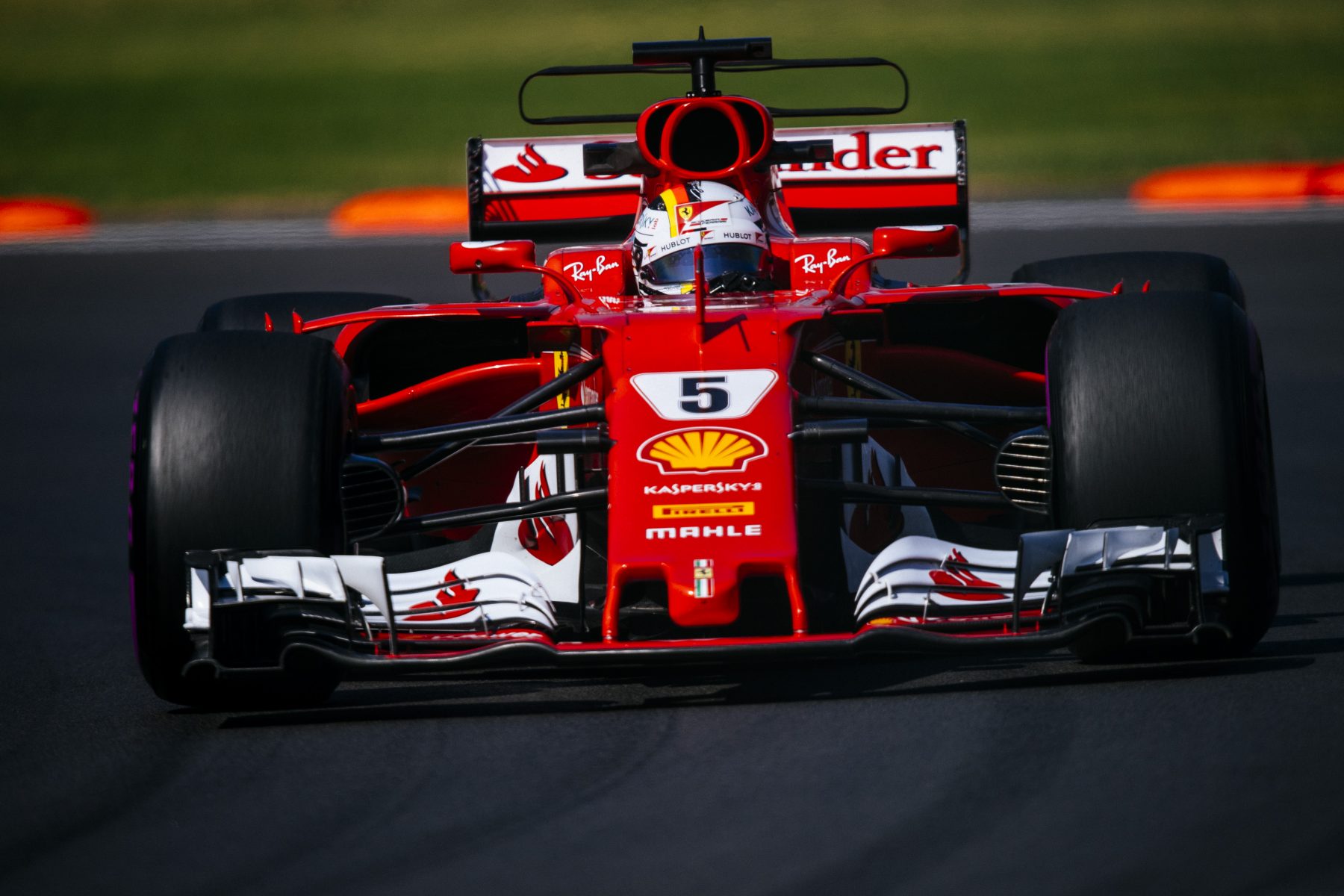 Ferrari went through the Formula One doldrums in the late-2000’s and early-2010’s. Marchionne re-structured the team when he entered the world of Ferrari in 2014, and the Mercedes-challenging 2017 car was the fruit of his labour.
Ferrari went through the Formula One doldrums in the late-2000’s and early-2010’s. Marchionne re-structured the team when he entered the world of Ferrari in 2014, and the Mercedes-challenging 2017 car was the fruit of his labour. Alfa knows how to make something beautiful, but its chances to work its magic on something mid-engined have been limited. The 4C is a shining example of why we need more of the ideal sportscar layout from the marque.
Alfa knows how to make something beautiful, but its chances to work its magic on something mid-engined have been limited. The 4C is a shining example of why we need more of the ideal sportscar layout from the marque.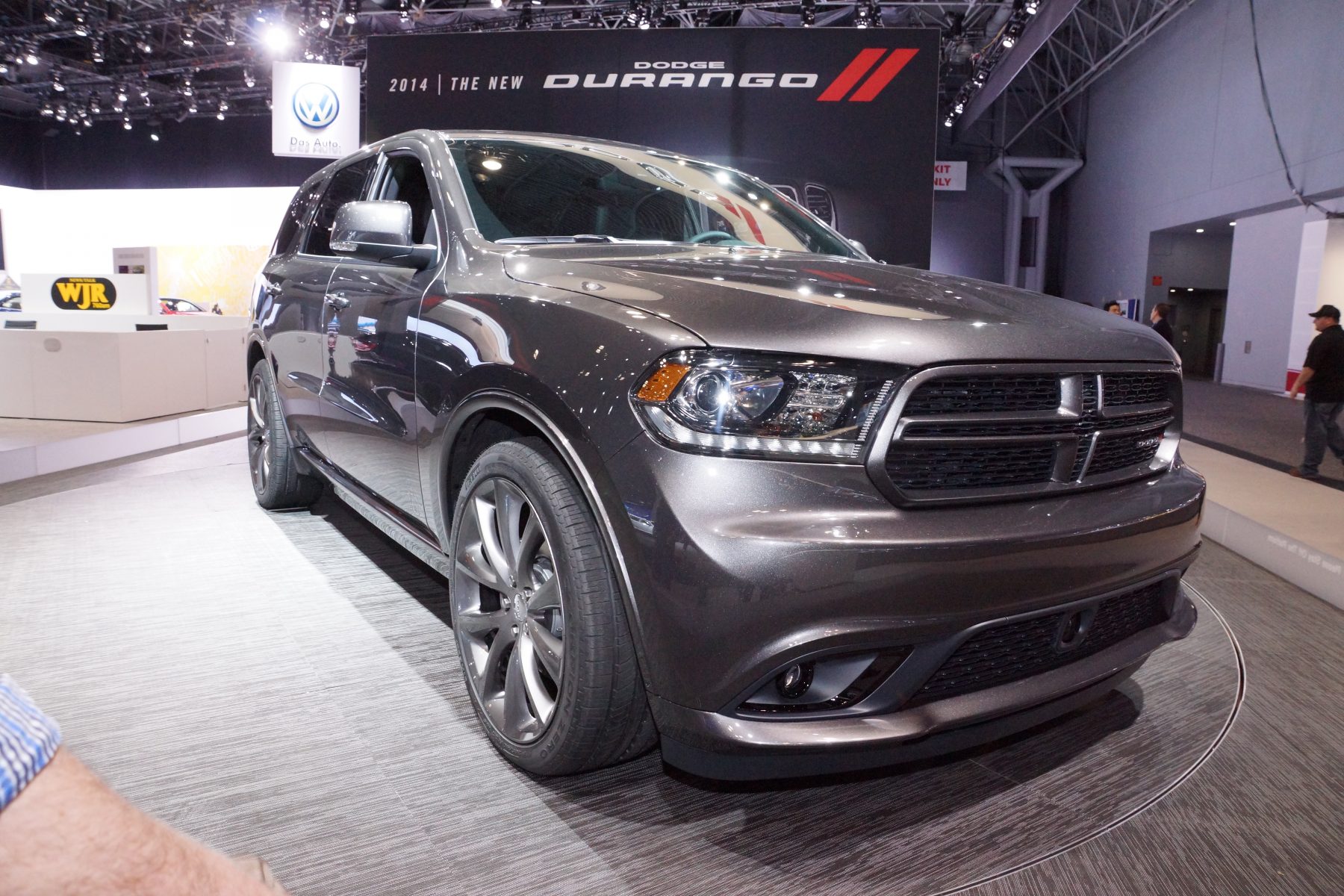 Based on the Grand Cherokee, sales of the third generation Durango are going up and up in the US. There’s also a 475bhp SRT version, to continue the theme of crazy SUVs!
Based on the Grand Cherokee, sales of the third generation Durango are going up and up in the US. There’s also a 475bhp SRT version, to continue the theme of crazy SUVs!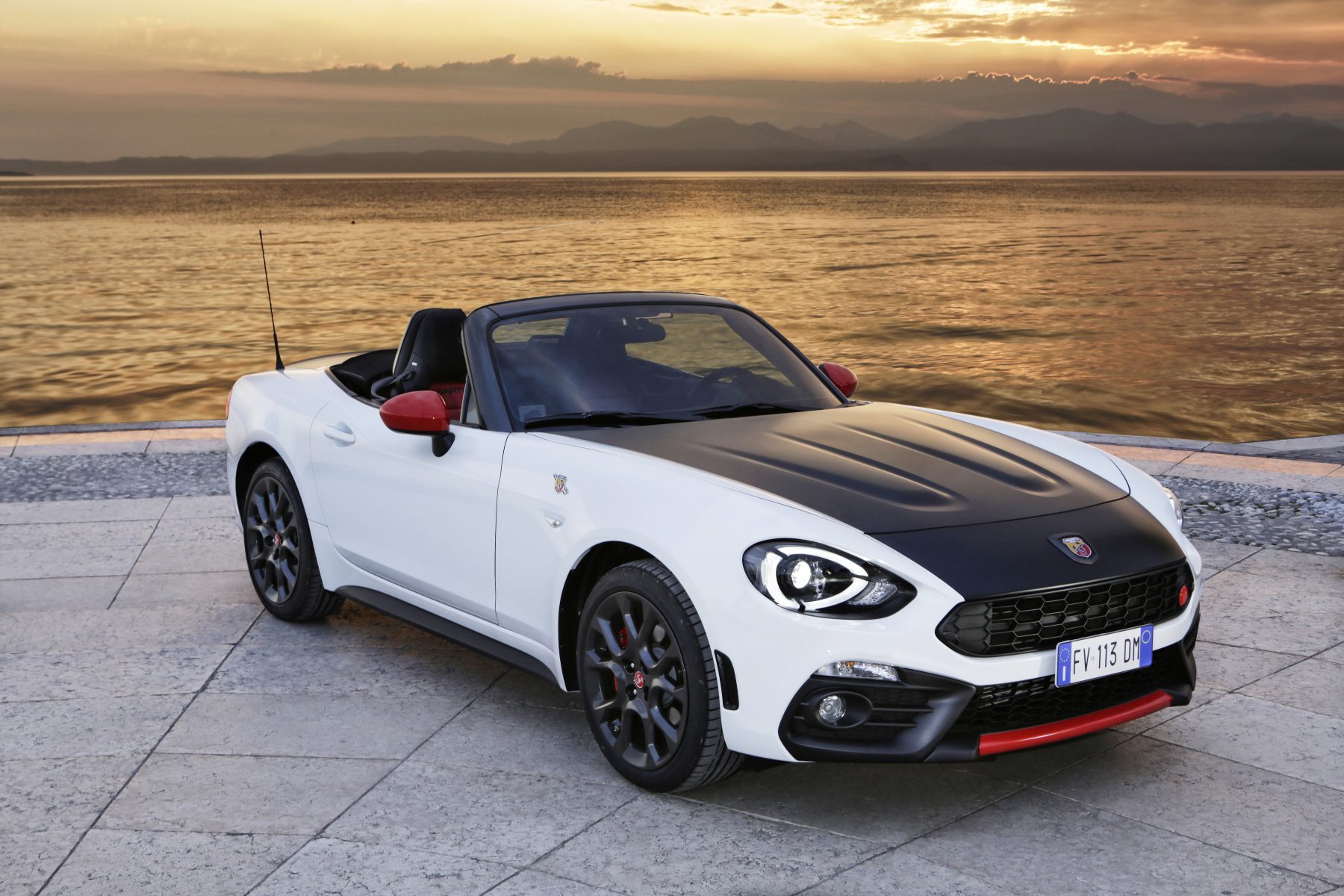 Based on Mazda’s MX-5, the 124 Spider is a brilliantly perky little sportscar. The turbocharged MultiAir engine is punchier than the MX-5’s range of motors, and its raucous exhaust note is a winning merit too!
Based on Mazda’s MX-5, the 124 Spider is a brilliantly perky little sportscar. The turbocharged MultiAir engine is punchier than the MX-5’s range of motors, and its raucous exhaust note is a winning merit too!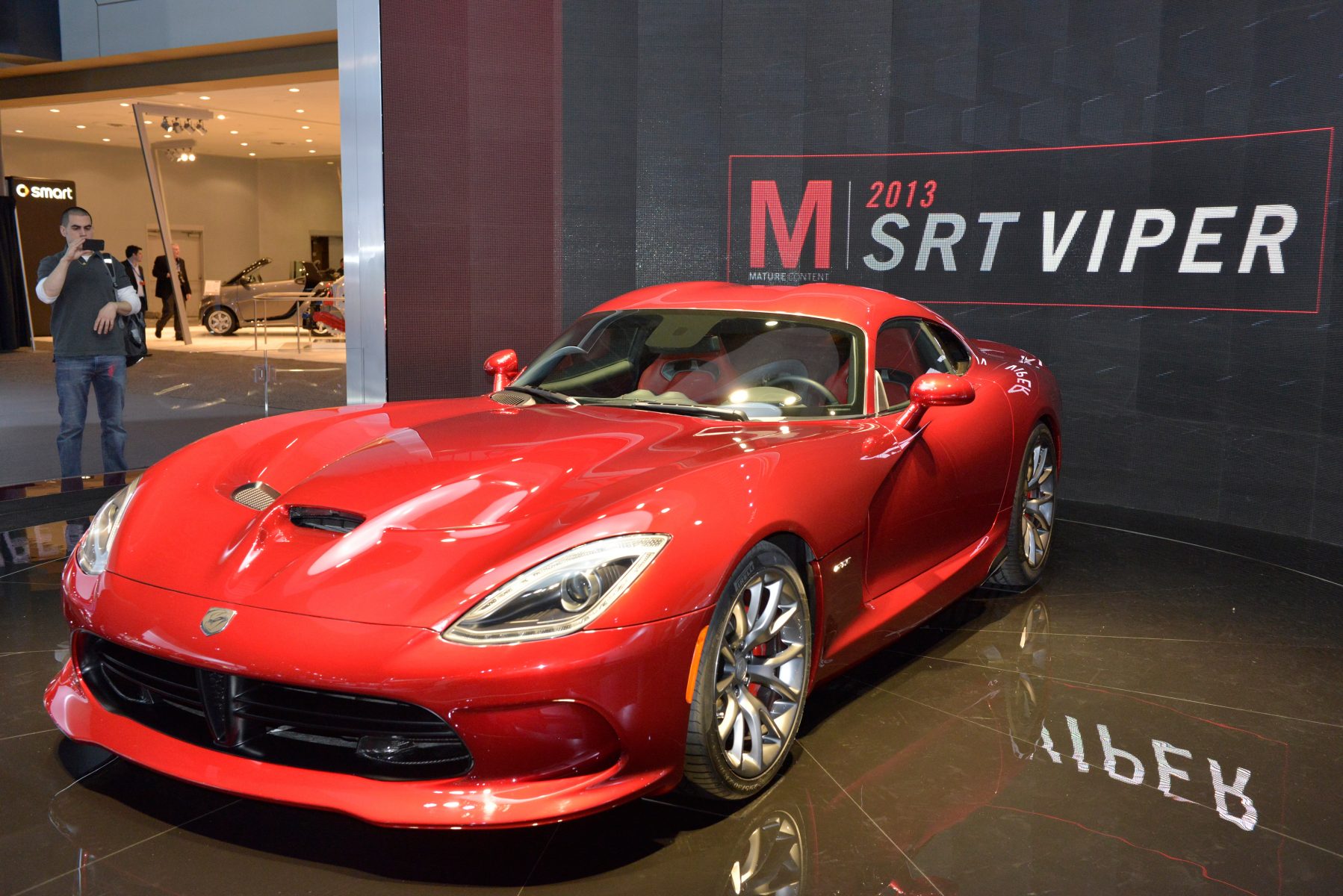 The decision to split SRT’s nameplate away from Dodge was questionable, but there was nothing bad to say about the last Viper. It didn’t sell well, but it is arguably the best of these burbling V10 brutes.
The decision to split SRT’s nameplate away from Dodge was questionable, but there was nothing bad to say about the last Viper. It didn’t sell well, but it is arguably the best of these burbling V10 brutes.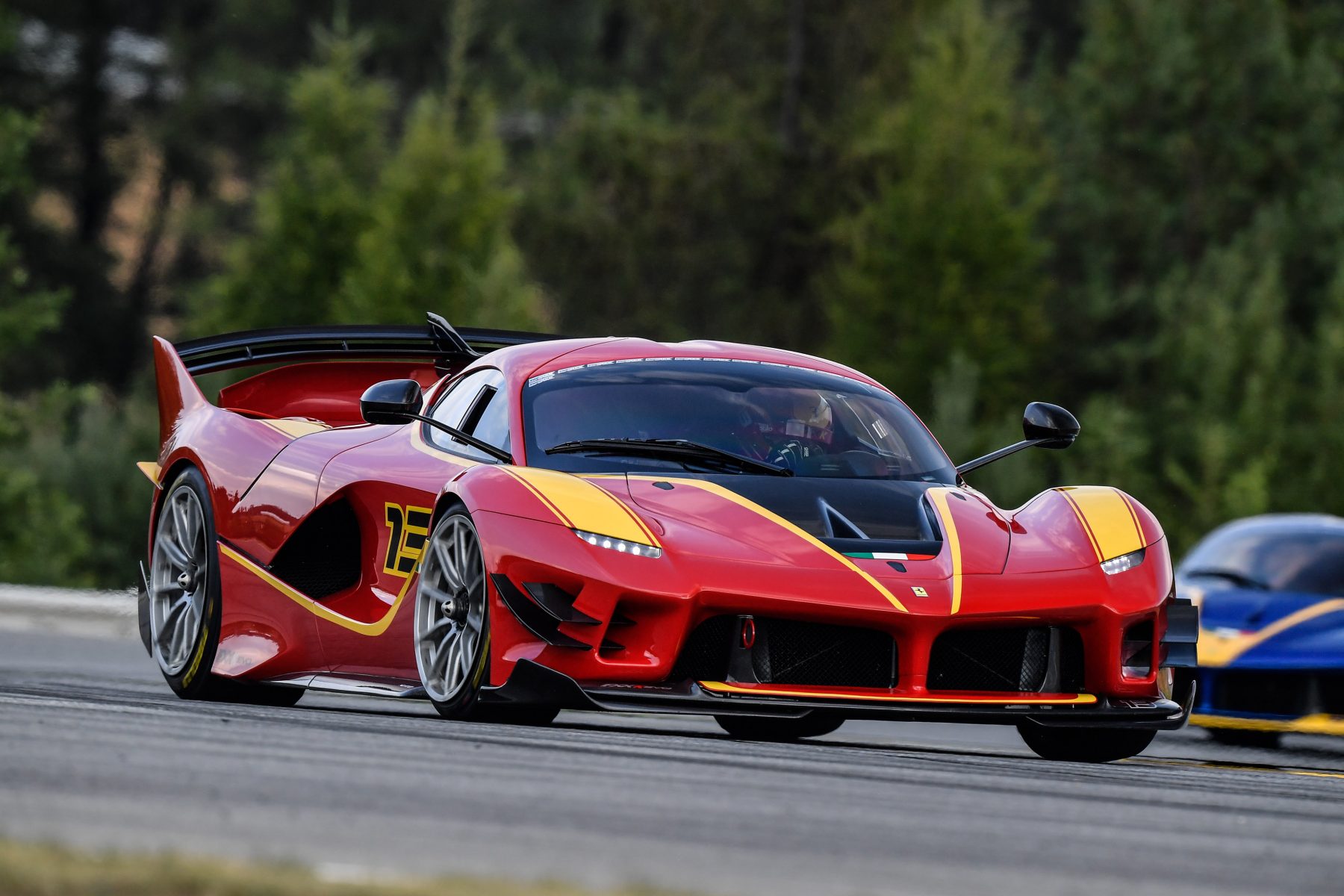 Essentially the LaFerrari Le Mans car that should have existed, the FXXK is the ultimate track day car. It serves as yet another way for Ferrari to captivate high-octane millionaires through their XX and Clienti driving programmes.
Essentially the LaFerrari Le Mans car that should have existed, the FXXK is the ultimate track day car. It serves as yet another way for Ferrari to captivate high-octane millionaires through their XX and Clienti driving programmes.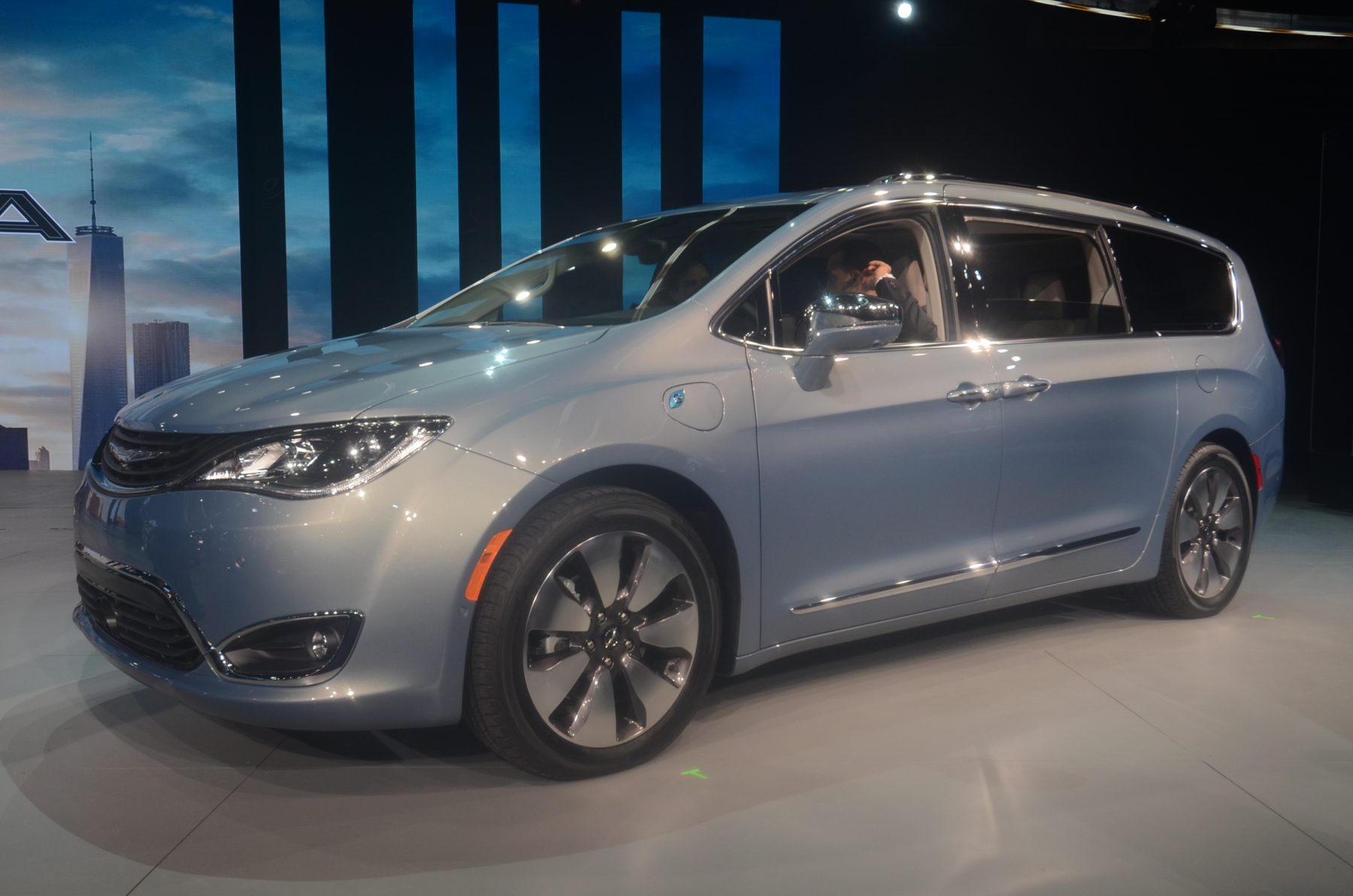 The SUV is taking over America just like everywhere else. However, the minivan isn’t giving up the fight, and the Pacifica has sold a shade under 200,000 units in less than two years.
The SUV is taking over America just like everywhere else. However, the minivan isn’t giving up the fight, and the Pacifica has sold a shade under 200,000 units in less than two years. The GranTurismo is a very effective grand tourer. Amplify its strengths with the addition of lightness and race car bravado, and you’re onto a winner.
The GranTurismo is a very effective grand tourer. Amplify its strengths with the addition of lightness and race car bravado, and you’re onto a winner. Named as a tribute to the iconic 8C racing car, this should have been an epic European sportscar. In reality, it was more of a muscle car with a svelte Italian coupe shape – but that’s more than enough for us, and the 500 owners.
Named as a tribute to the iconic 8C racing car, this should have been an epic European sportscar. In reality, it was more of a muscle car with a svelte Italian coupe shape – but that’s more than enough for us, and the 500 owners.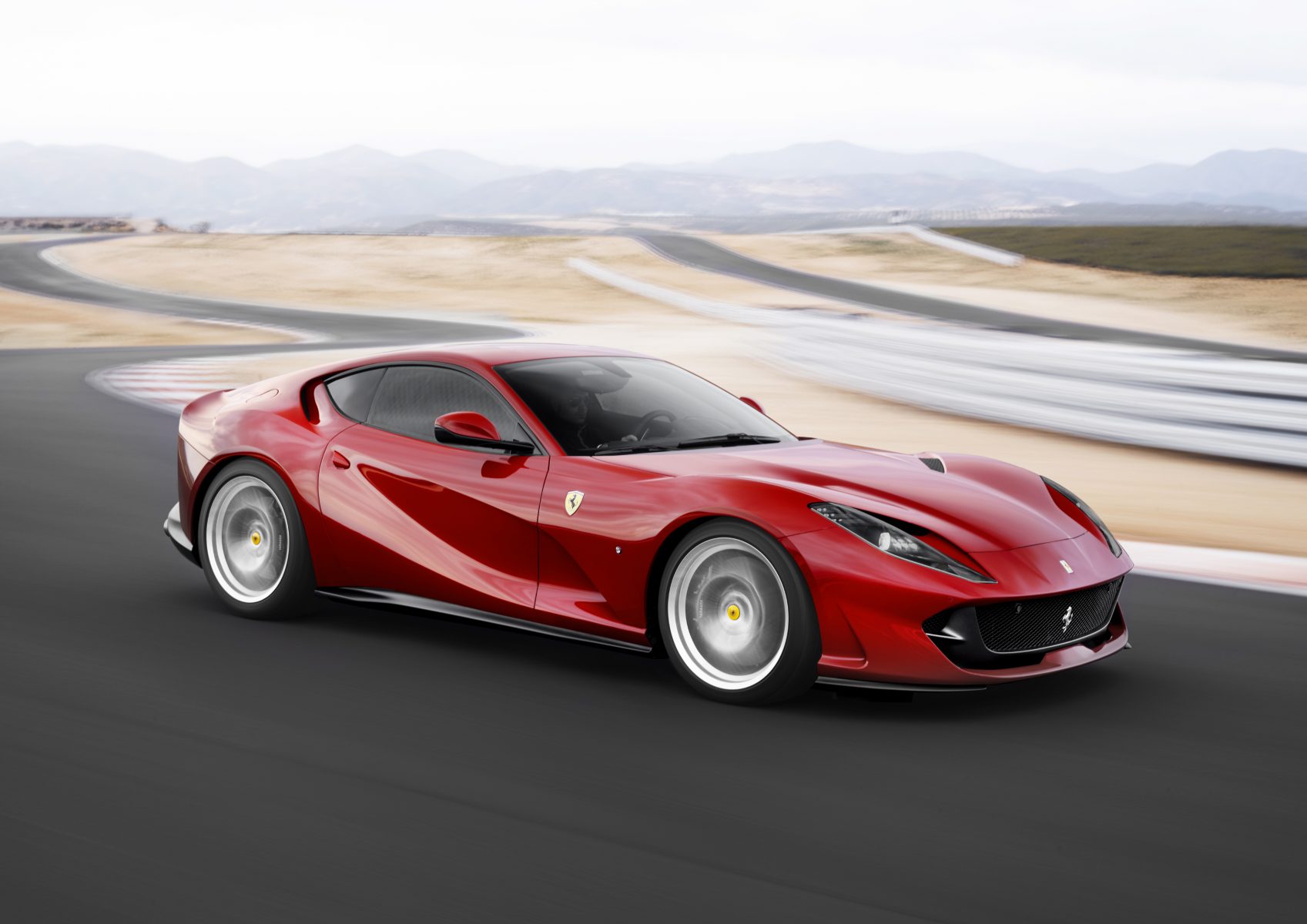 Name most other cars ‘Superfast’ and you’d be laughed out of civilised society. Ferrari’s 812 is one of very few cars on this earth deserving of the title, housing a 6.5-Litre V12 with 789bhp; powerful naturally-aspirated production car of all-time.
Name most other cars ‘Superfast’ and you’d be laughed out of civilised society. Ferrari’s 812 is one of very few cars on this earth deserving of the title, housing a 6.5-Litre V12 with 789bhp; powerful naturally-aspirated production car of all-time.